Livestream: Zegna Summer '25
The livestream for the menswear brand's runway show for their L'Oasi Di Lino summer collection below streamed from Milan on Monday, June 17th at 4pm CET / 10am EST and has now ended.
Watch the recording below:
Stay informed on our latest news!

The livestream for the menswear brand's runway show for their L'Oasi Di Lino summer collection below streamed from Milan on Monday, June 17th at 4pm CET / 10am EST and has now ended.
Watch the recording below:
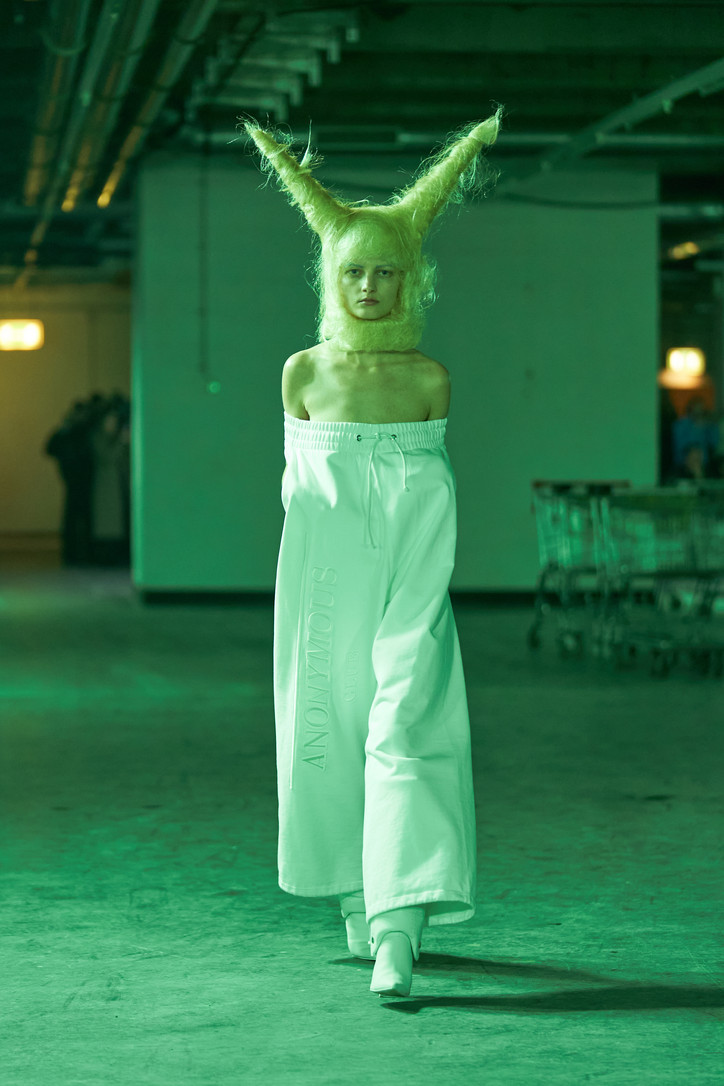
Elsewhere, there were plenty of his familiar codes and a touch of the utilitarianism he has embraced in recent seasons, traceable in a design language that marries streetwear pieces with color-blocked details. Oliver brought which brought an intriguing mise en place to the mix — the mash to that mish came from the wacky headpieces via trousers that morphed into gowns, a staple that saw interchangeability promoted to new heights, extending to floor-length hoodies which, in turn, brewed evening gowns with a practical verve to match. There were lots and lots of ditzy touchpoints on offerings of irregularly assembled panels that emanated an almost grungy feel and were meticulously designed to do so. “The irregularity of my take across the tailoring realm adds an industrial, chich-meets-club sexiness that epitomizes Berlin’s cultural ground,” says Oliver. There were also some straightforward, to-the-point looks here, but what made this outing work was its atmosphere of rough-and-tumble.

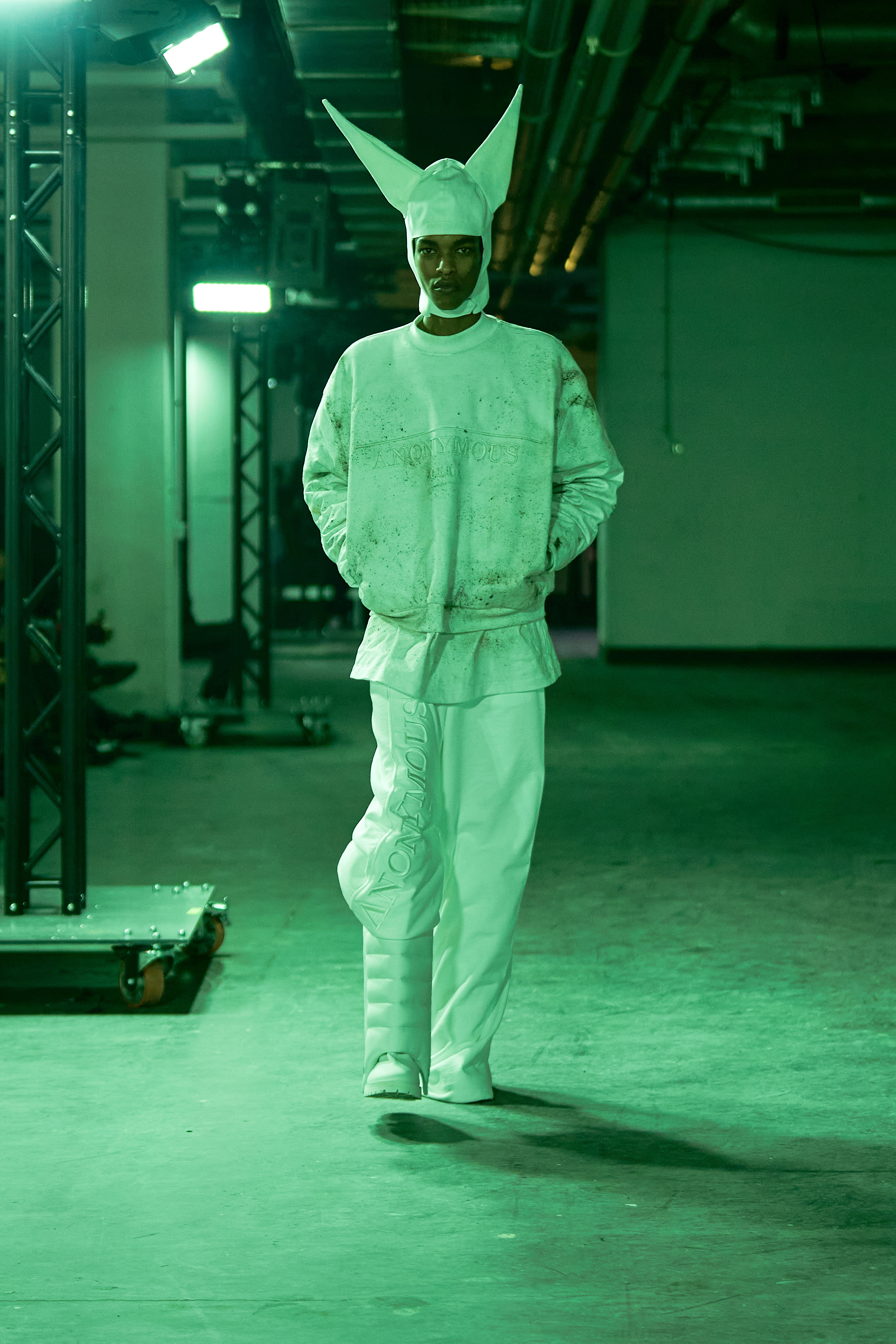
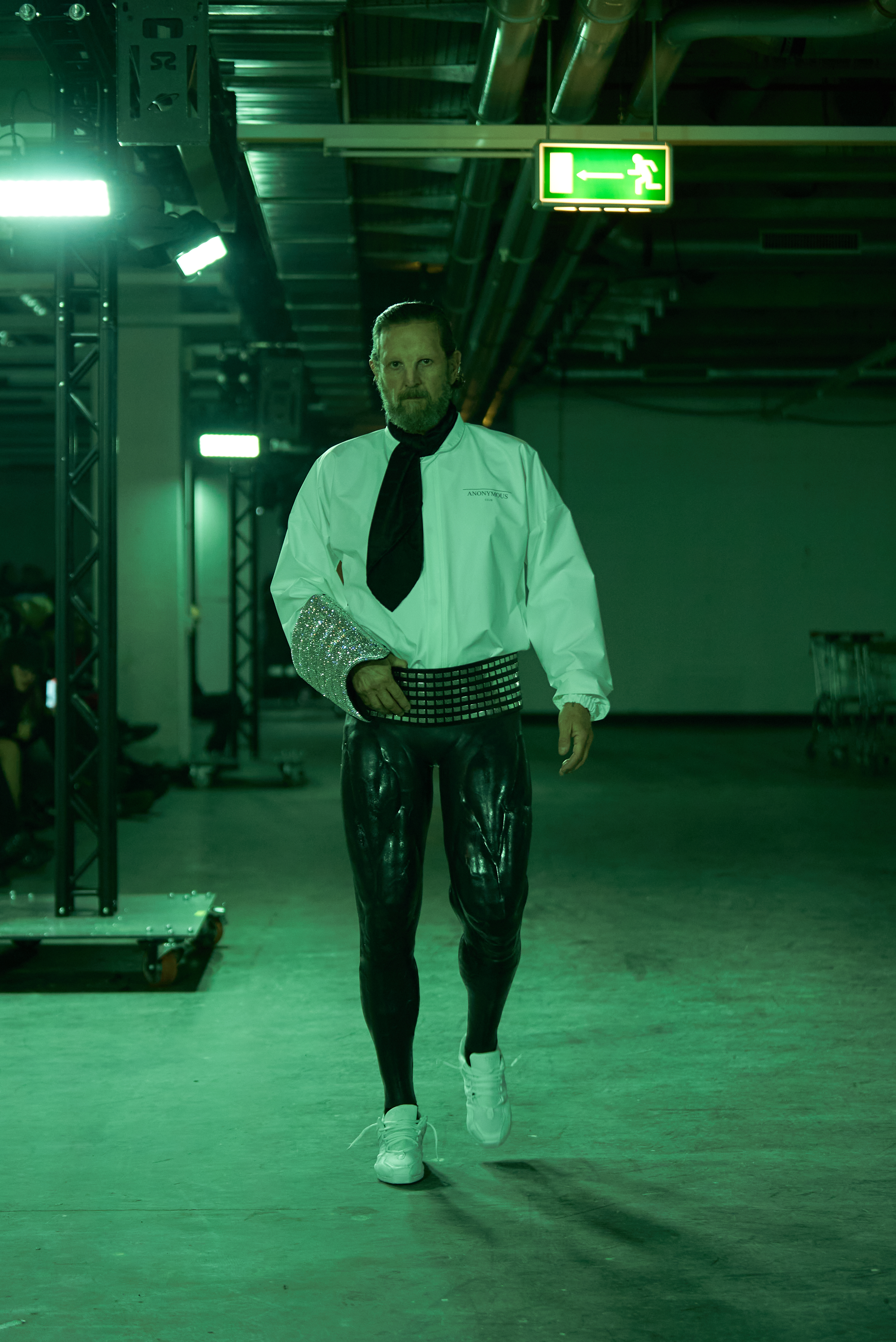
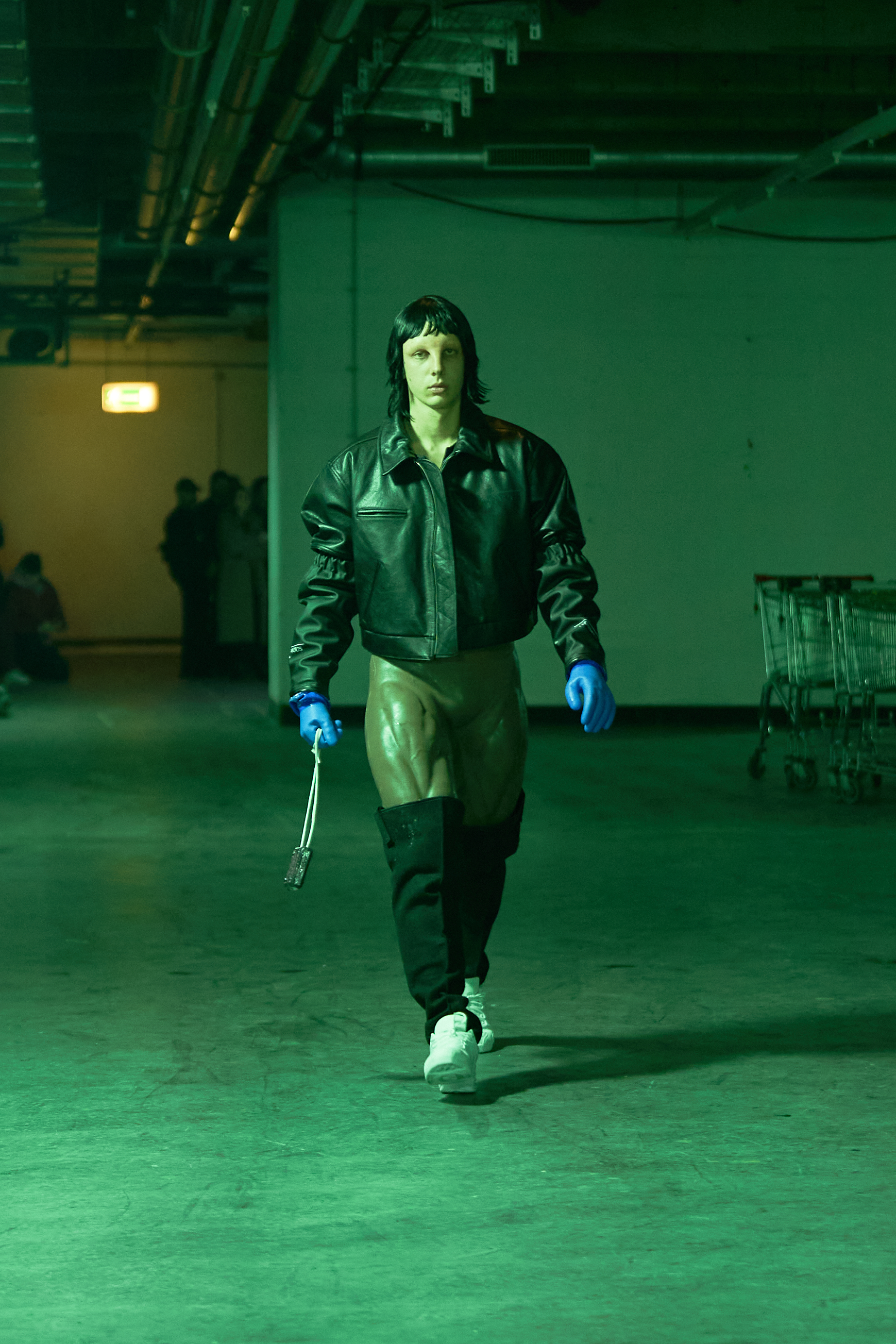
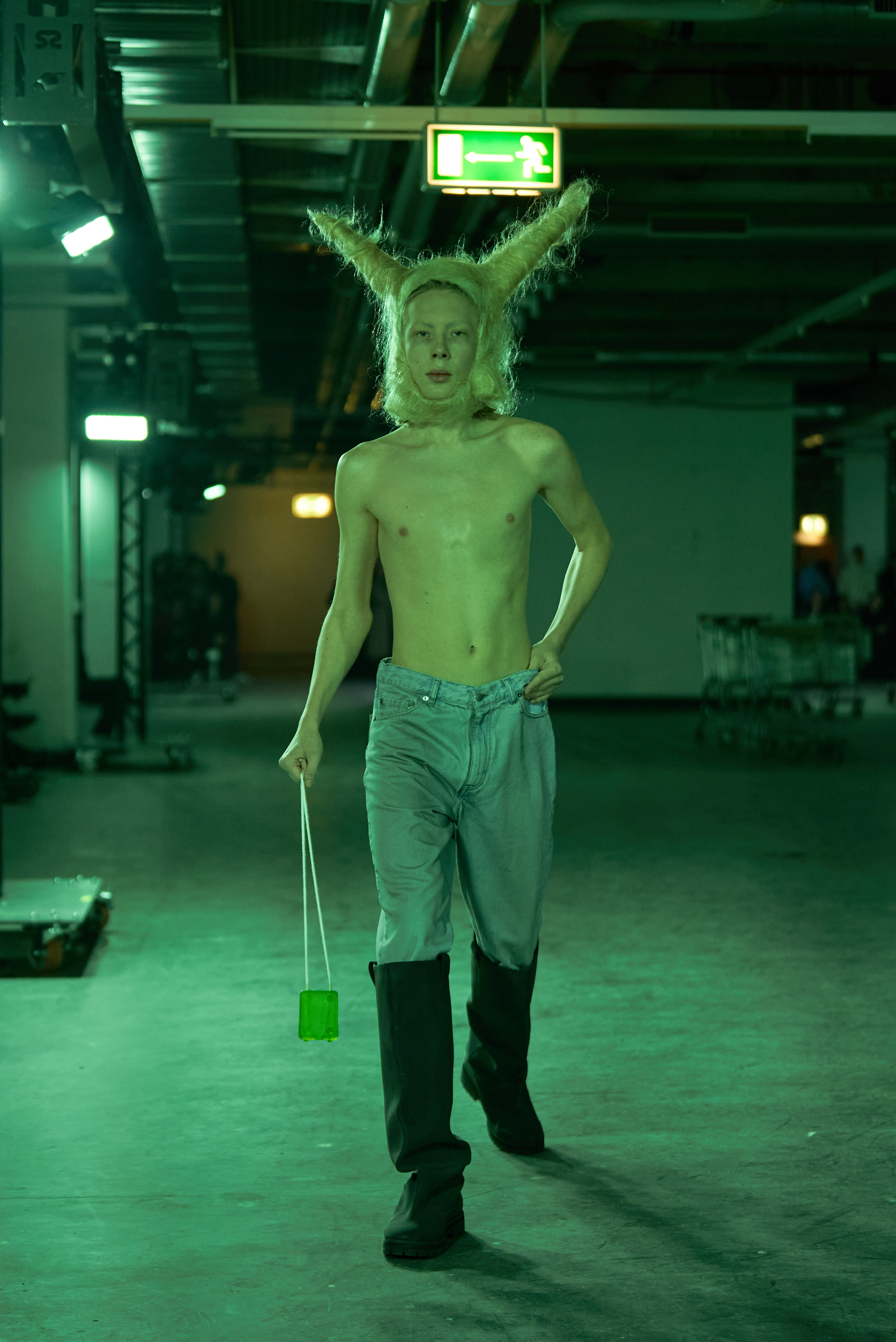

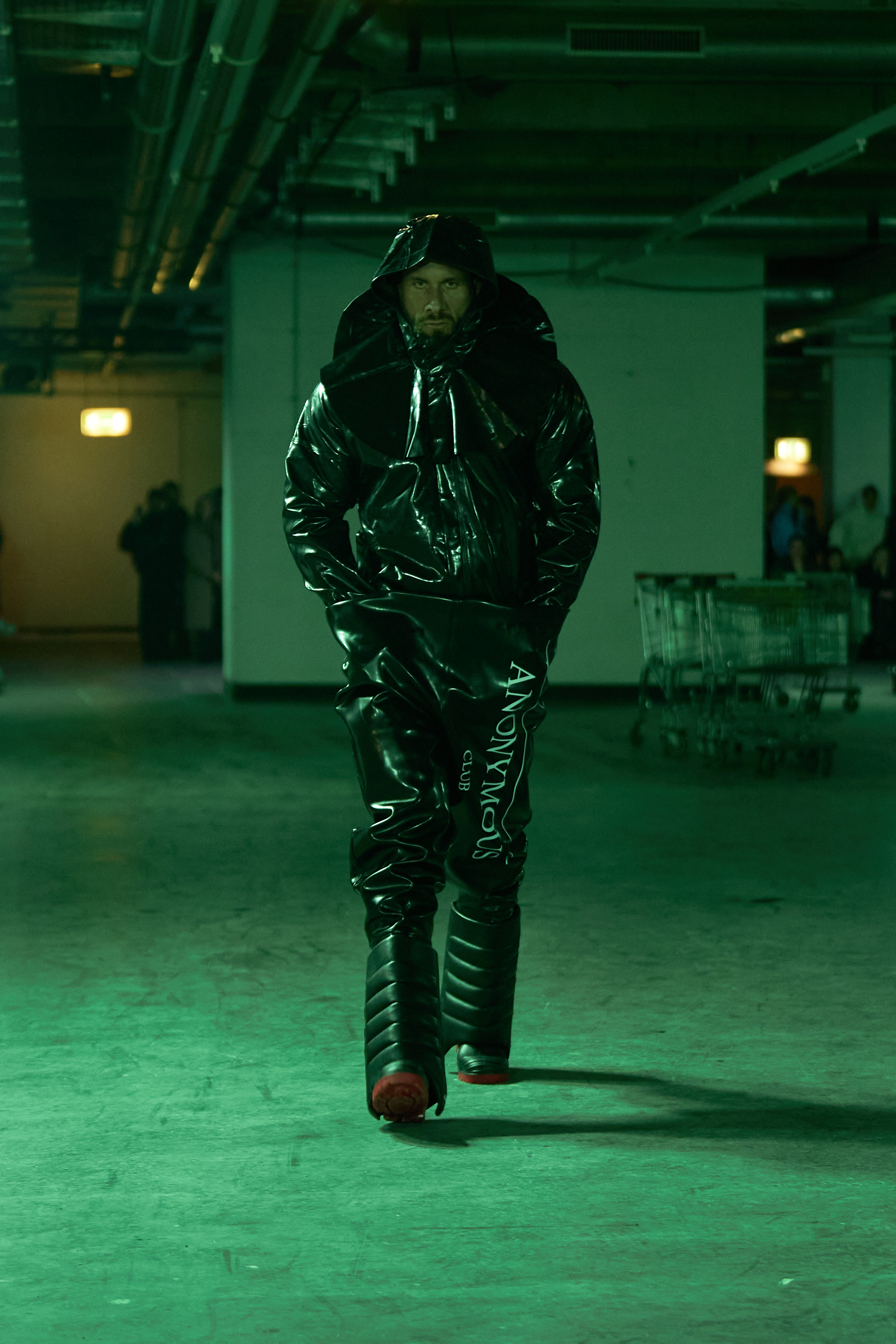
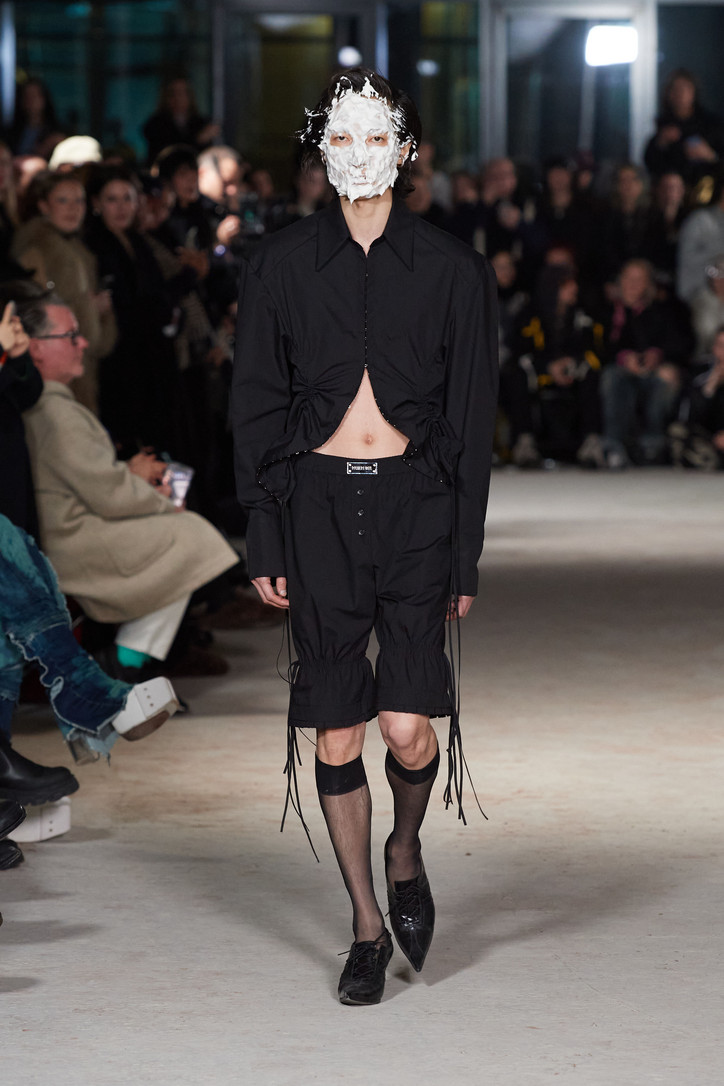
William Fan
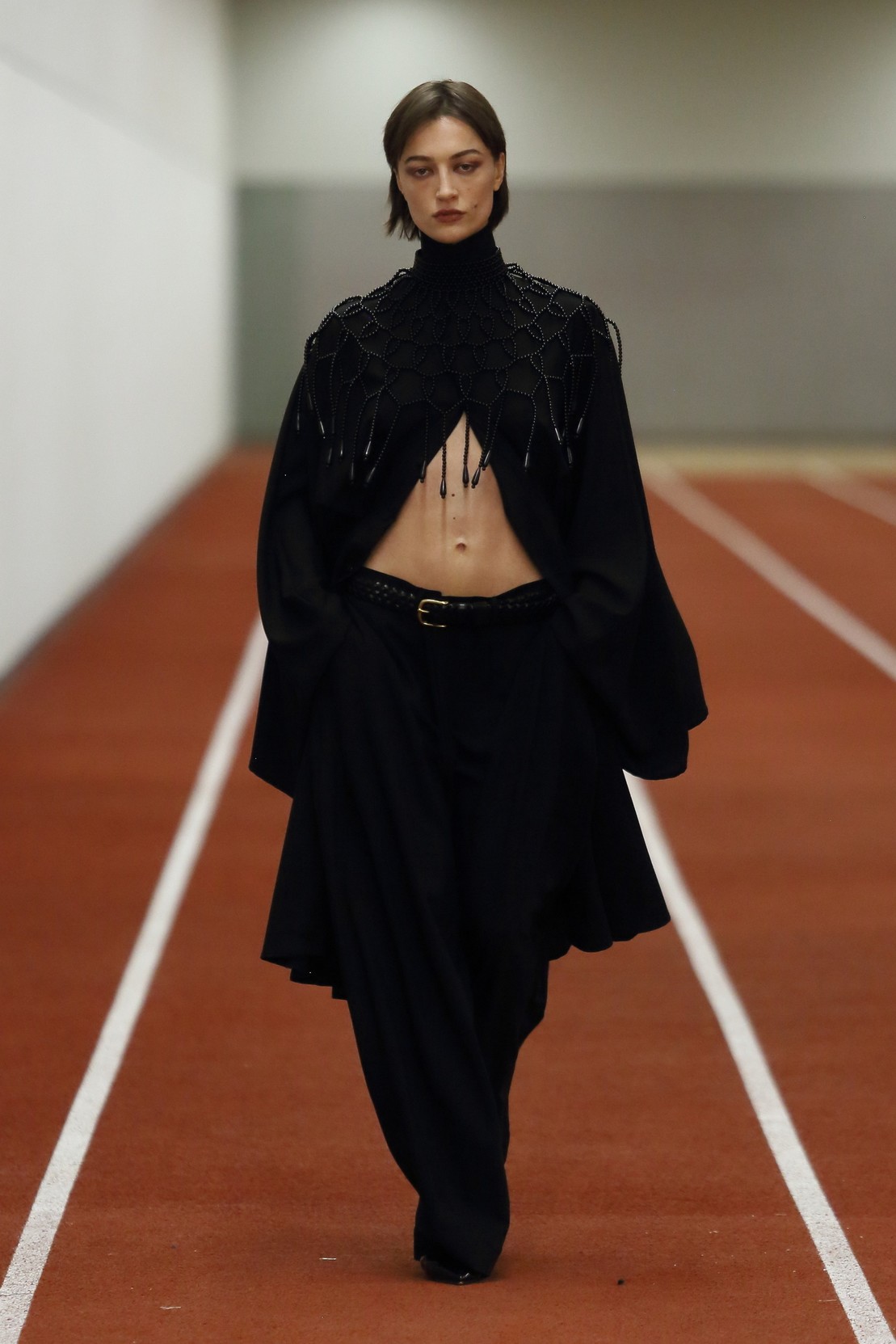
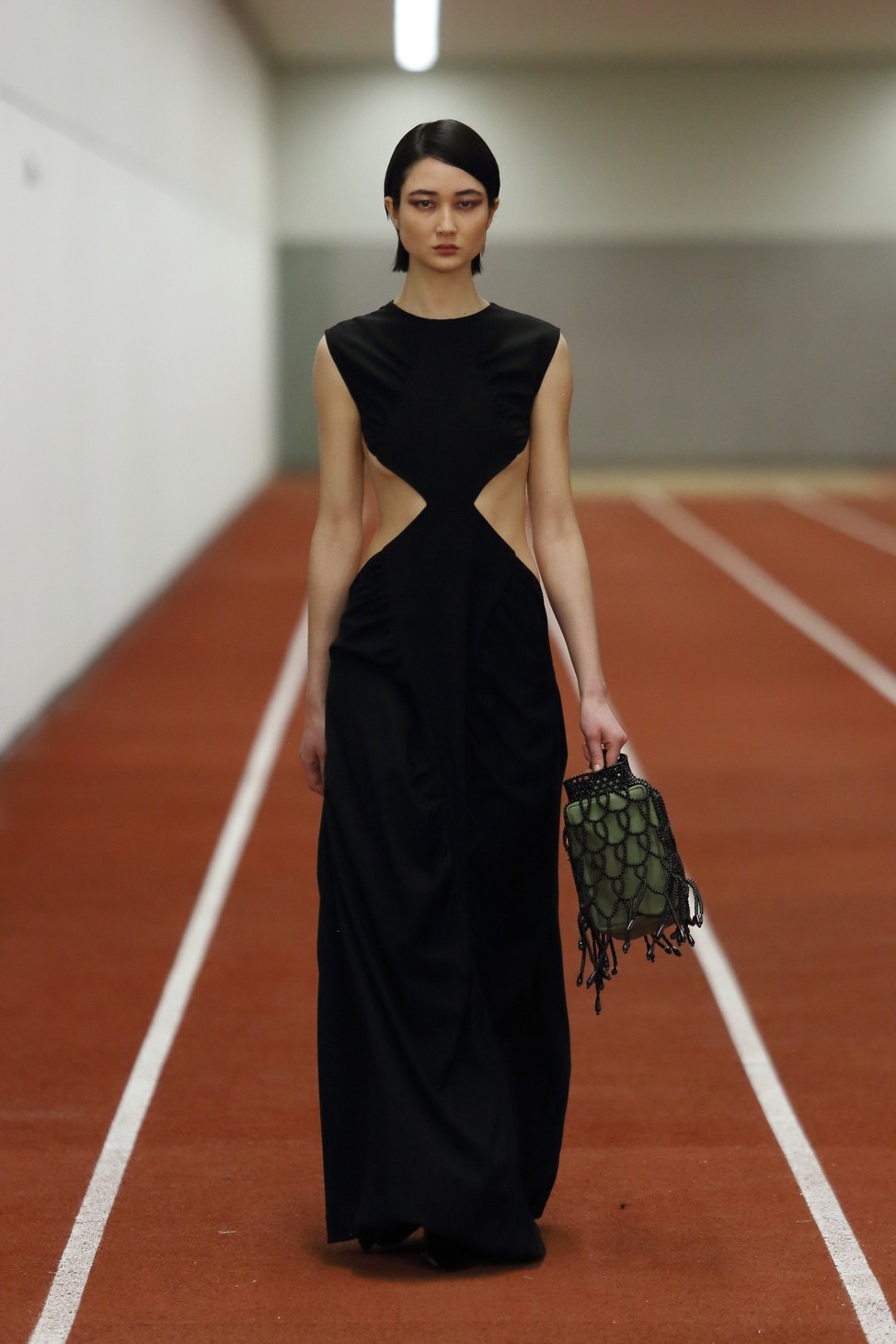
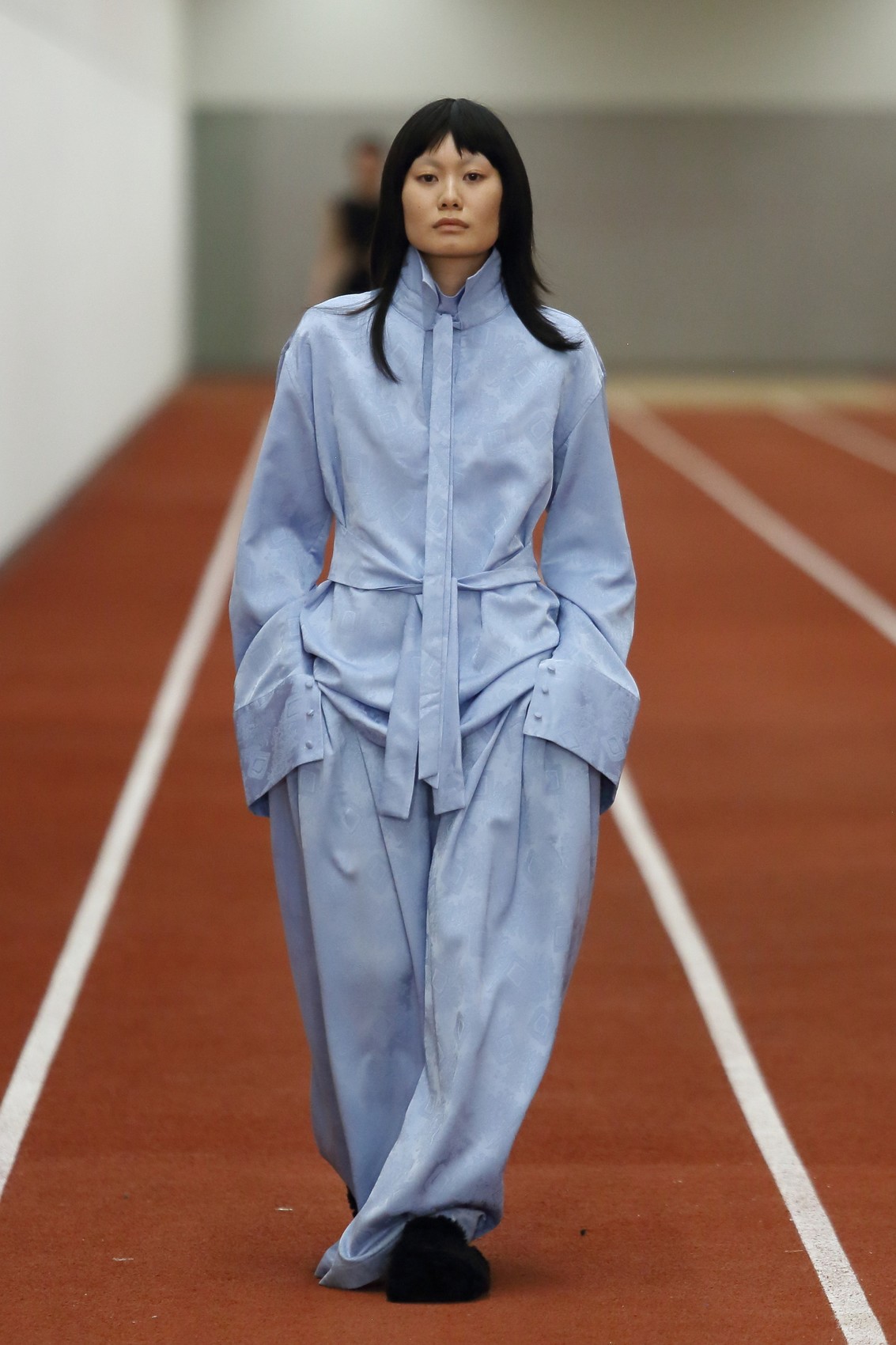
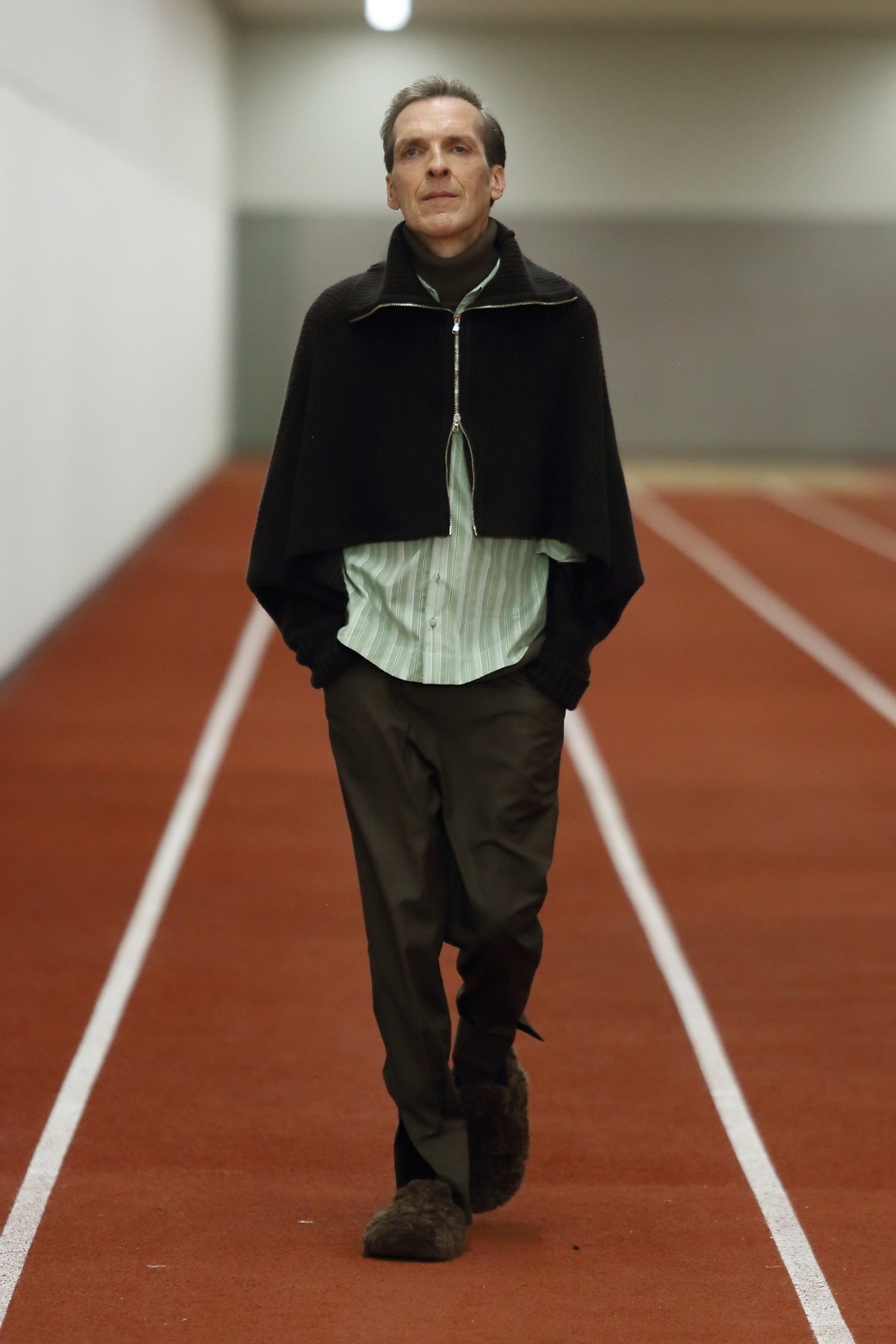
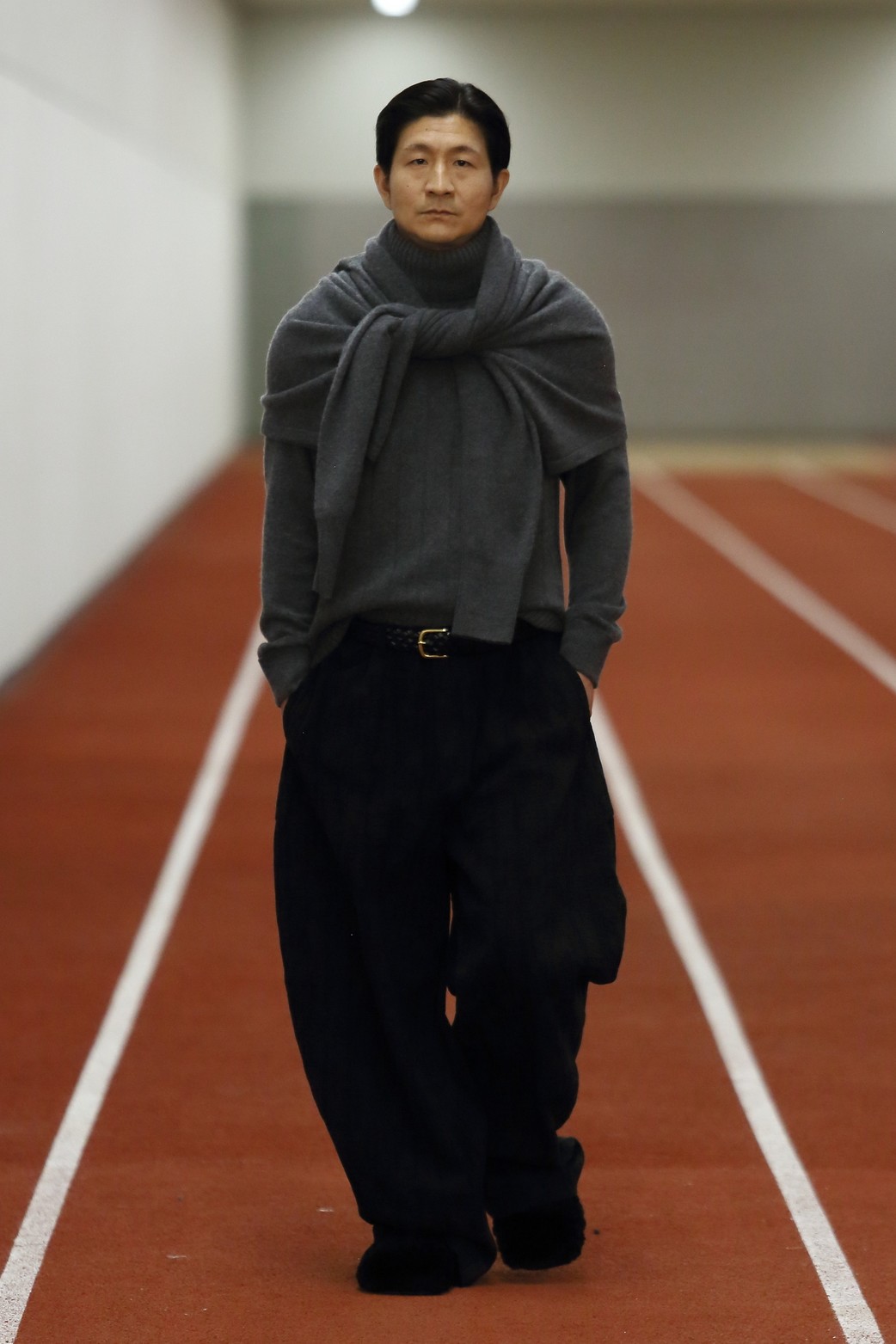
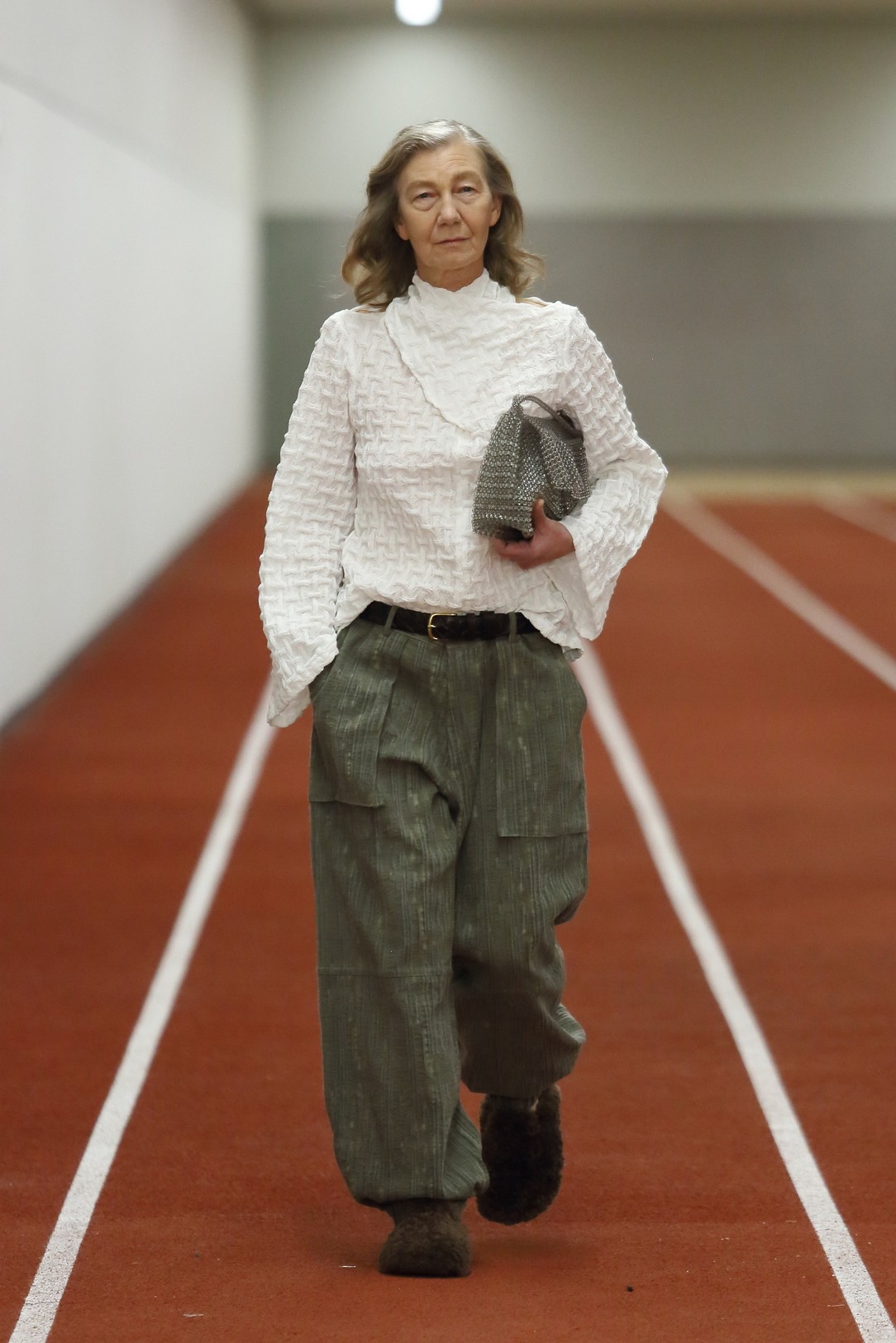


German designers have clearly spent time fussing with details here, but the clothes don’t feel fussy, and that’s their strength. Do they need more than that? Not really. And William Fan didn’t complicate matters by attempting any particularly challenging silhouettes. This season, the emphasis was put on longer lengths and ladylike cuts and clean detailings. “I always like to have contrasts, and last season I chose to explore ceremony for special occasions, and this time is all about relaxed practicality, unleashing clothes that are suitable to go to the airport teamed with travel-inspired layers that add a sense of ease and leisure to the lineup,” said Fan in a backstage interview post-show.
MARKE
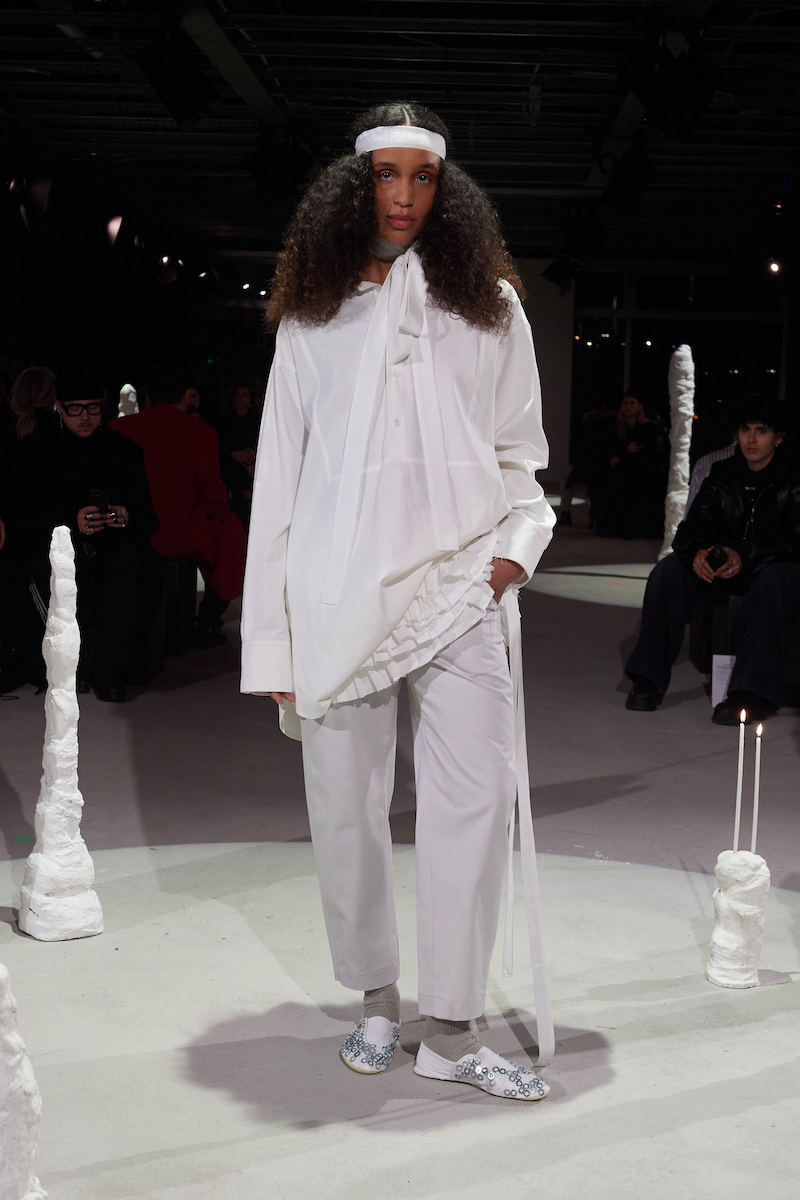
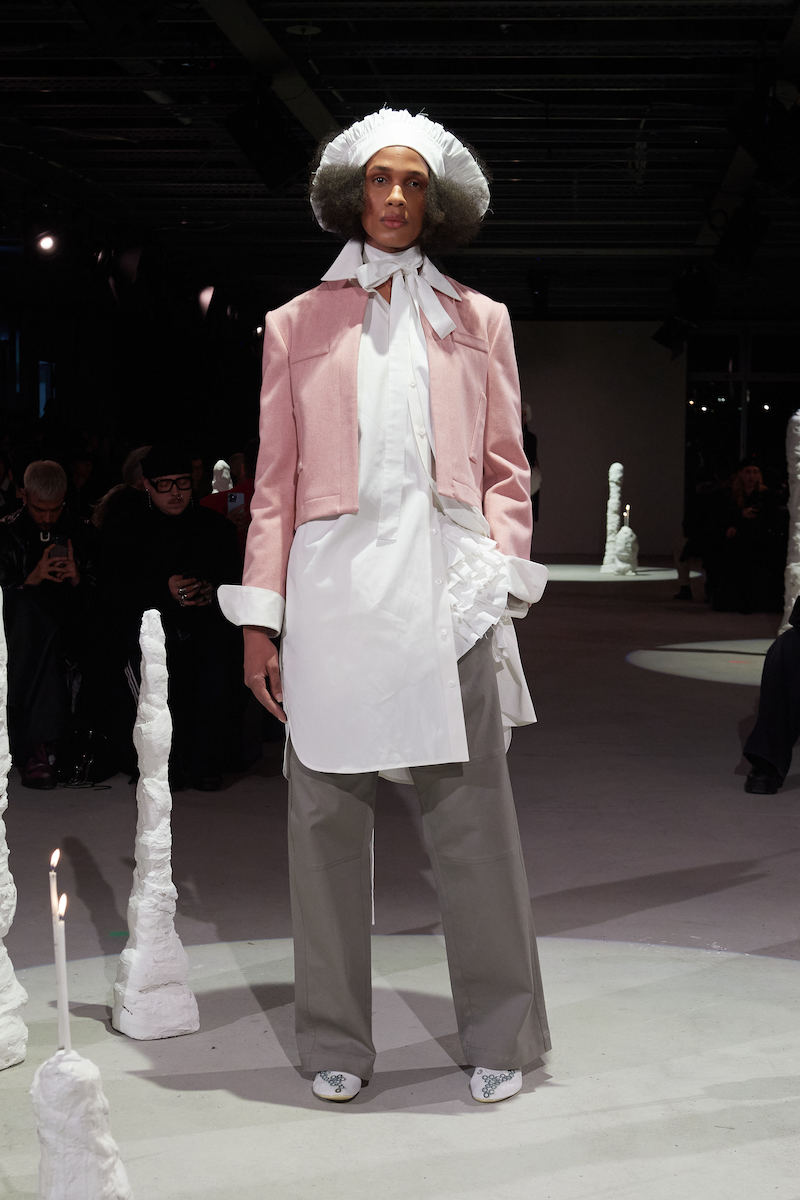
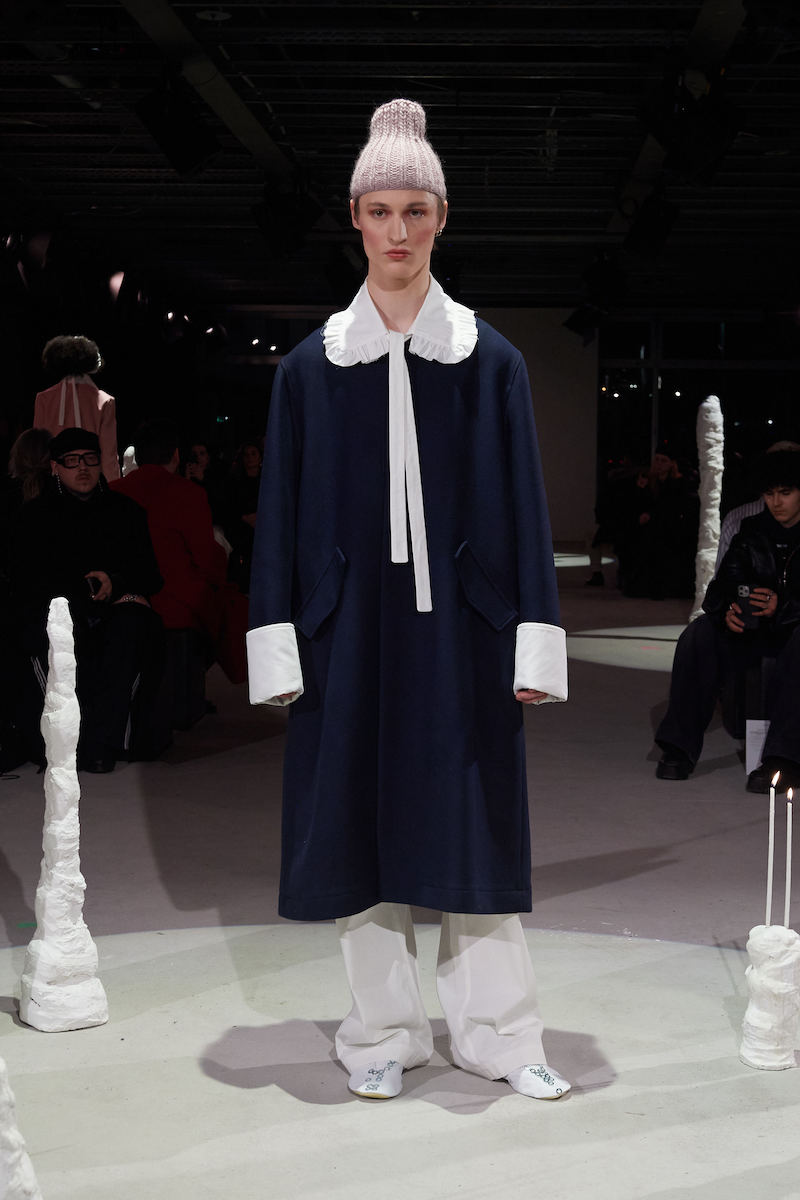
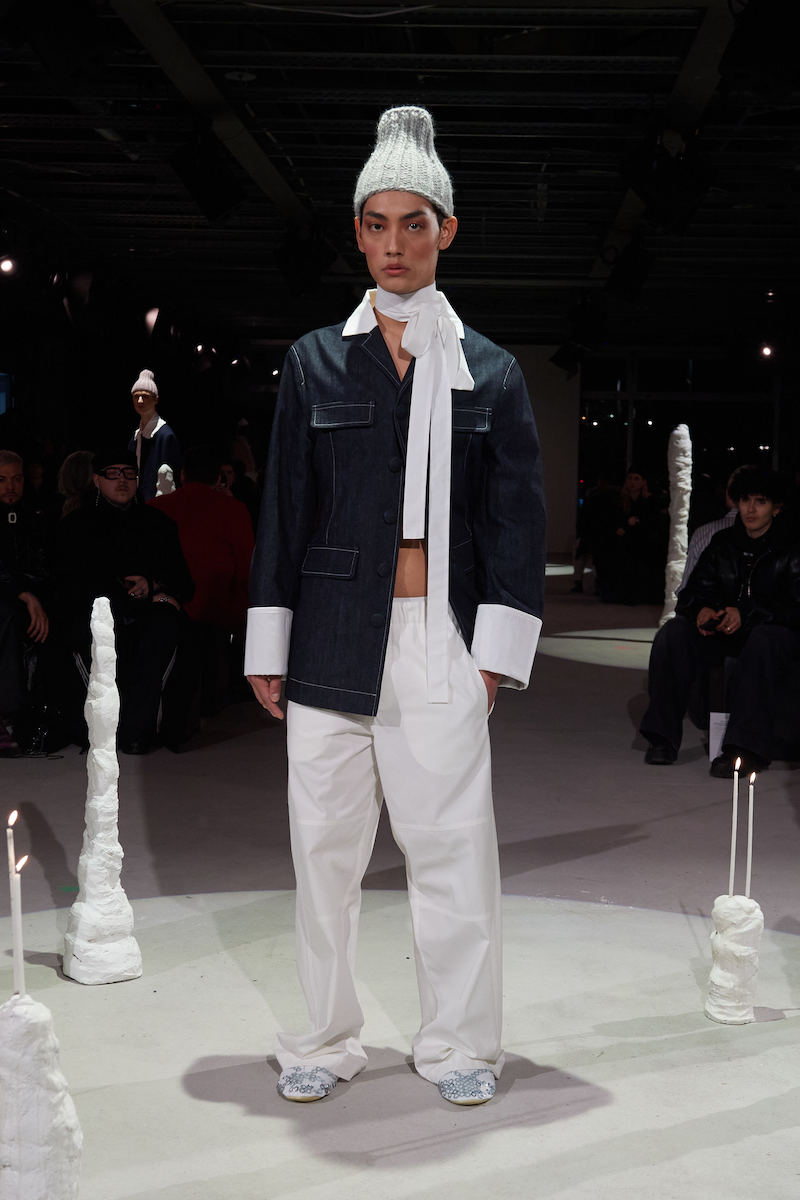
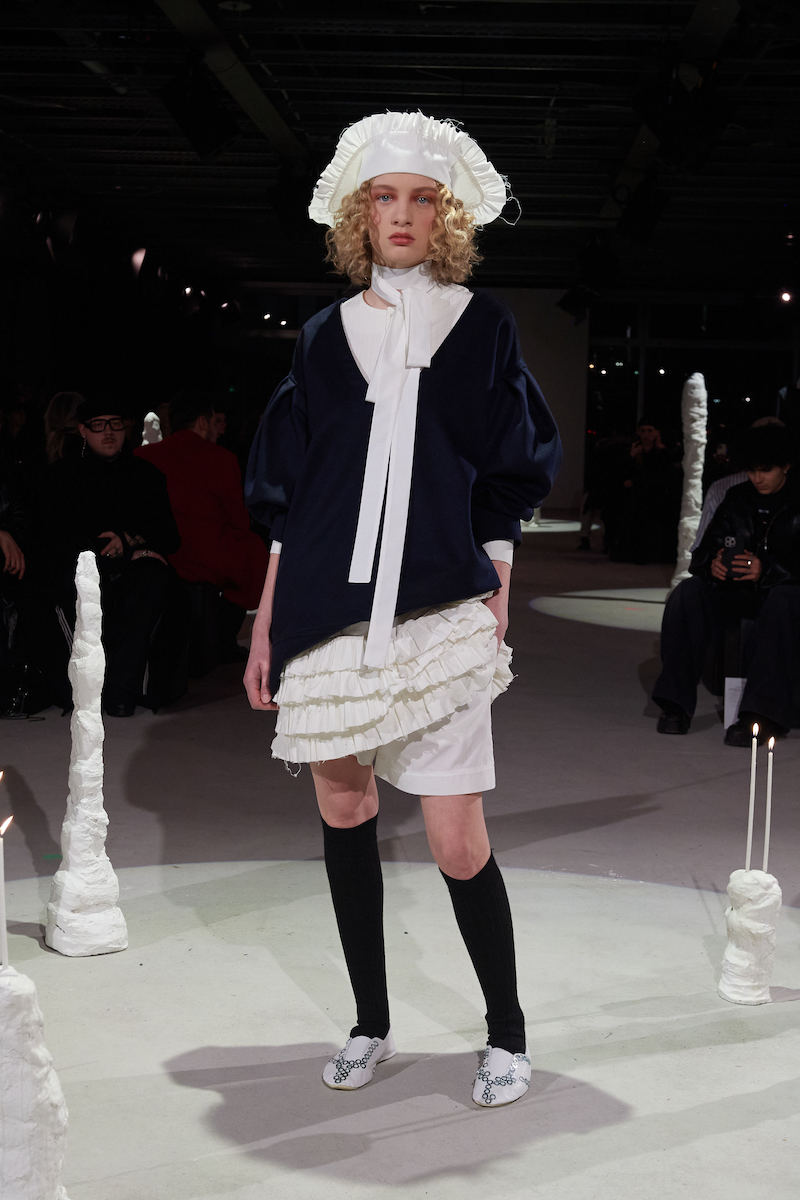
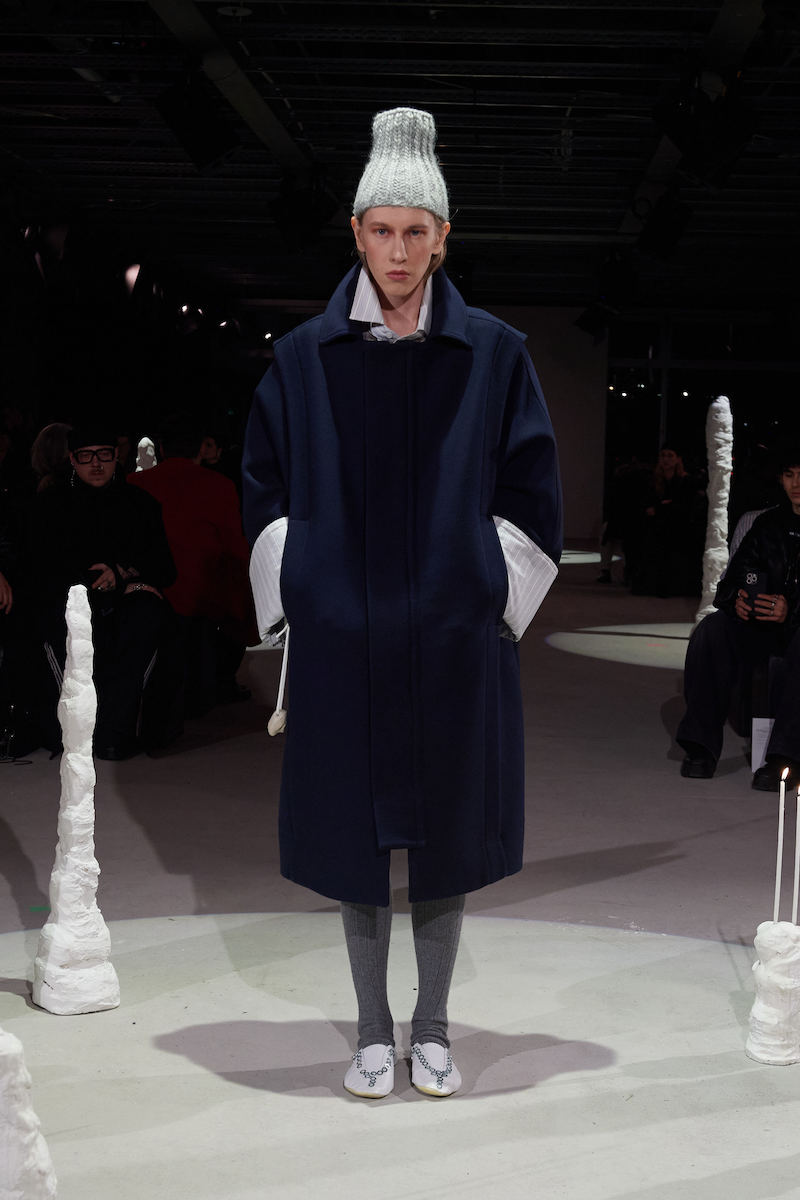
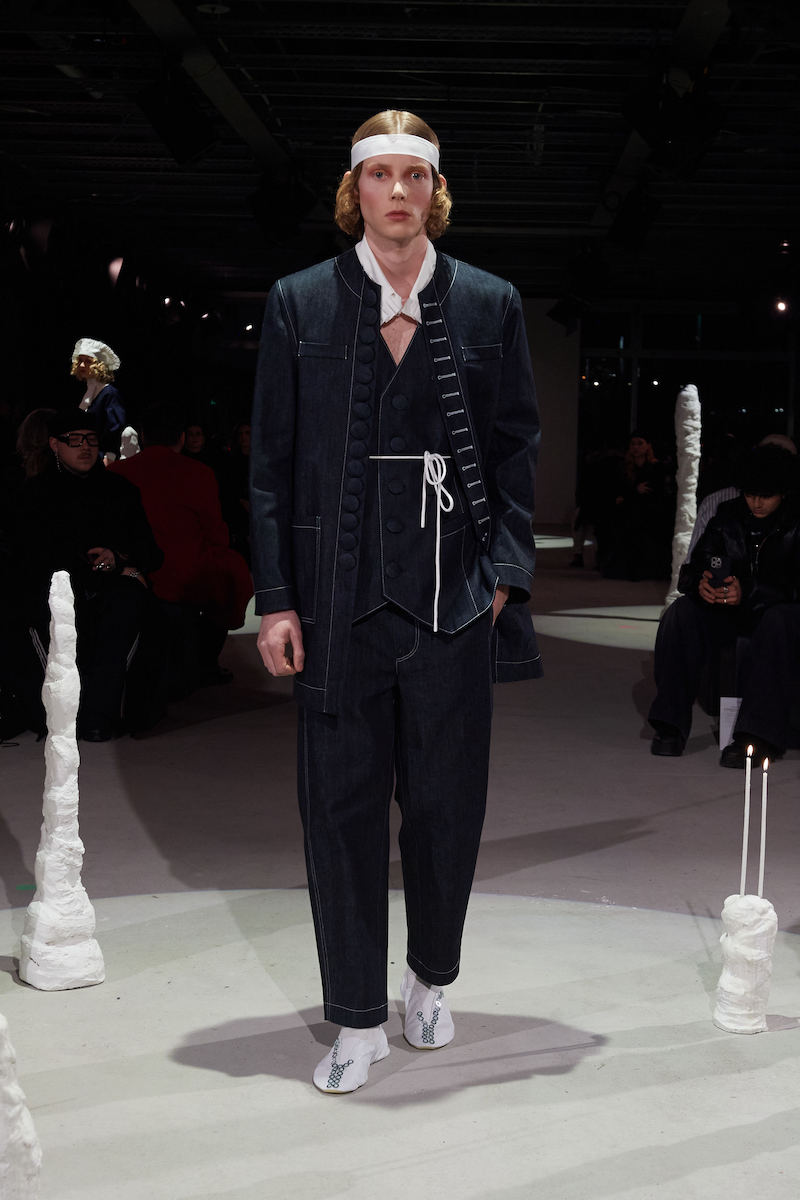
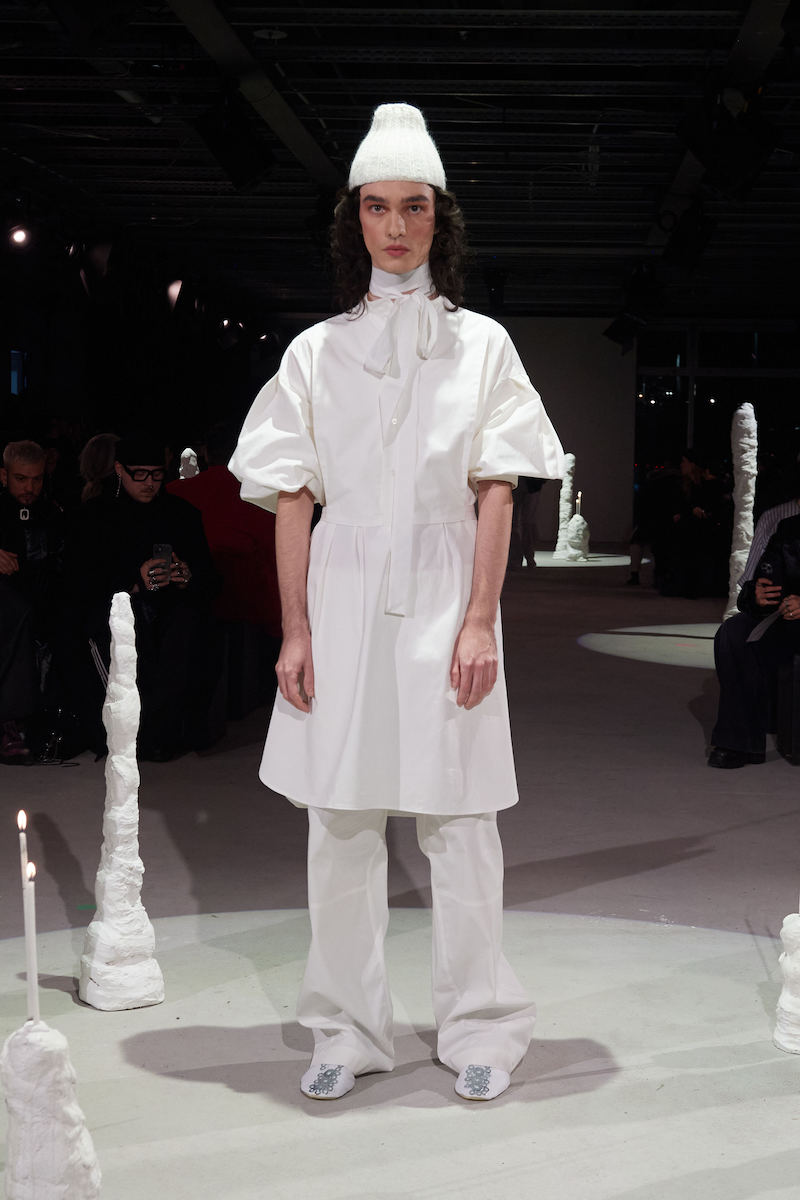
“It’s off-duty, cozy and comfortable, which comes through in the shapes of structured cotton, which takes on lots of textures and fabric manipulation.” This sense of ease took center stage at MARKE’s fall outing, whose inspiration fronted a collection that recalled silent memories throughout time. “After closely examining my own handwriting last season, I want to continue the cycle of reflection by paying homage to the people and moments that have influenced me through a visual tribute,” he noted. In general, with the exception of a tailored topper or a sleek, clean-cut jacket, he erred—as usual—on the side of clothes that are toss-on-able. Also as usual, the materials in the collection are circular in origin, sourced entirely from the overstock and deadstock of Italian manufacturers.
Here, outerwear features heavy wool and cashmere blends, but this time the volumes gained a breezier stance. Classic tailoring runs apace, such as a blazer in an hourglass silhouette, inspired by the couture volumes of the 1950s. Overall, shapes were wielded successfully, with memorable moments including breezy separates (done in a “structural” format, as he called them) and frilled skirts with a quasi-high waist that felt fun and brough quirk to the tailored severity, perfect for a summer shindig.
Richert Beil
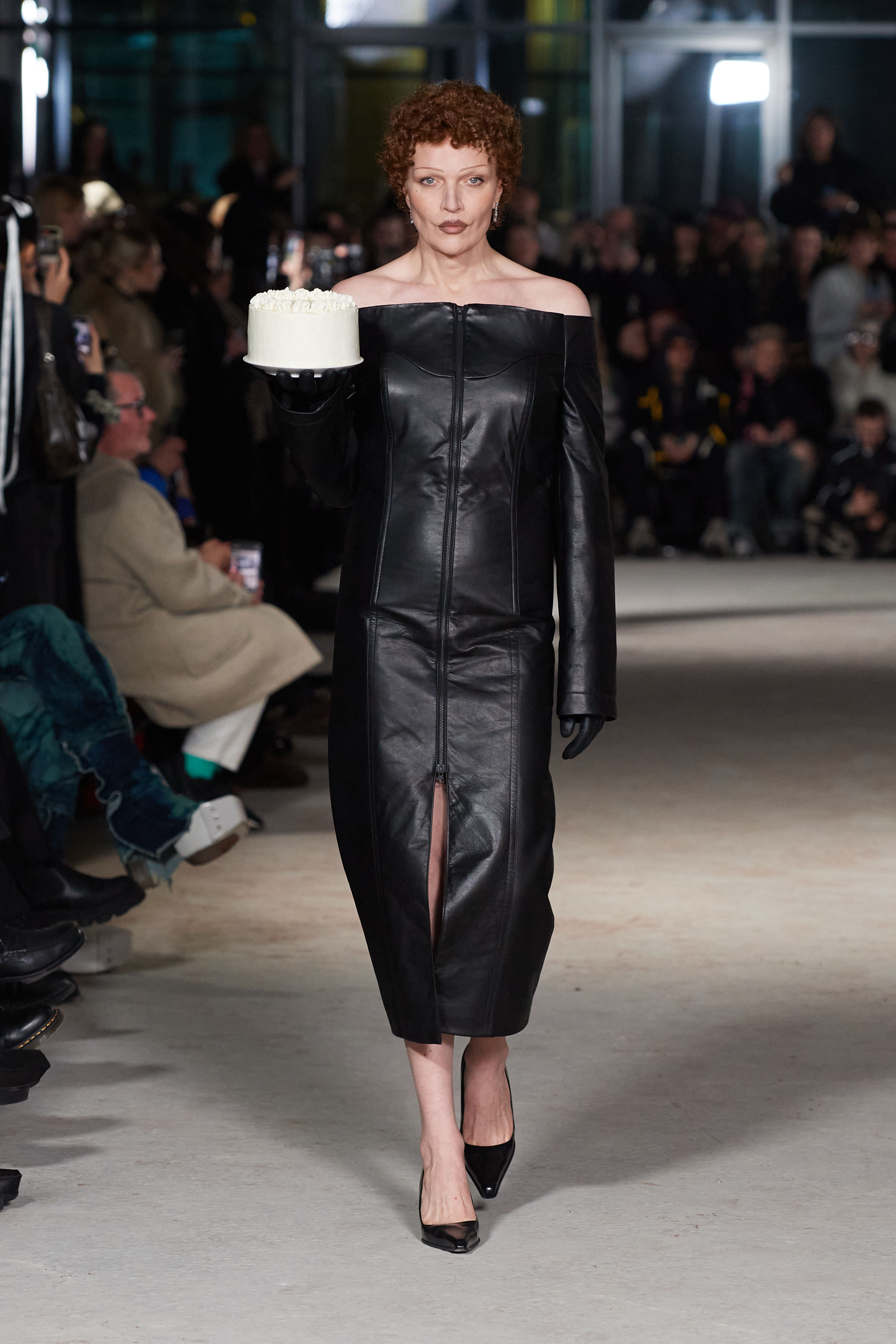

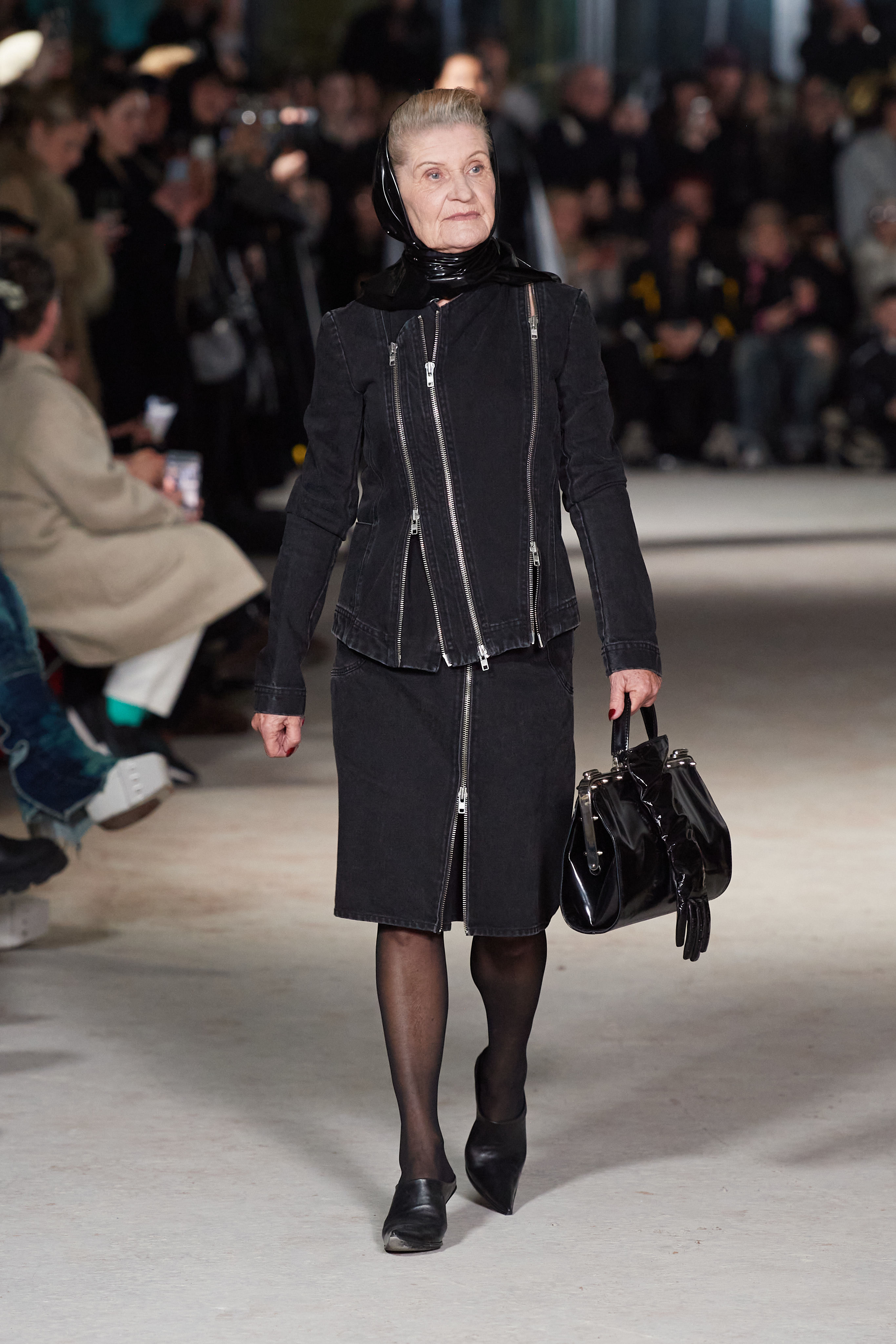
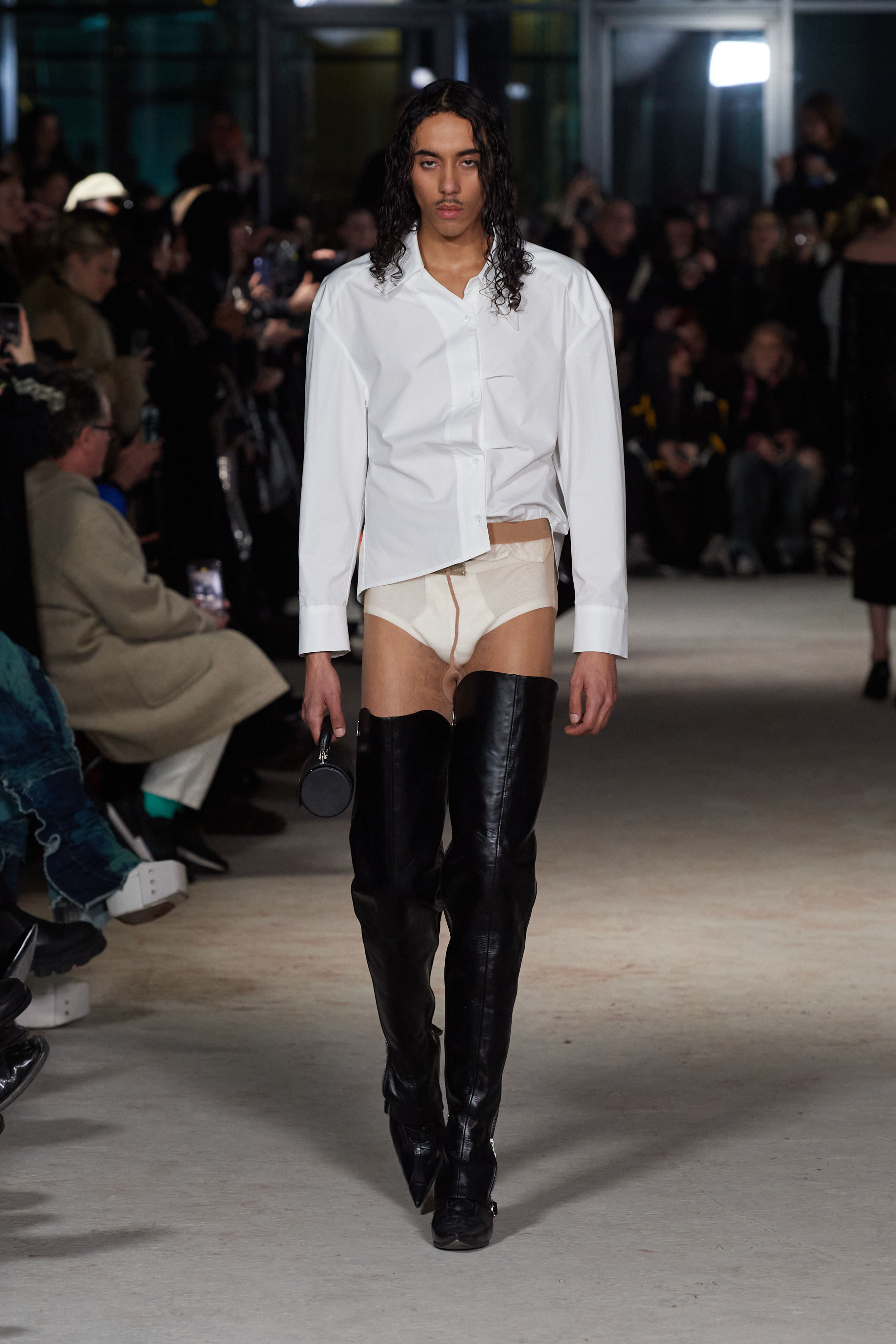
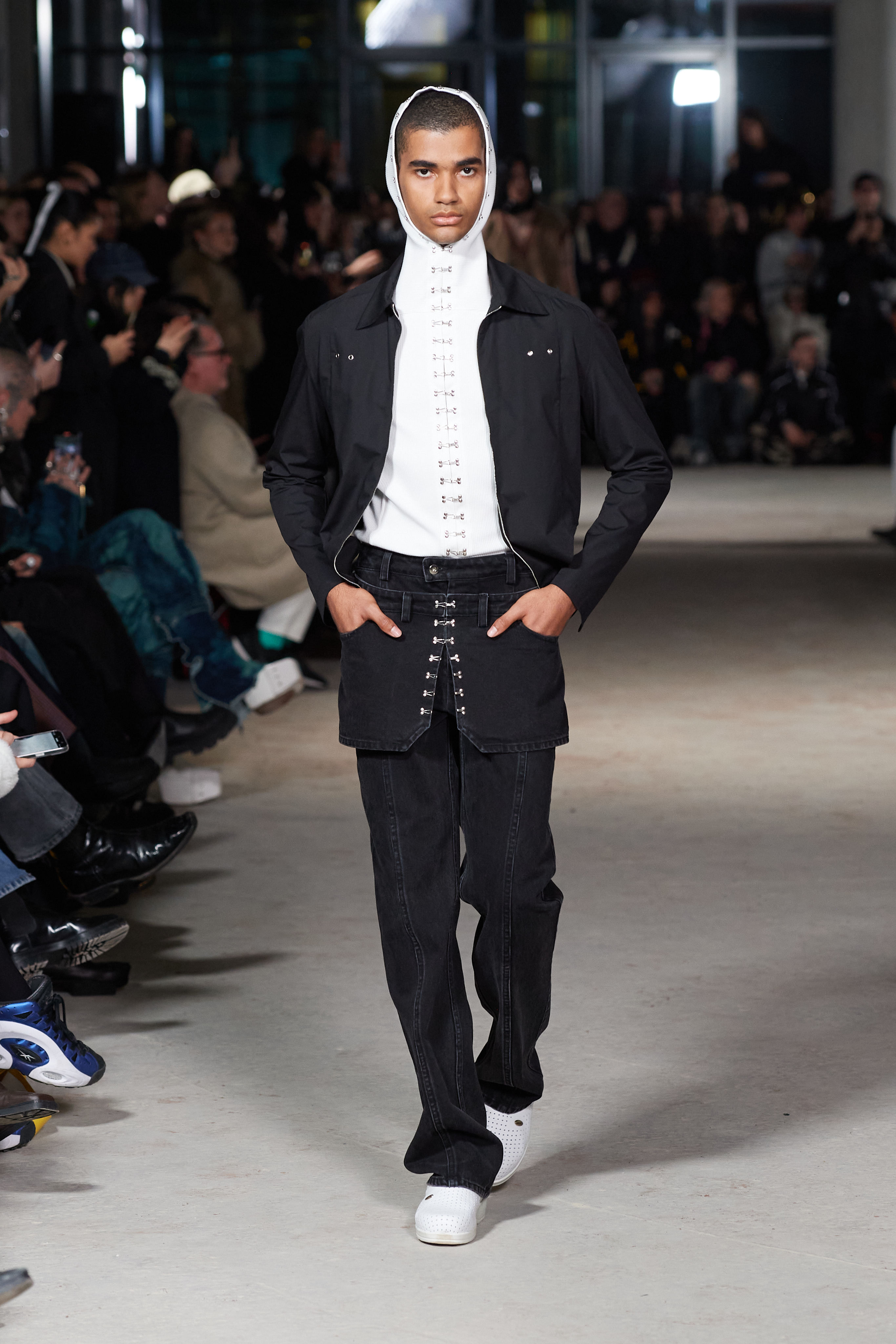

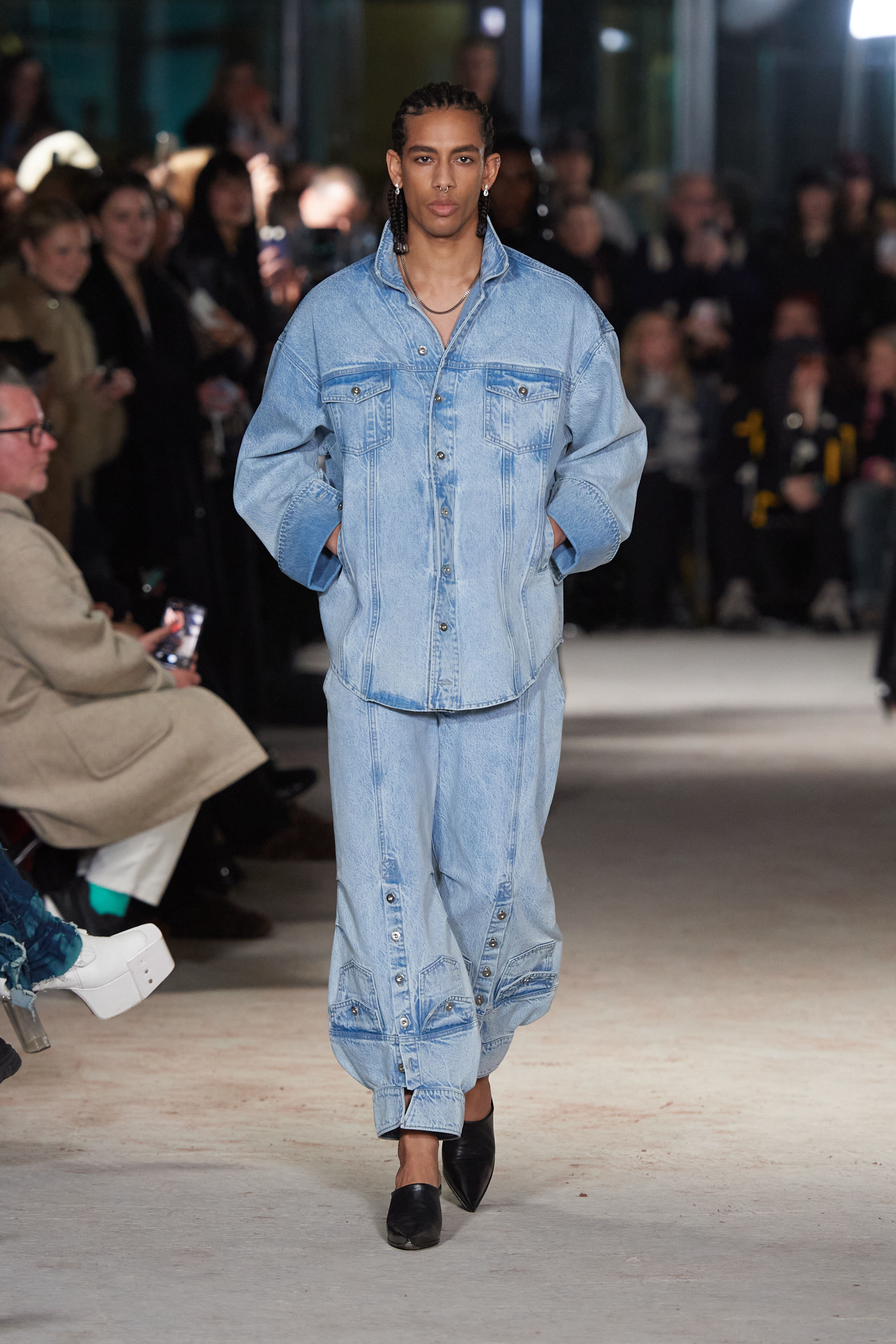
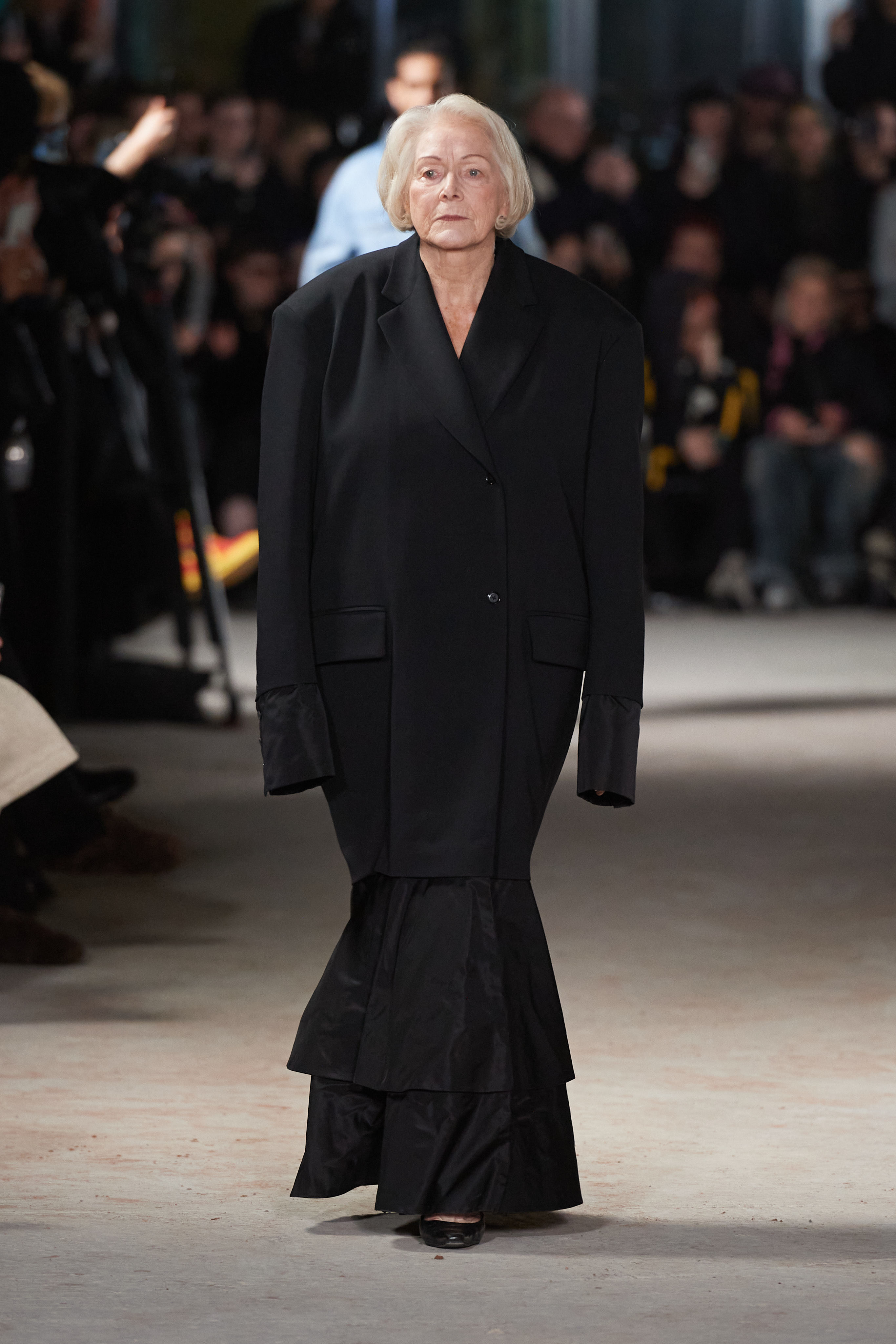
Speaking of fun, and the artsy sensibilities such terms harmonize, there was something fun in the air at Richert Beil’s fall outing — aside the scrum pre-show, where people crawled to grab a damned spot through a very (I repeat, very) tough persistence. The label has always premised on functional and neutral practicality, but this season’s hero pieces gained a certain elegance in its Fall arsenal: simple and fuss-free, but not boring, and equally suited to a business meeting (the ever present tailored formality) or a low-key weekend (loose functionality). There was still a sense here that the designer remains overfond of the purposefully awkward silhouette — some of the garments were a tad shapeless — but they’ve got better at adding the grace notes that give a covered-up look verve fit or a young-meets-old bracket.
Namilia
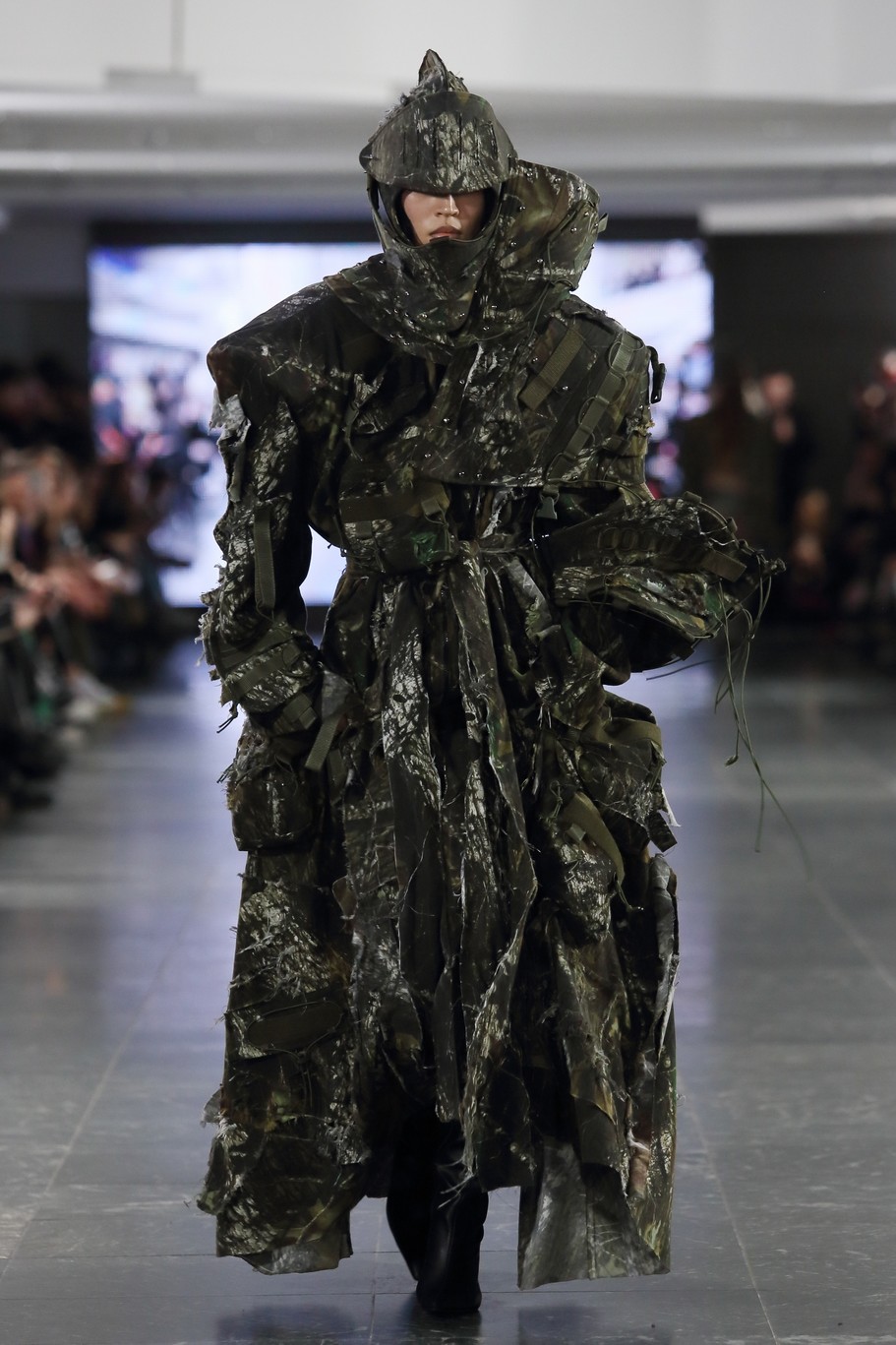
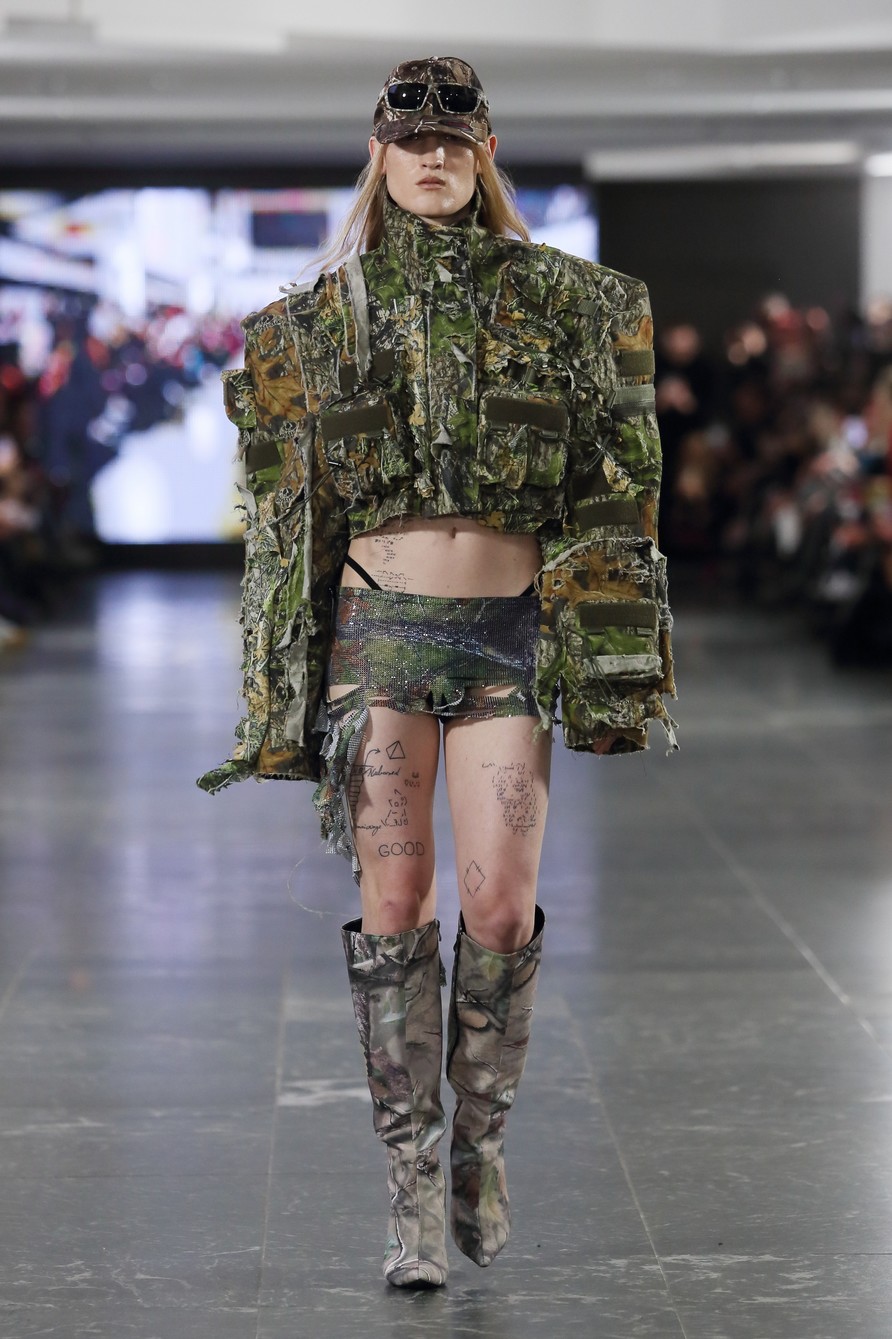
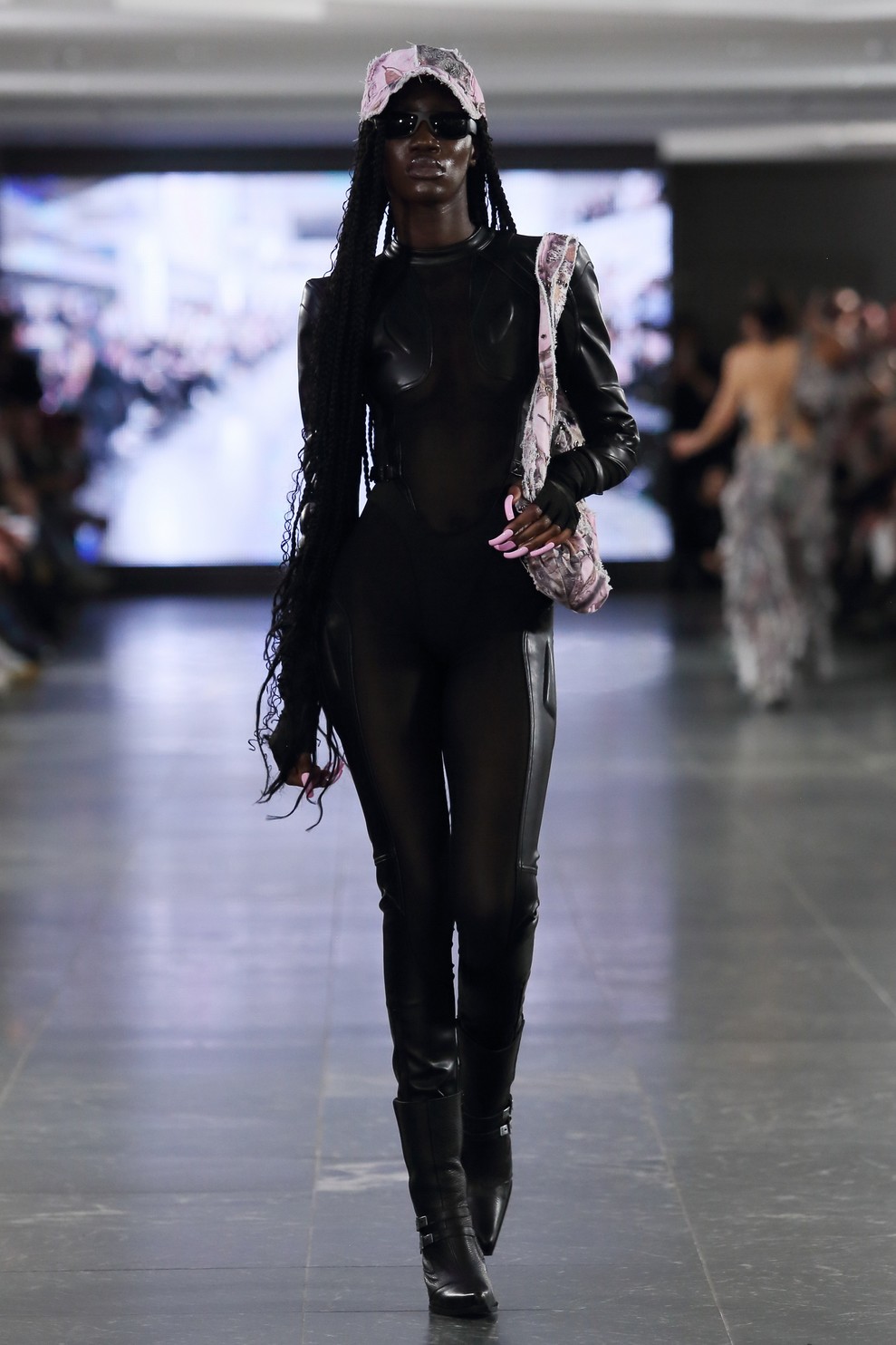
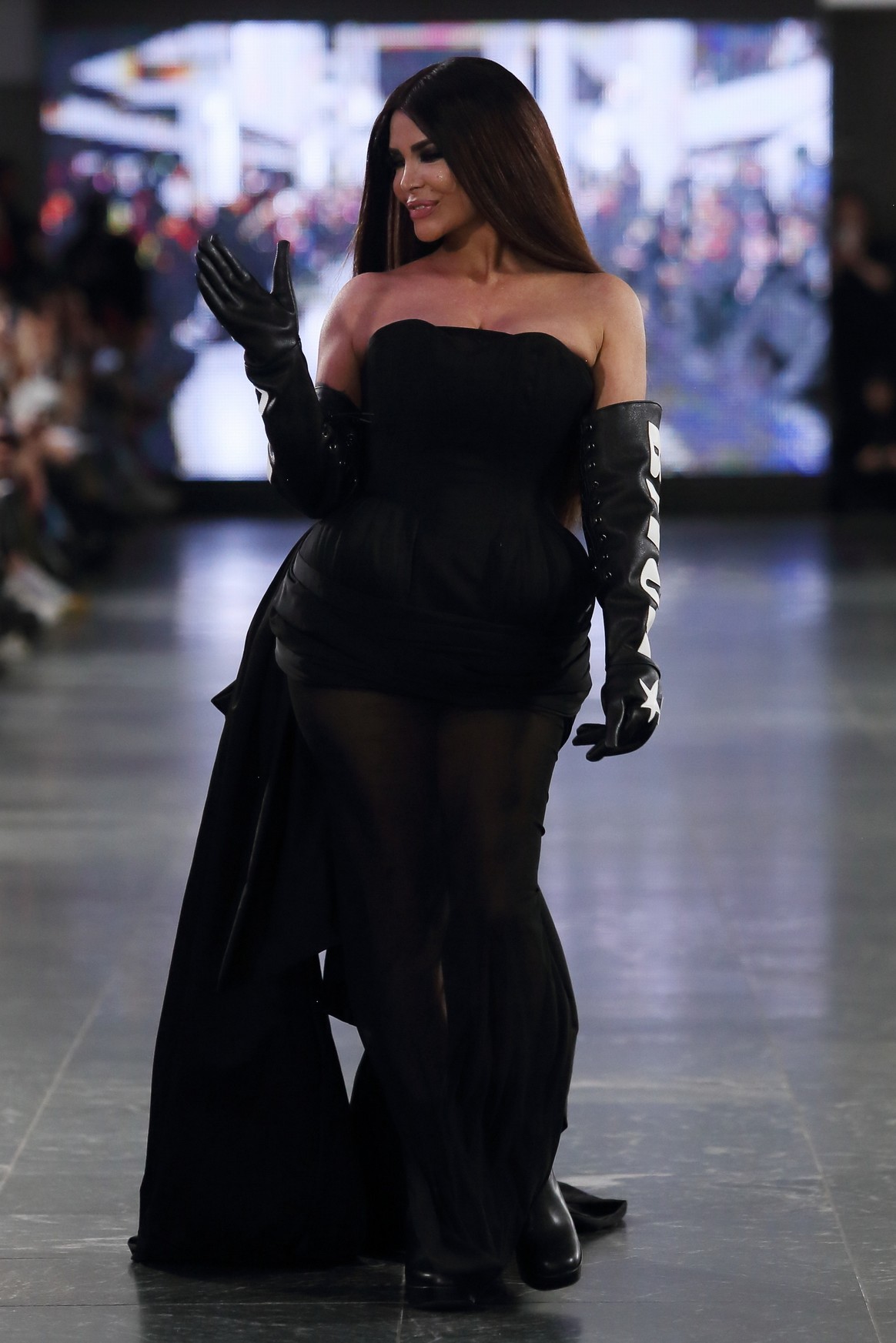
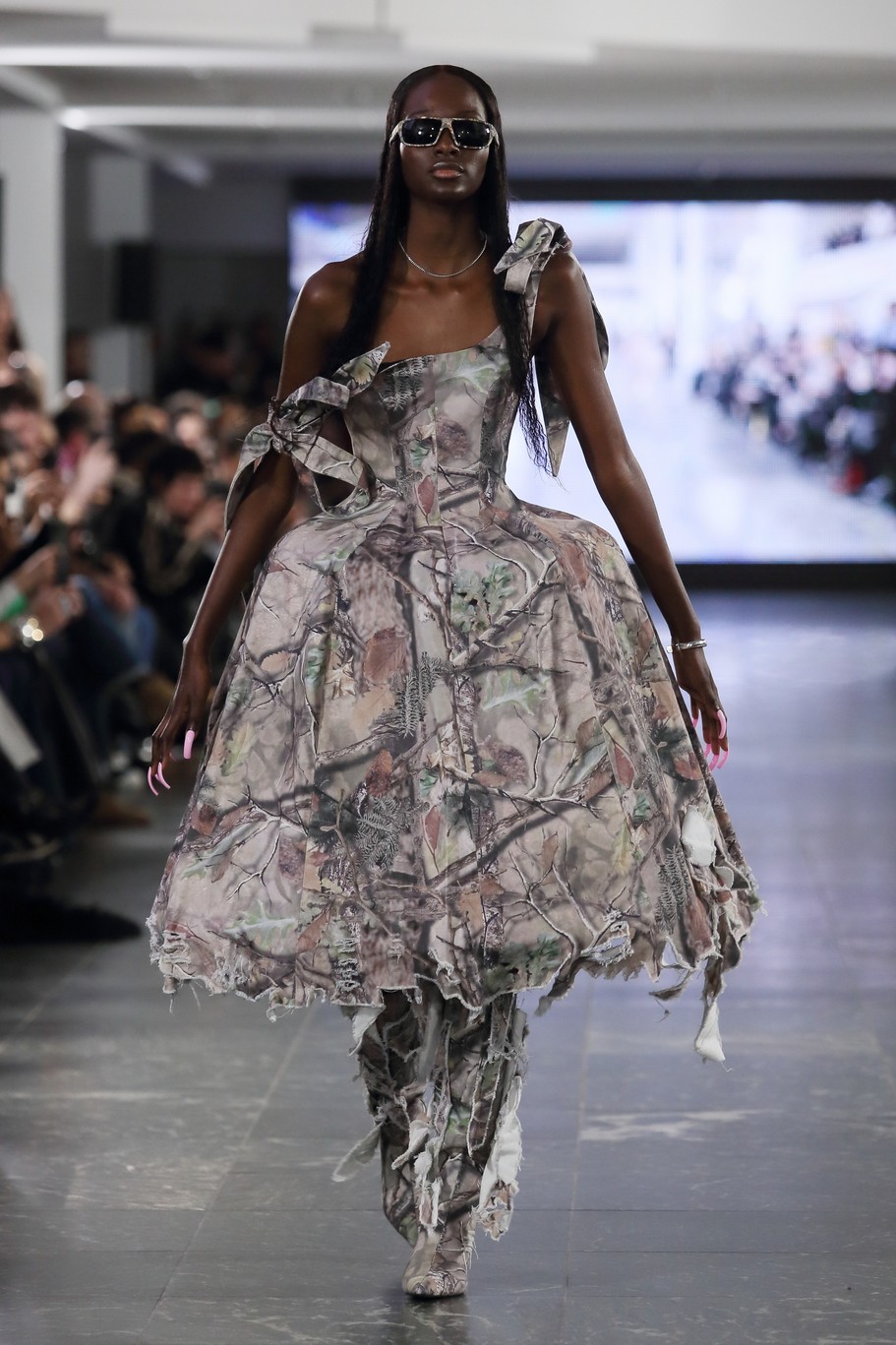
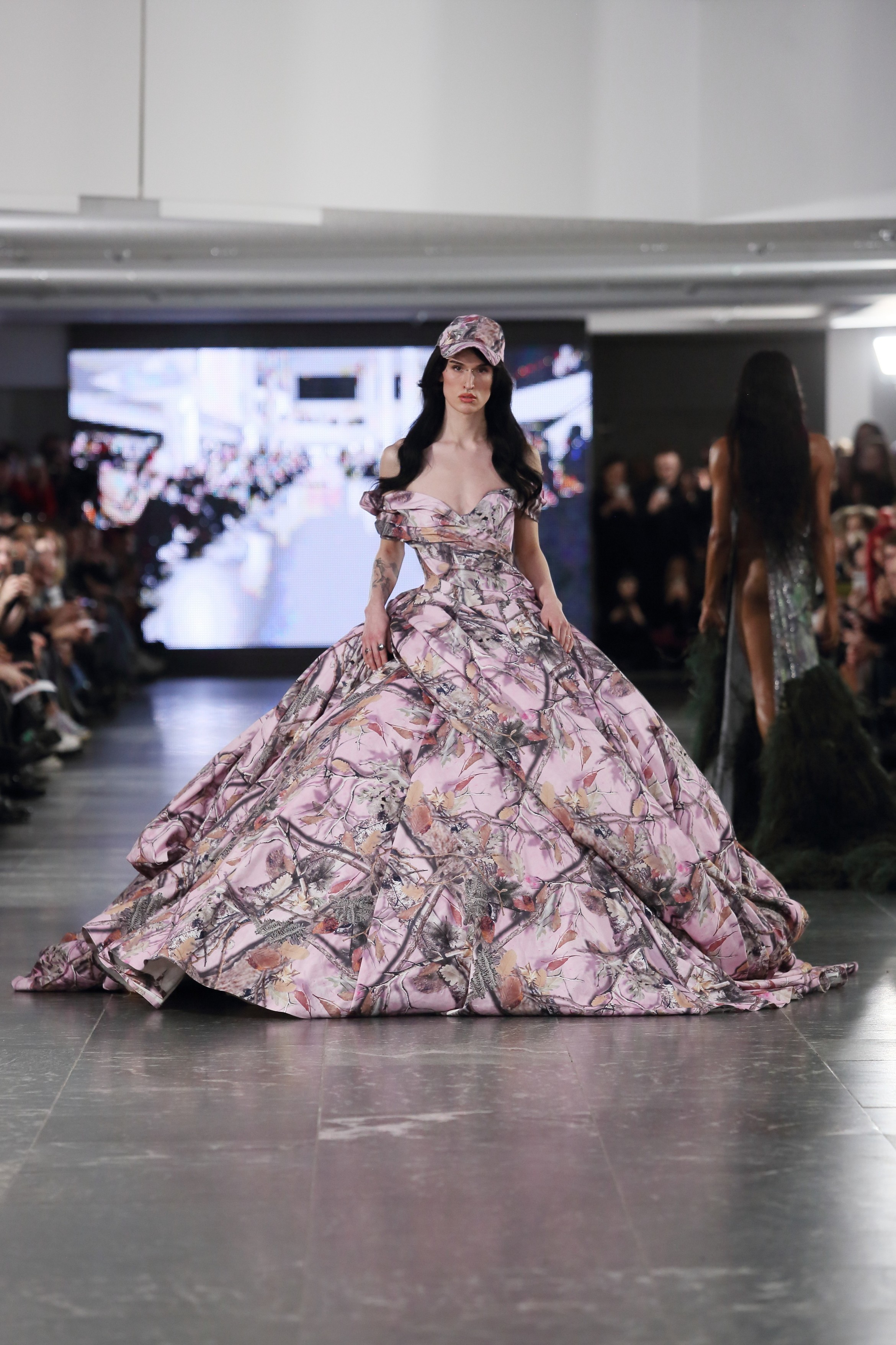
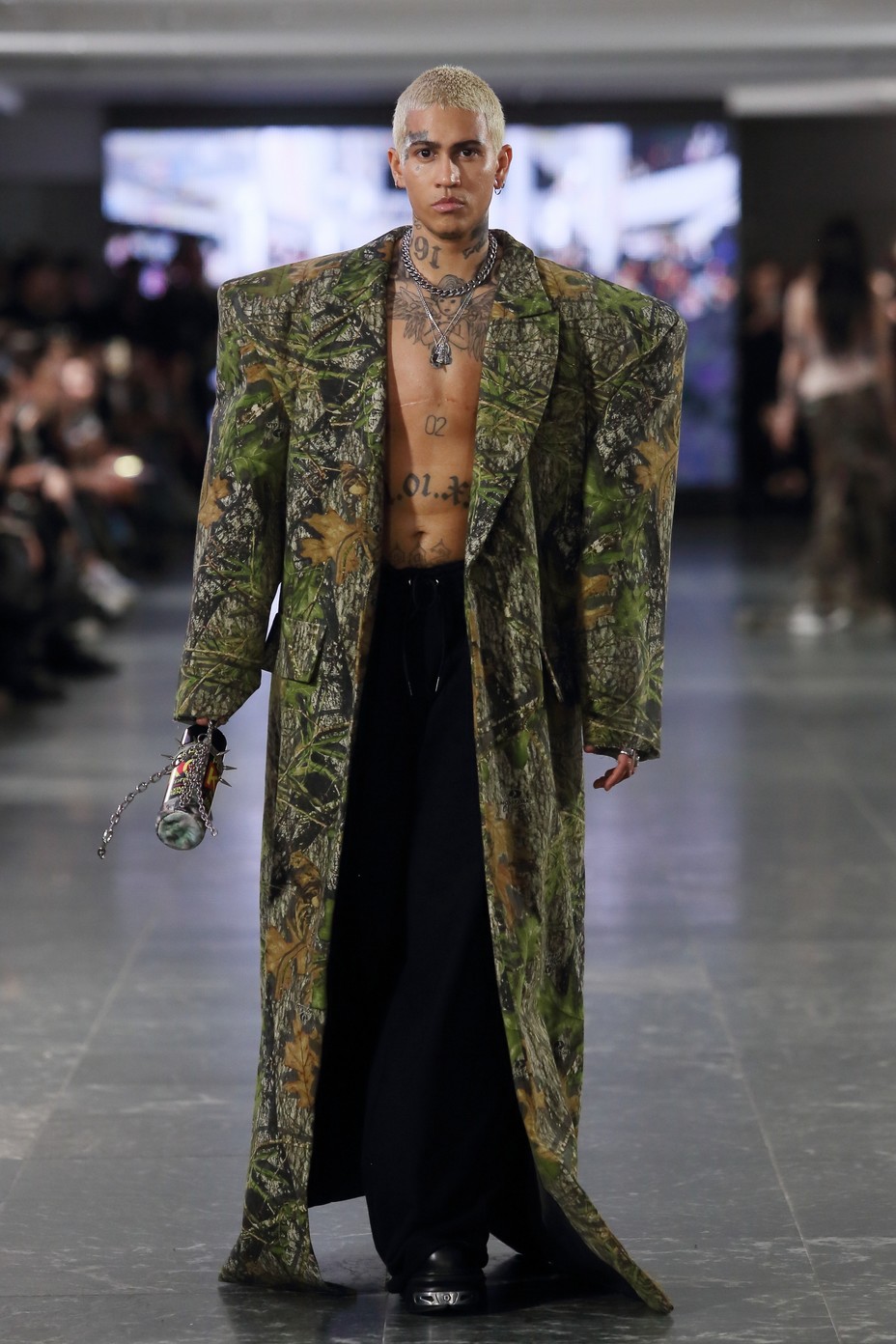
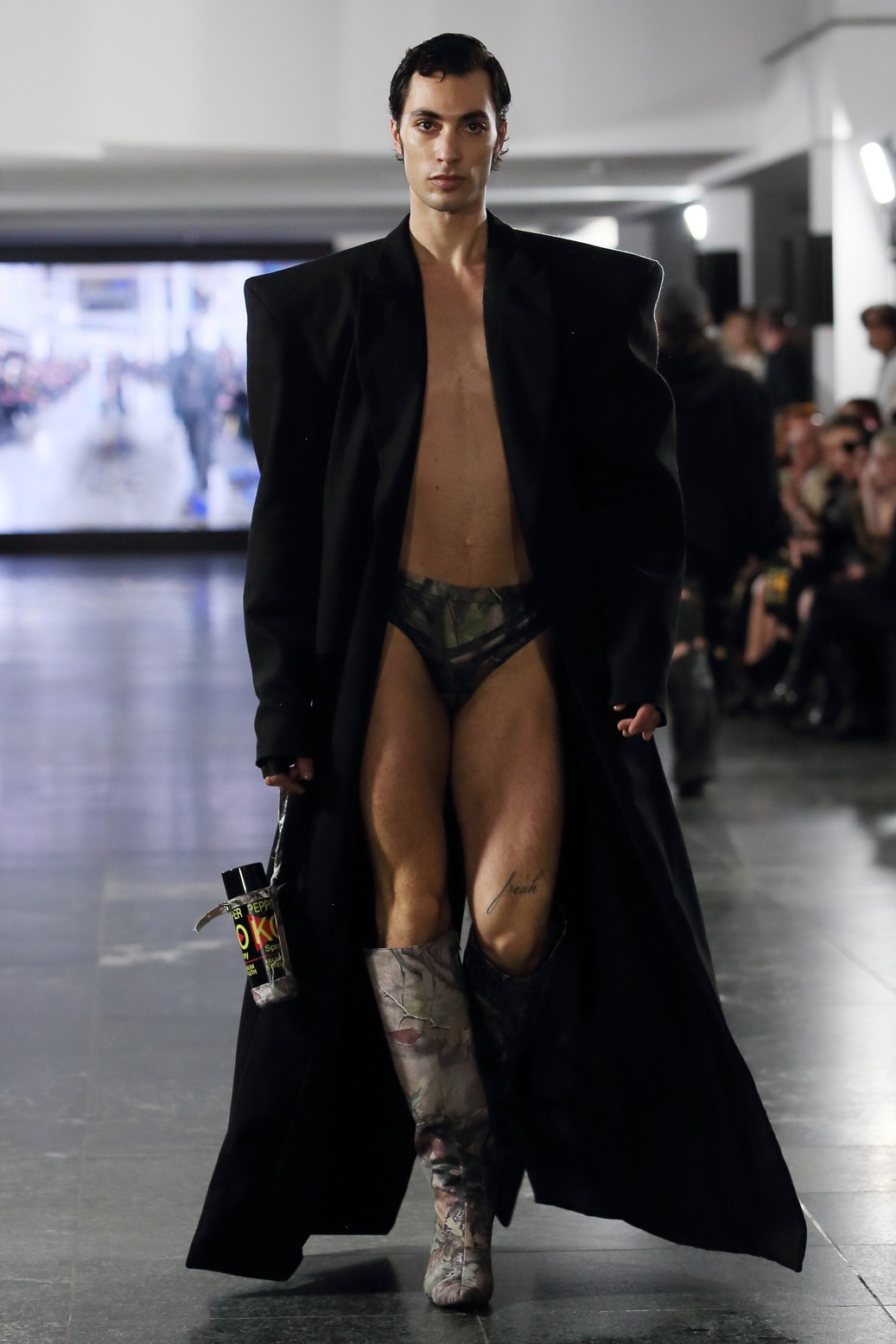
On a complex (and similar) note, the dropped waist counted for a lot at Namilia, a brand which never outgrows their emblematic awkwardness; it’s a symbol idiomatic to the brand and the reason the most straightforward pieces in this Fall outing still stood out. With a spectacle enjoying a hot revival as it is right now, celebrity stylists will come in throngs for those slogan pieces in flashy pink, teamed with camouflage textures and all-black, gloomy surface patterns that basked the lineup in a cool, sexy island of doom. Adding nods to the signature were medieval armors and glamorous trash. “We presented looks that, as usual, provocatively addressed the hate against queer people who bravely navigate public spaces,” noted Emilia Pfohl and Nan Li. Materials and aesthetics play a pivotal role this season, with an array of prints and patterns, including realtree motifs and bespoke monogram prints. Pinks and rhinestones interplay with chain mesh, stretch lycra, and vegan leather, crafting a dynamic visual narrative. “Moreover, the collection introduces new silhouettes, featuring sculptural fits and couture-inspired designs that redefine the brand's aesthetic,” they added.
Bobkova
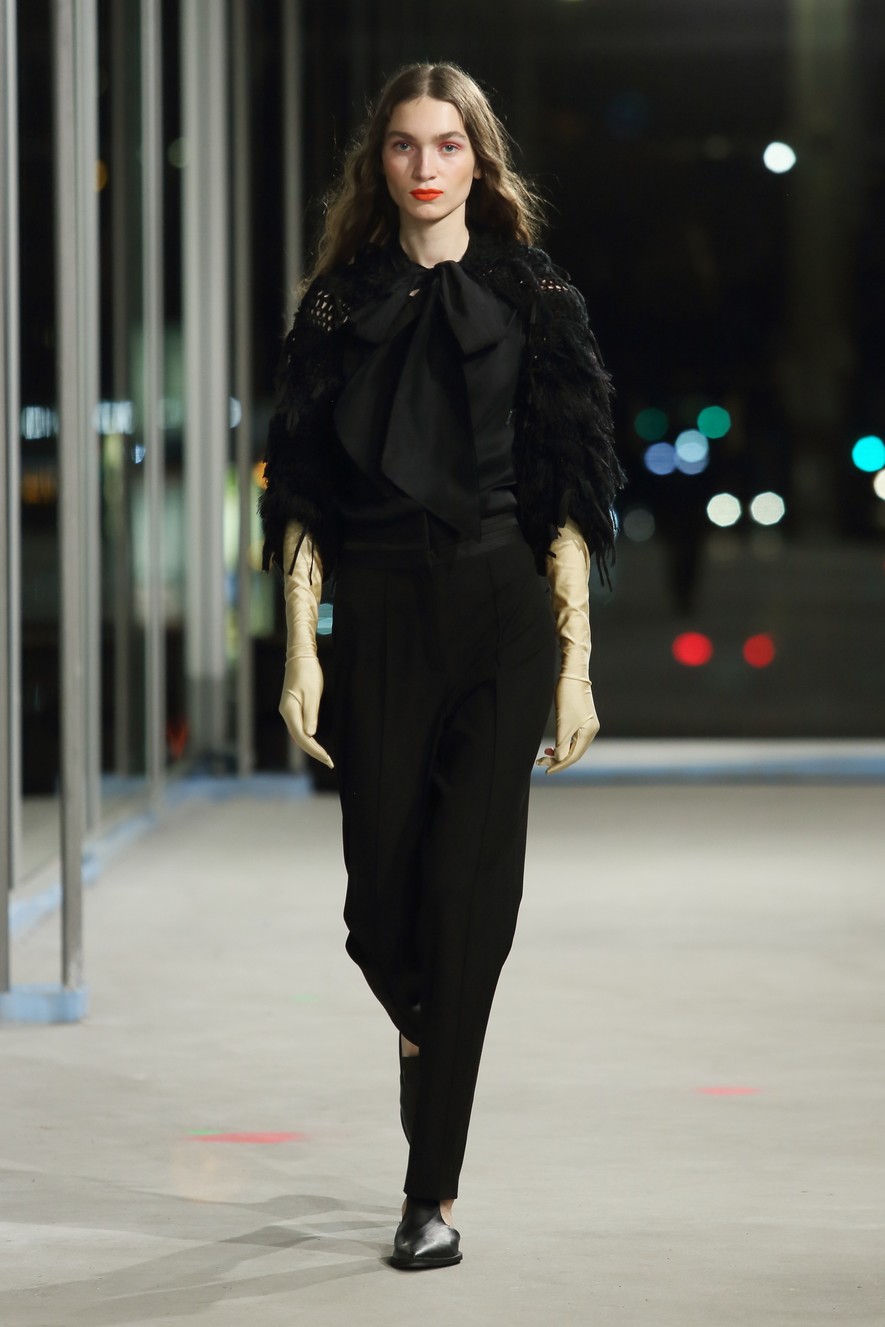
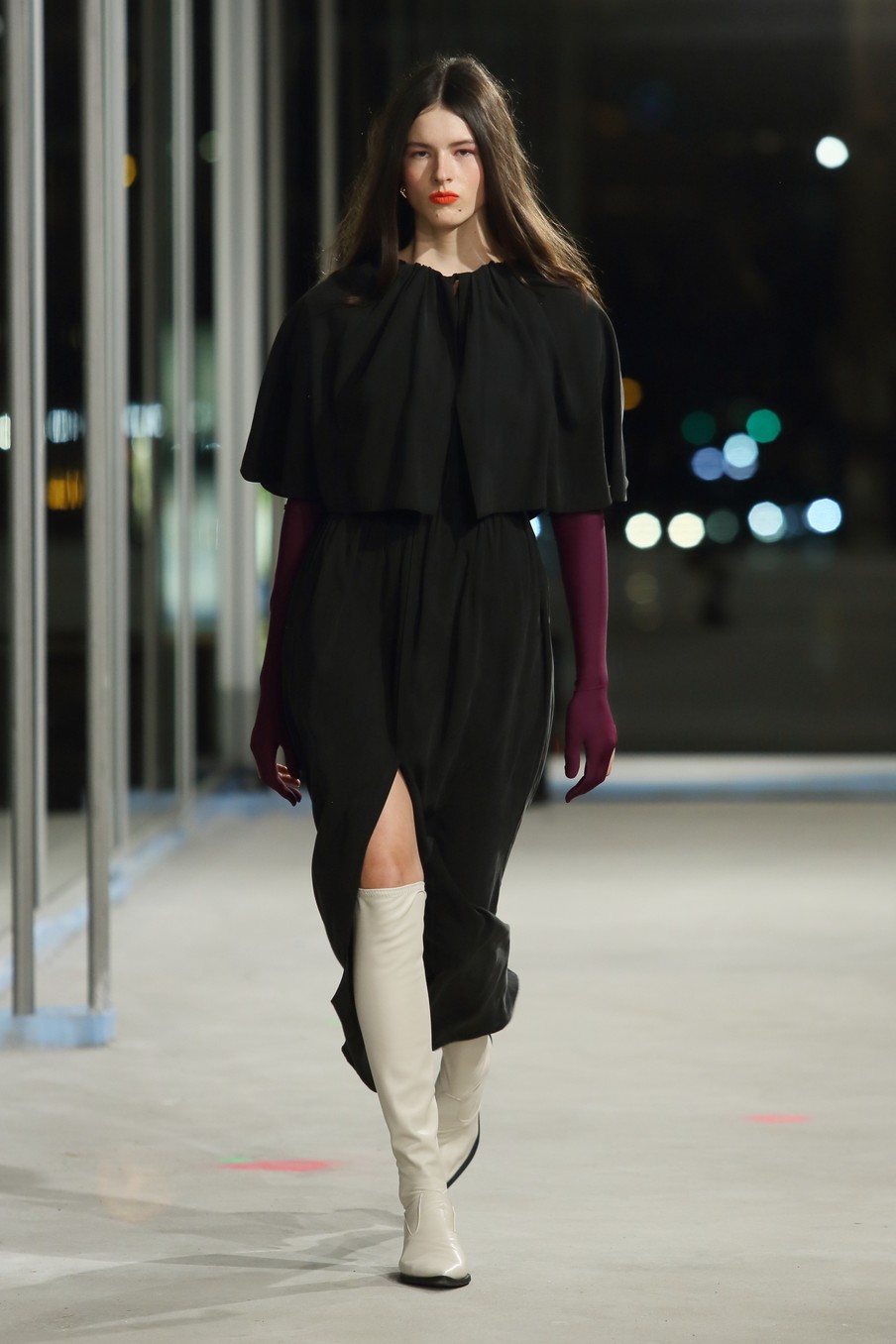
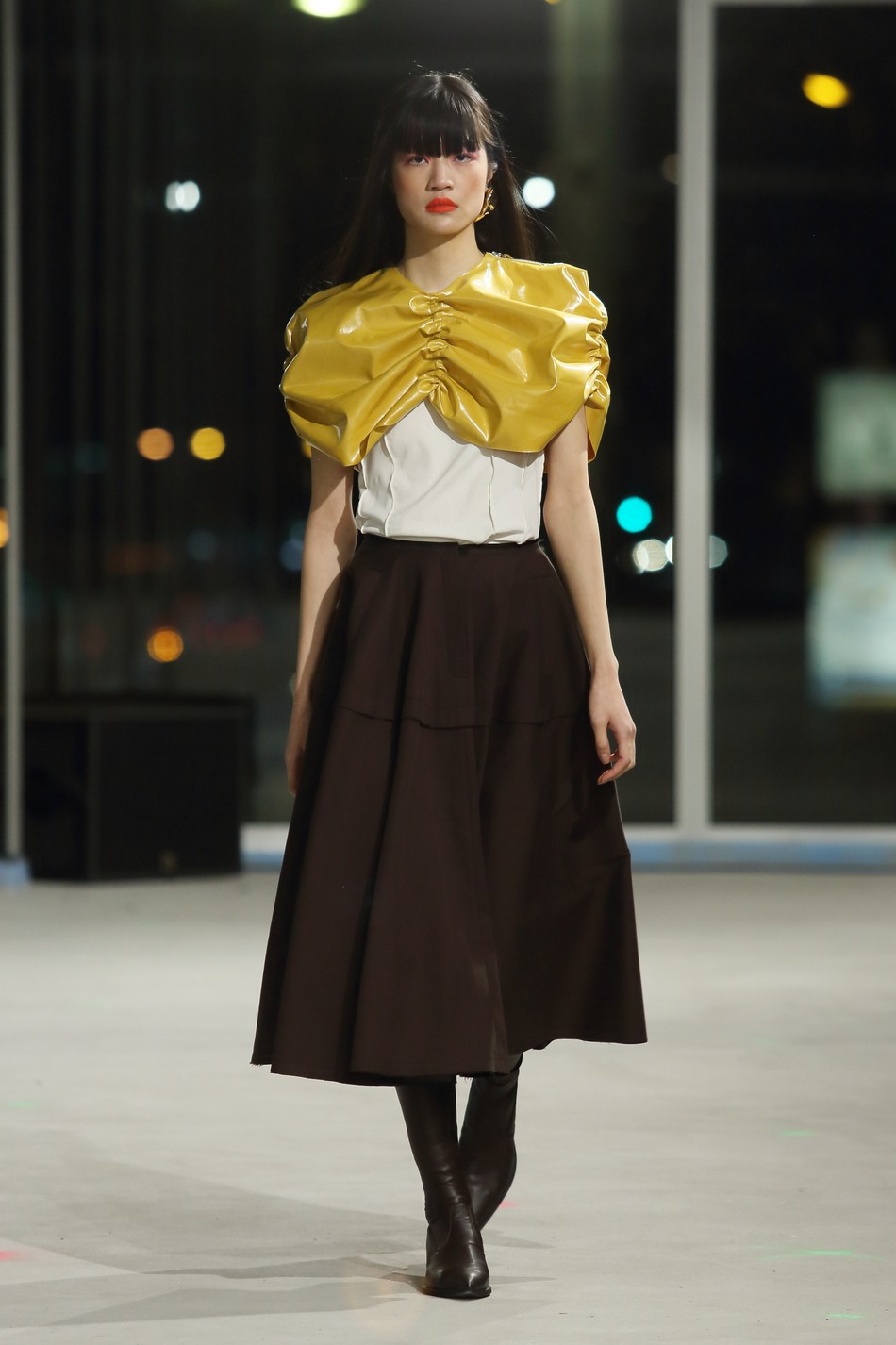
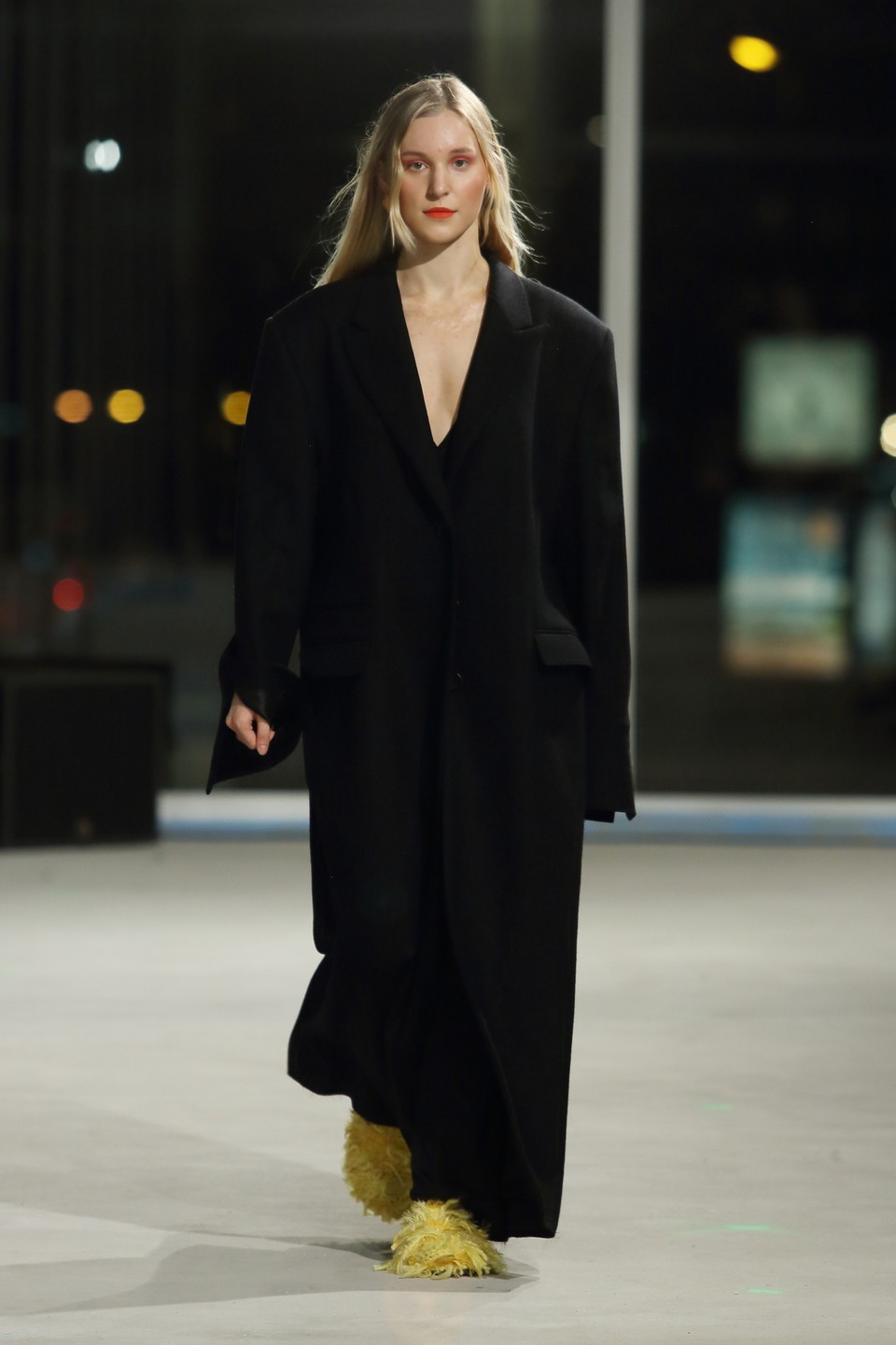
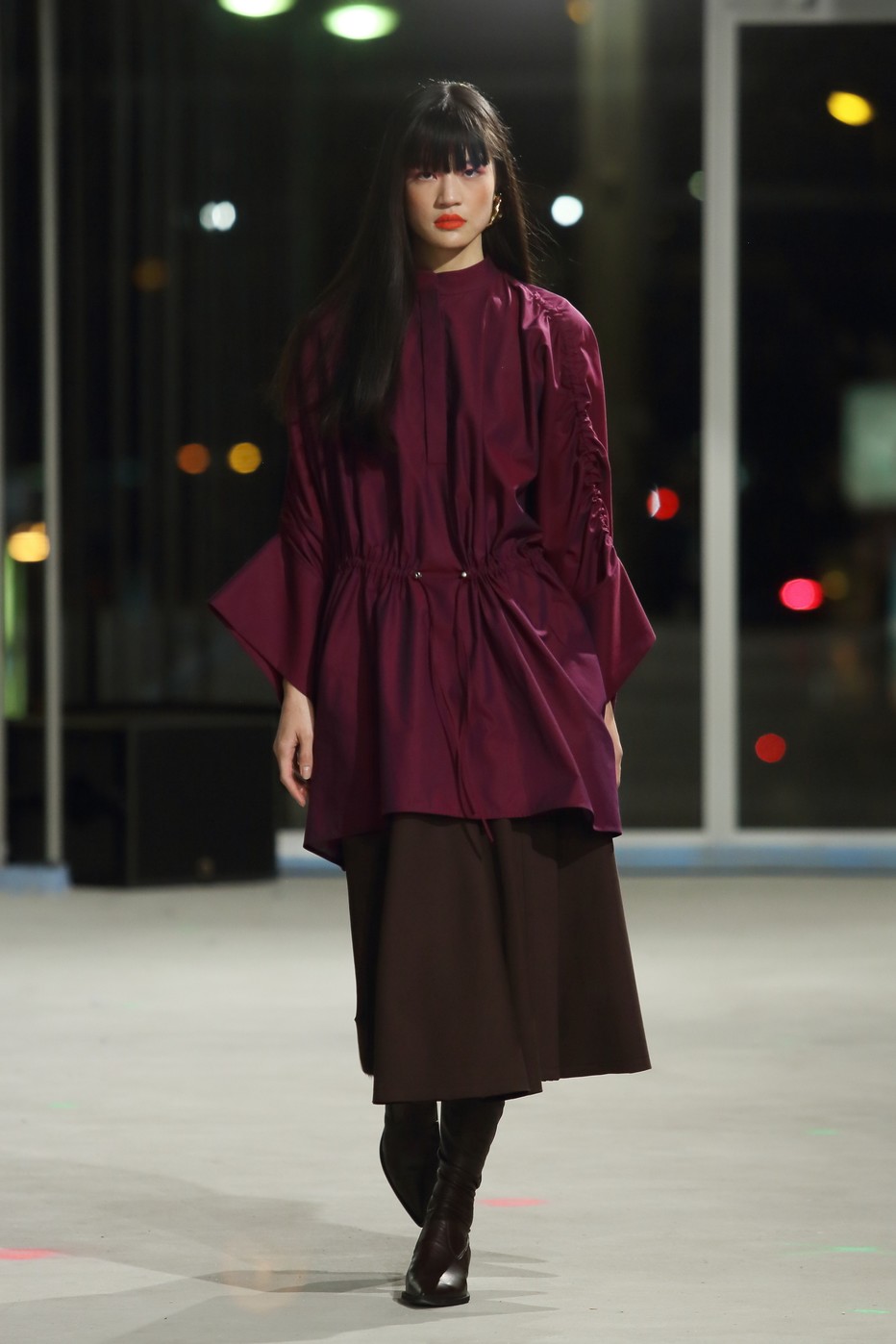
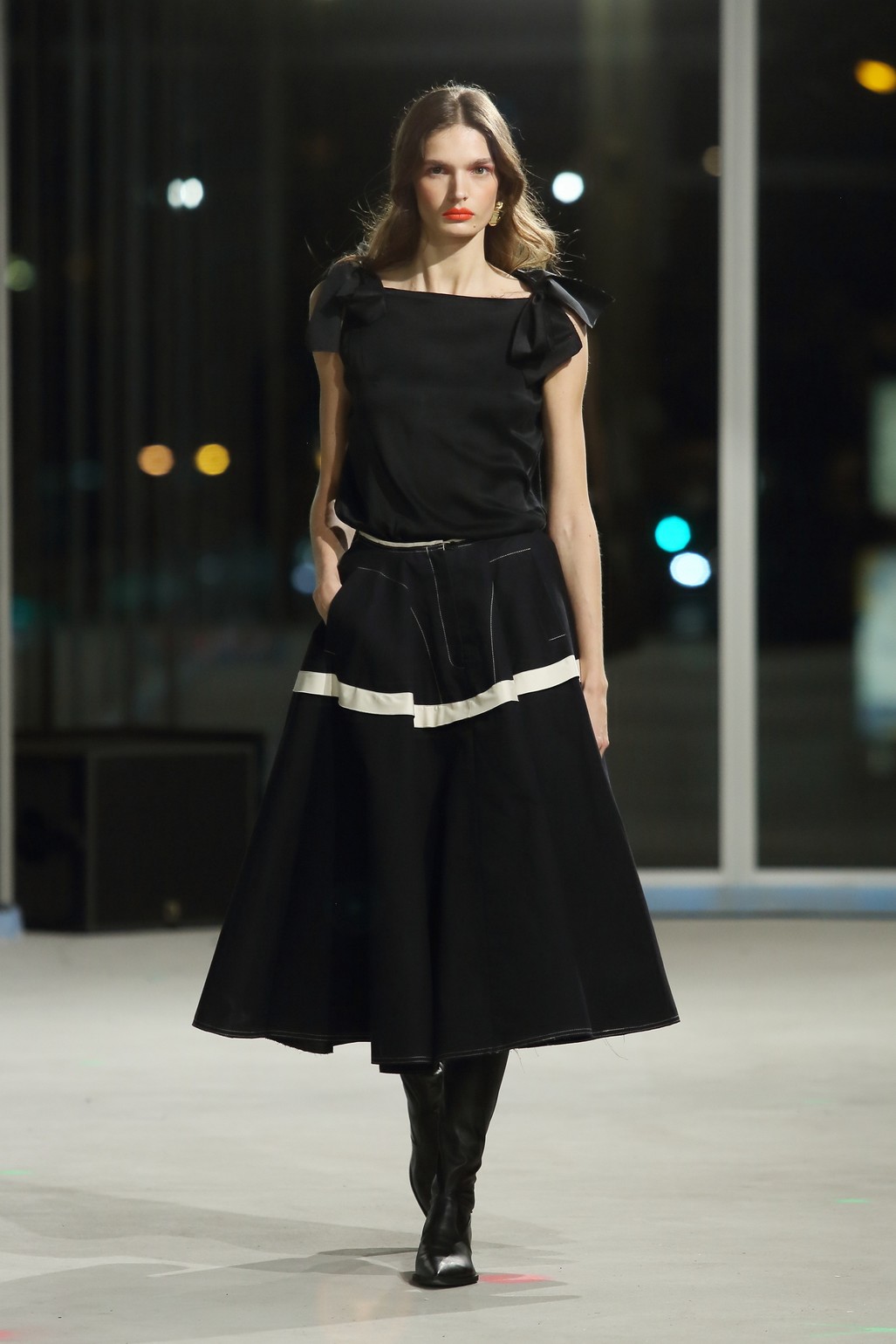
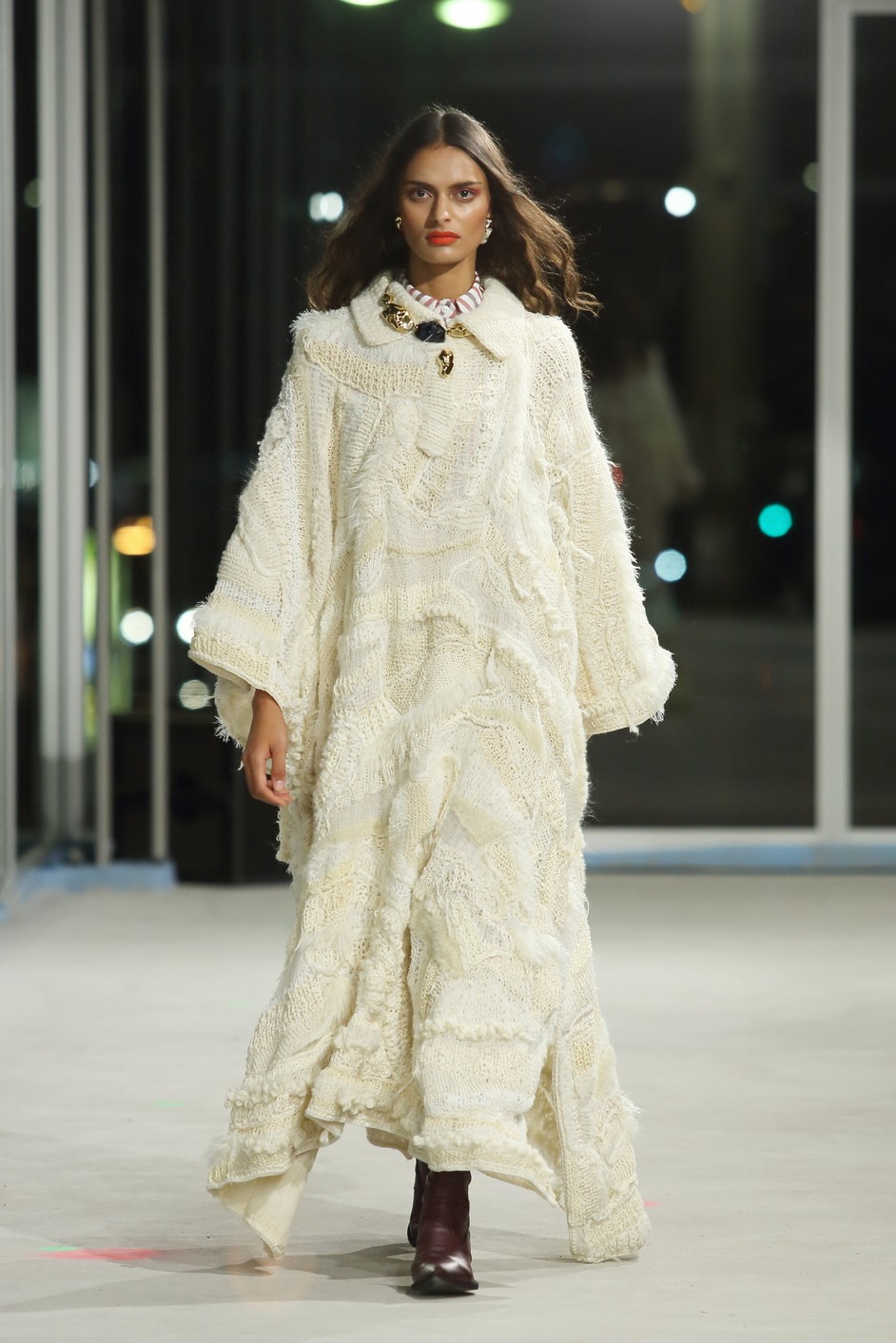
Contrastingly, Bobkova served-up old-school glamor for Fall, with a lineup that began with a series of understatedly chic ensembles that rendered the brand its cultish following. Midway through, though, we sensed a slight shift in the proceedings. A model with a white lapel, metallic two-piece came down sporting what was, on closer inspection, an almost retro suit that harnessed old-school Americana. So here came a collection with verve and wide-ranging appeal to spare: "casual wear" inspired by Japanese, straight cuts combined with often flowing, feminine elements.
Lou de Bètoly
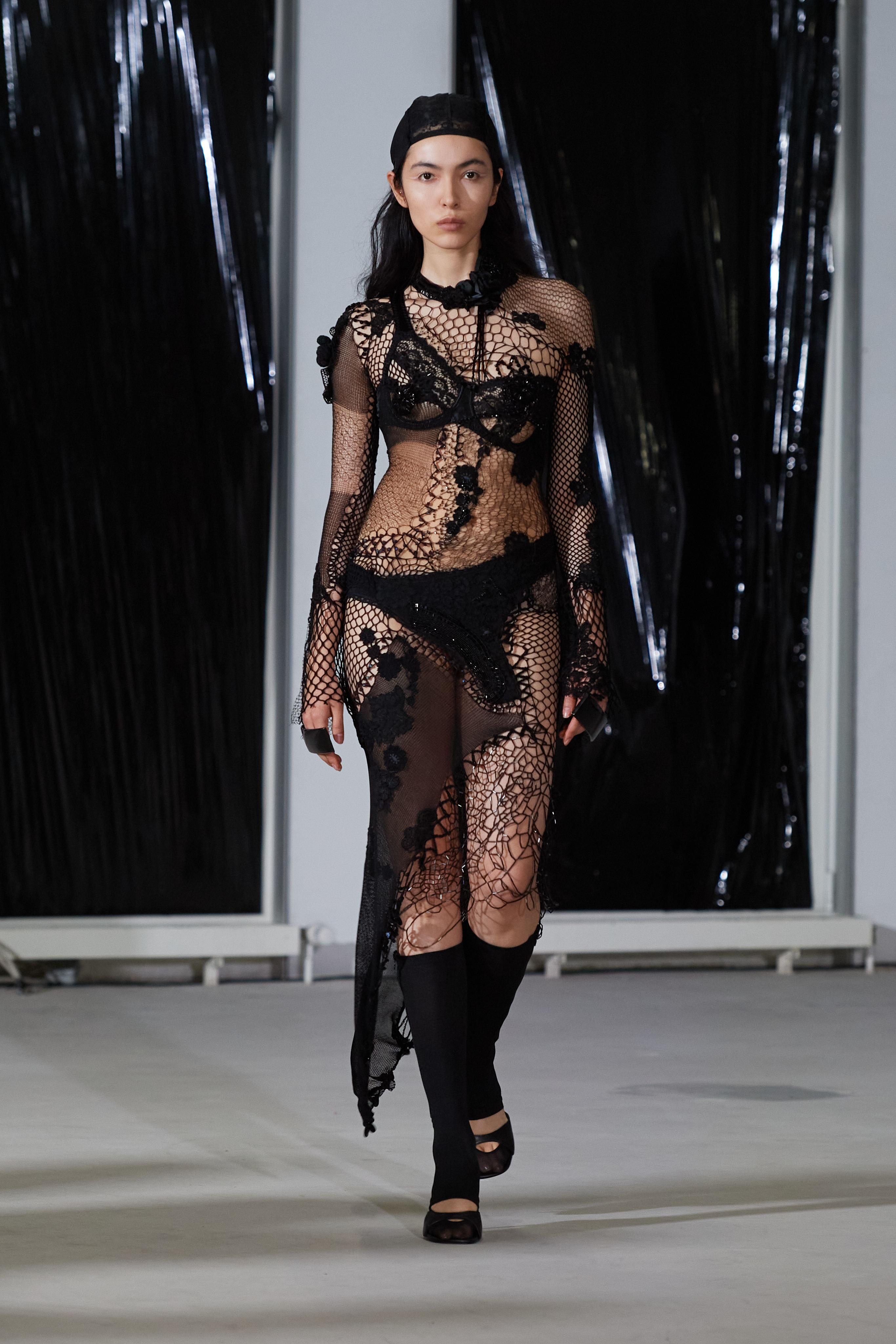
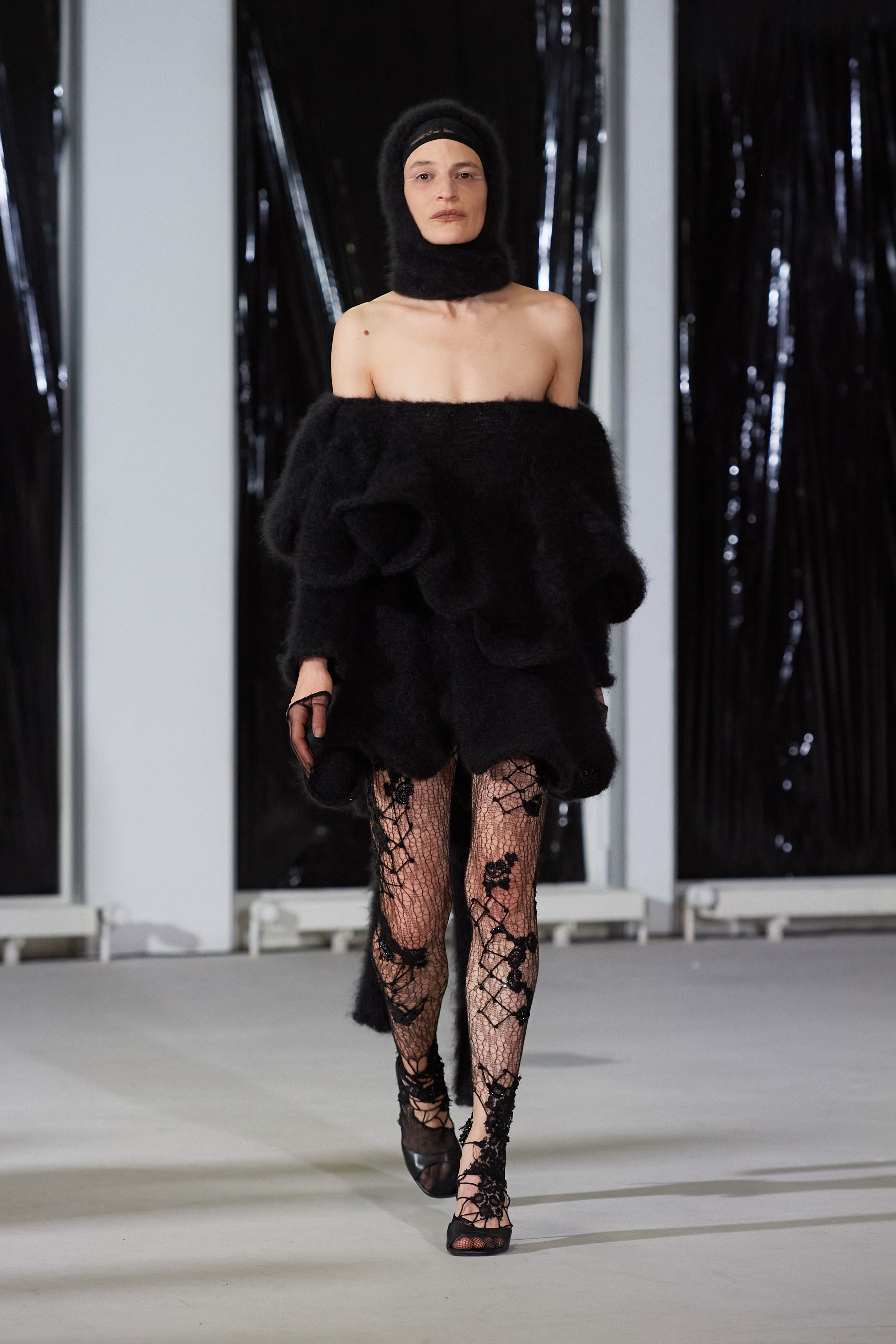
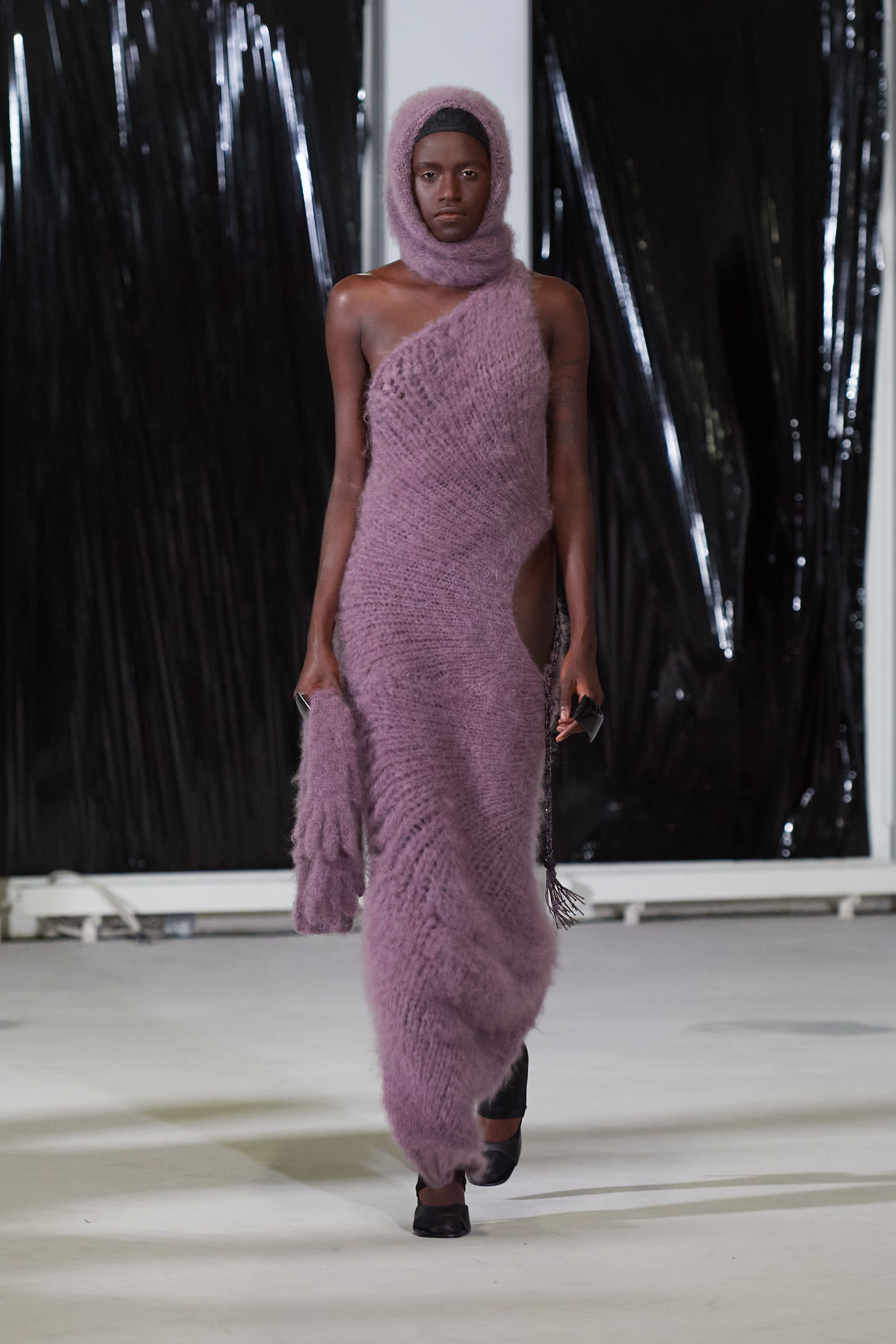
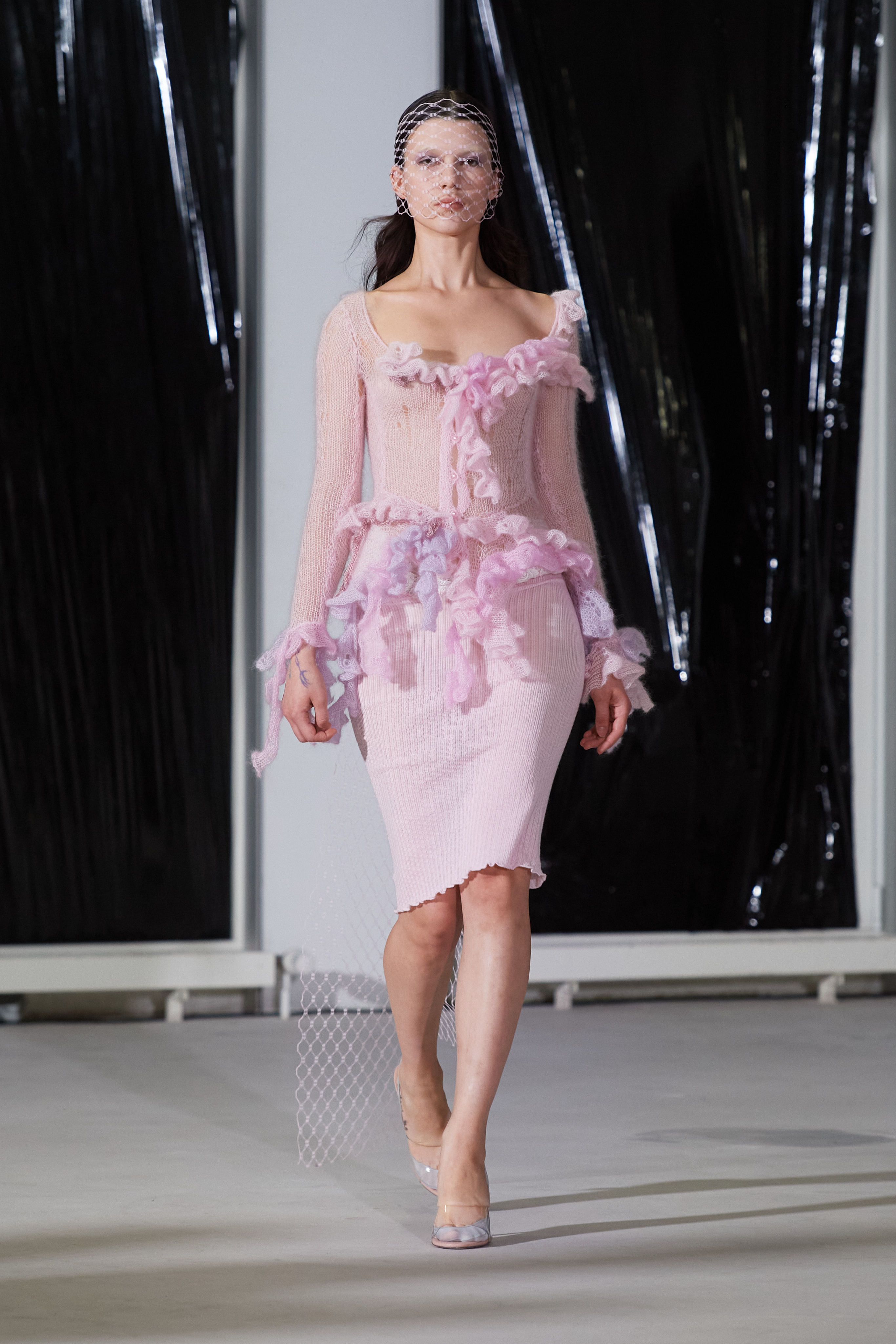

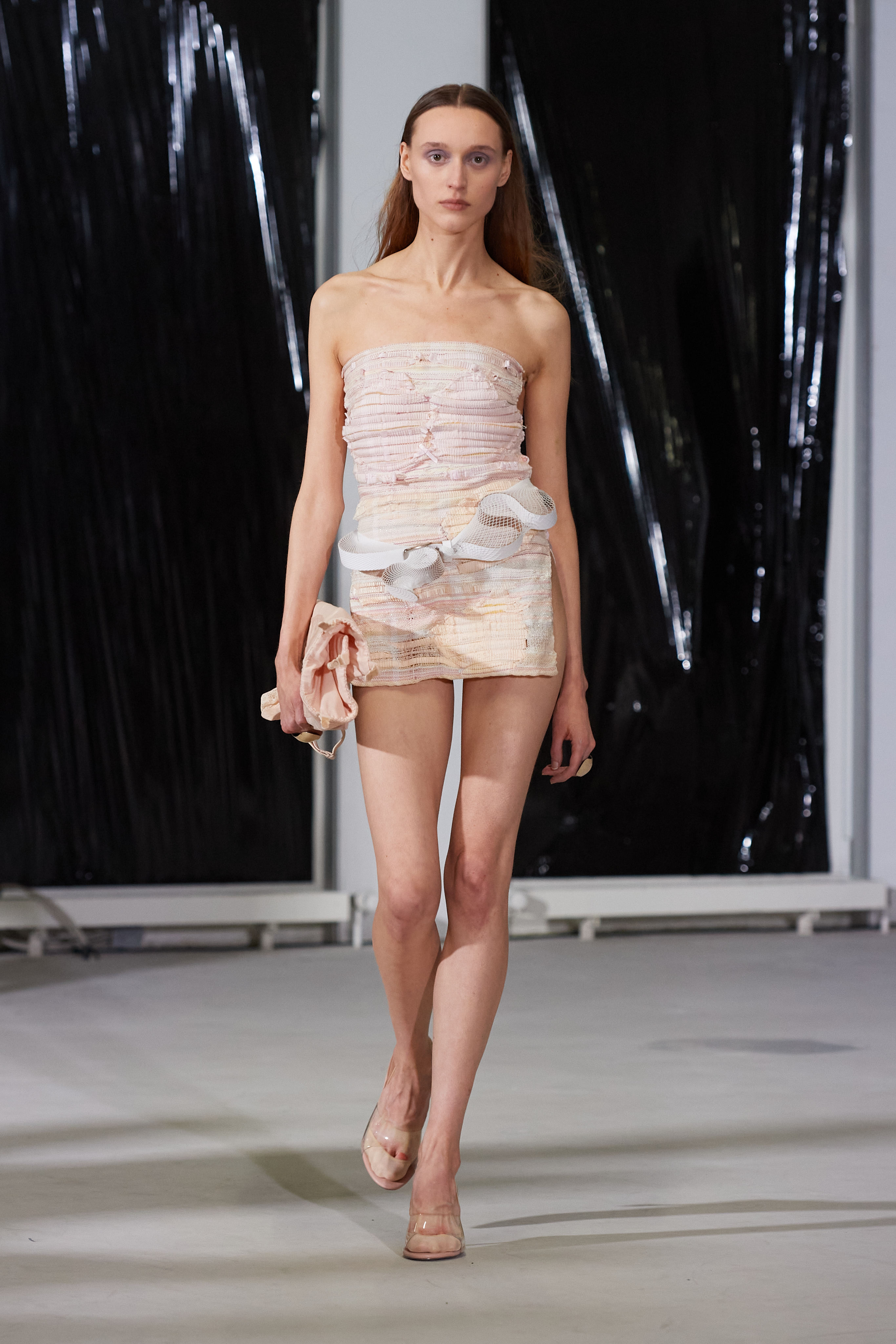

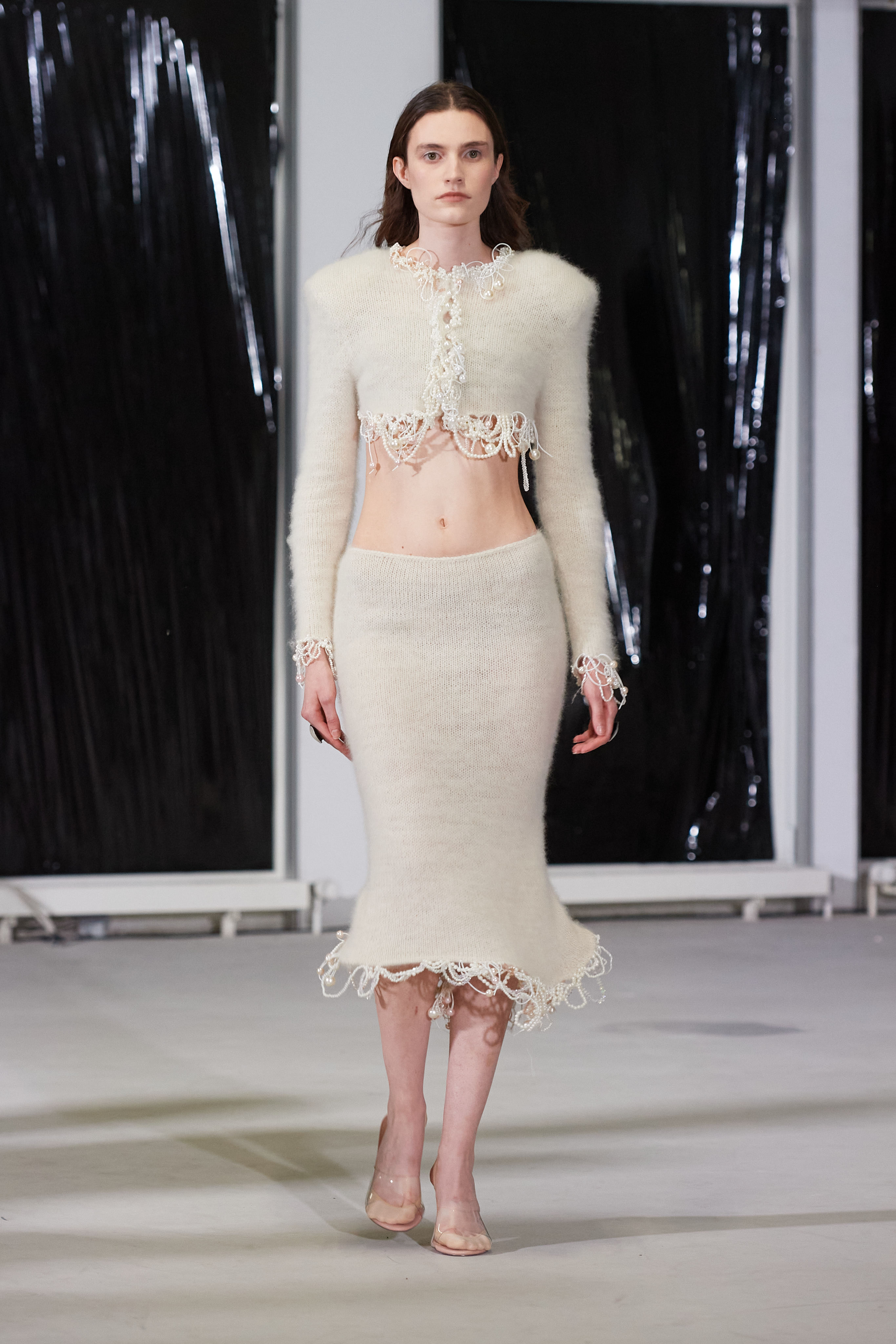
A femininity that gained full potential at Lou de Bètoly. Take, for example, this season’s variety of knitted pieces for women, such as skin-tight gowns or a simple blouse with romantic detail along the collar and breast. They owed a debt to illusion and distortion, with looks challenging reality’s perceptions. Skirts made from bras and leather coats turned into bags reinterpret classic couture and reflect the label's upcycling principle. One look created the illusion of denim but was actually crocheted from yarn and sequins. It was pointed to the craving for more elegant, less in-your-face sartorial reference. And it was extremely tasteful.
Sia Arnika
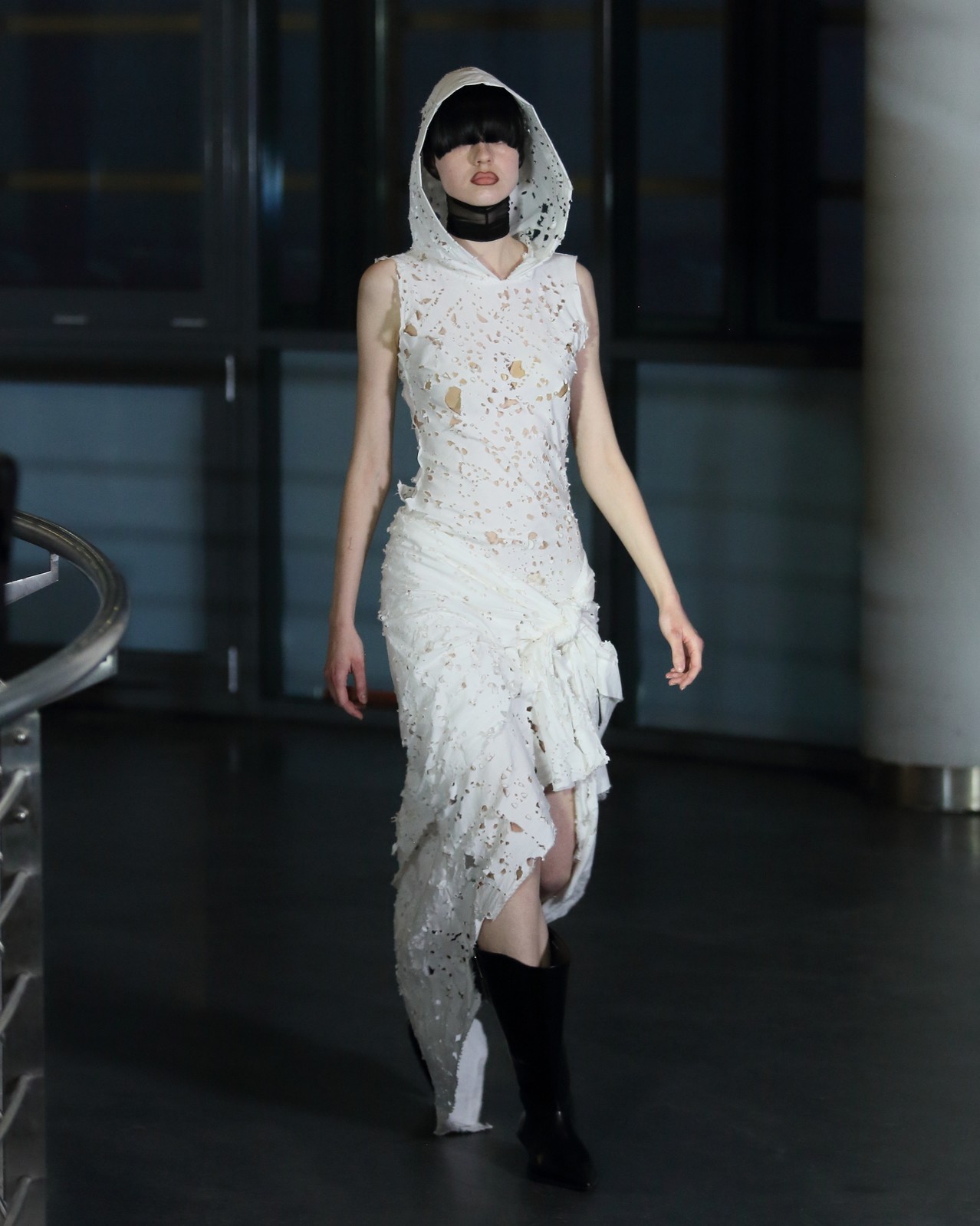
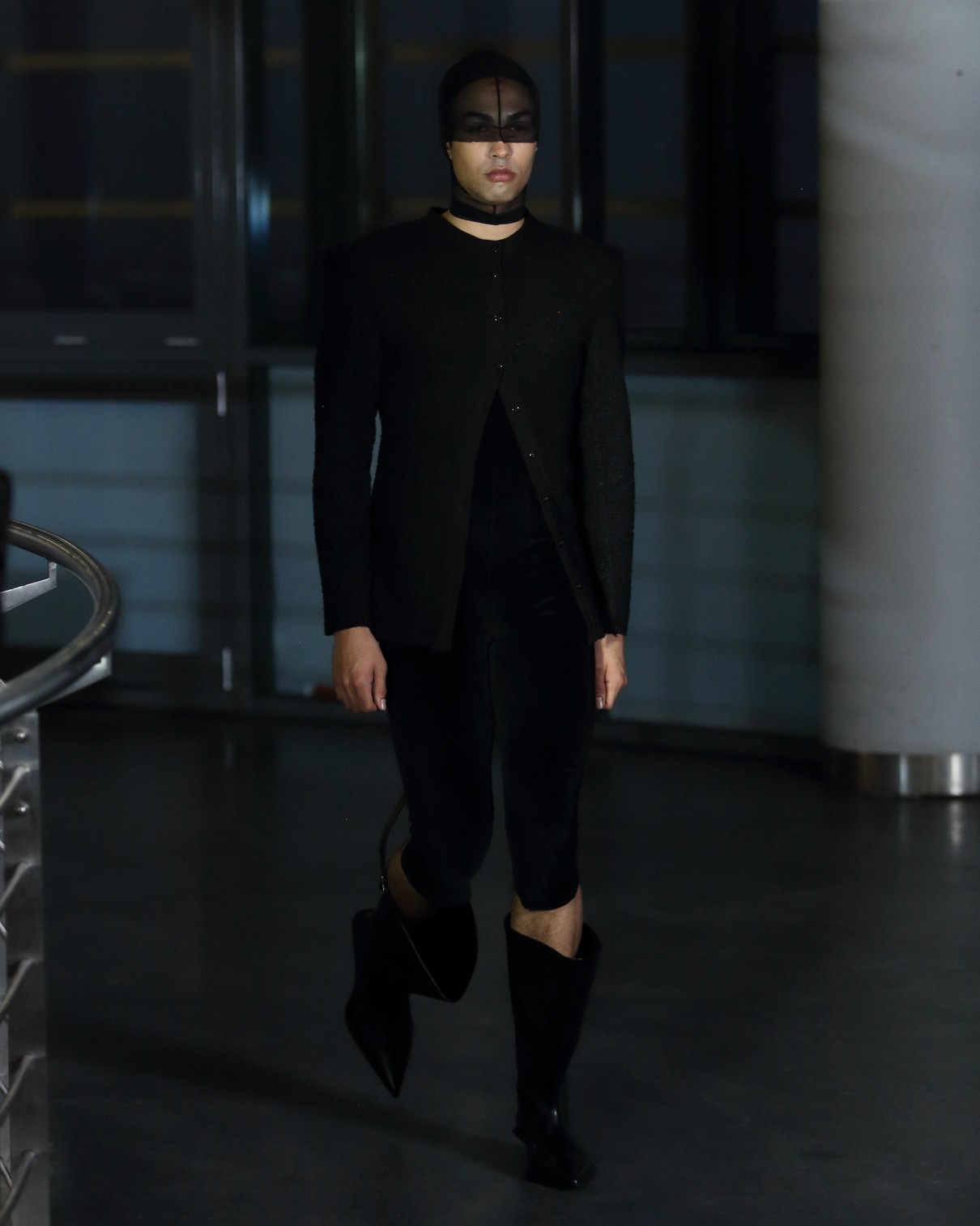
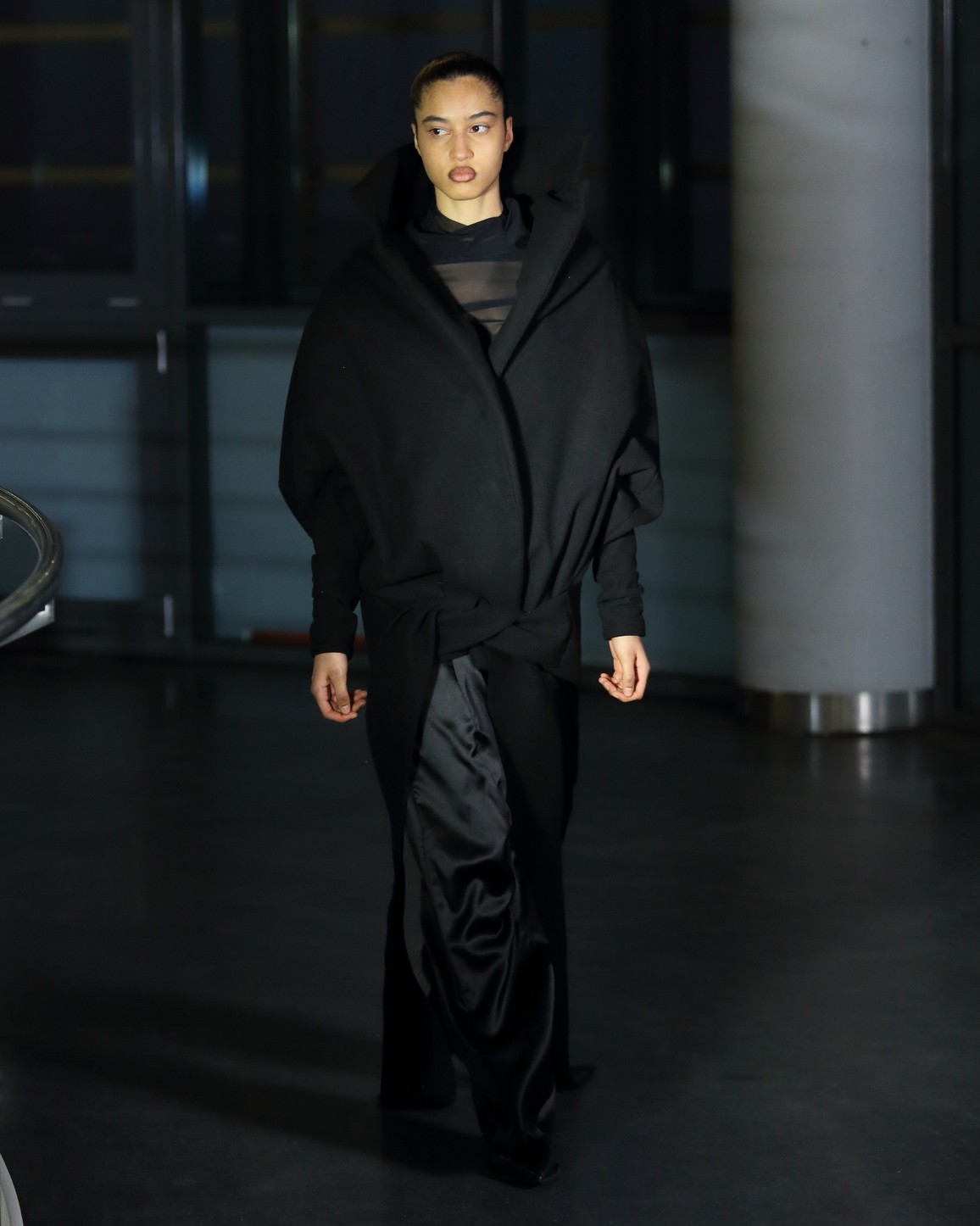
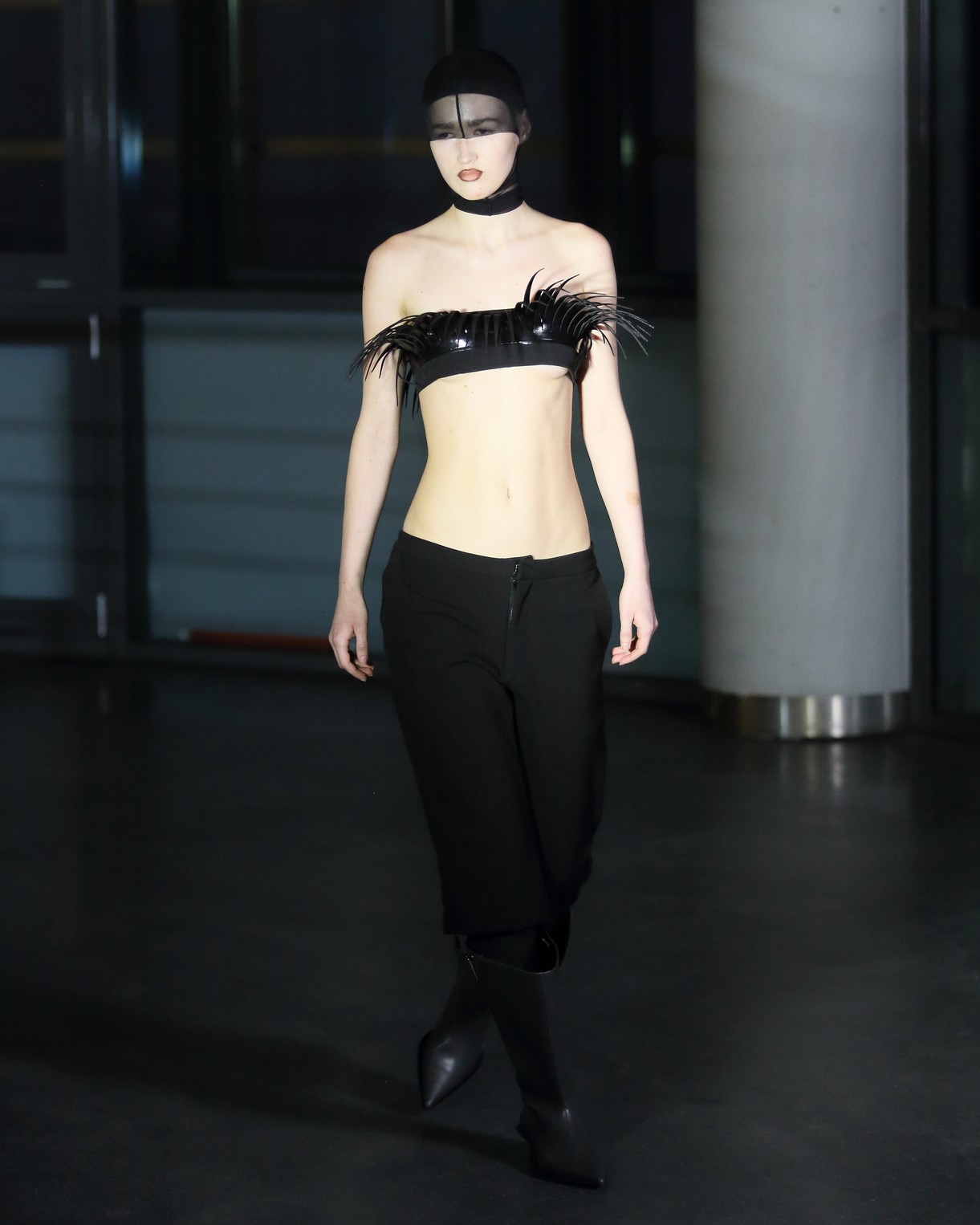
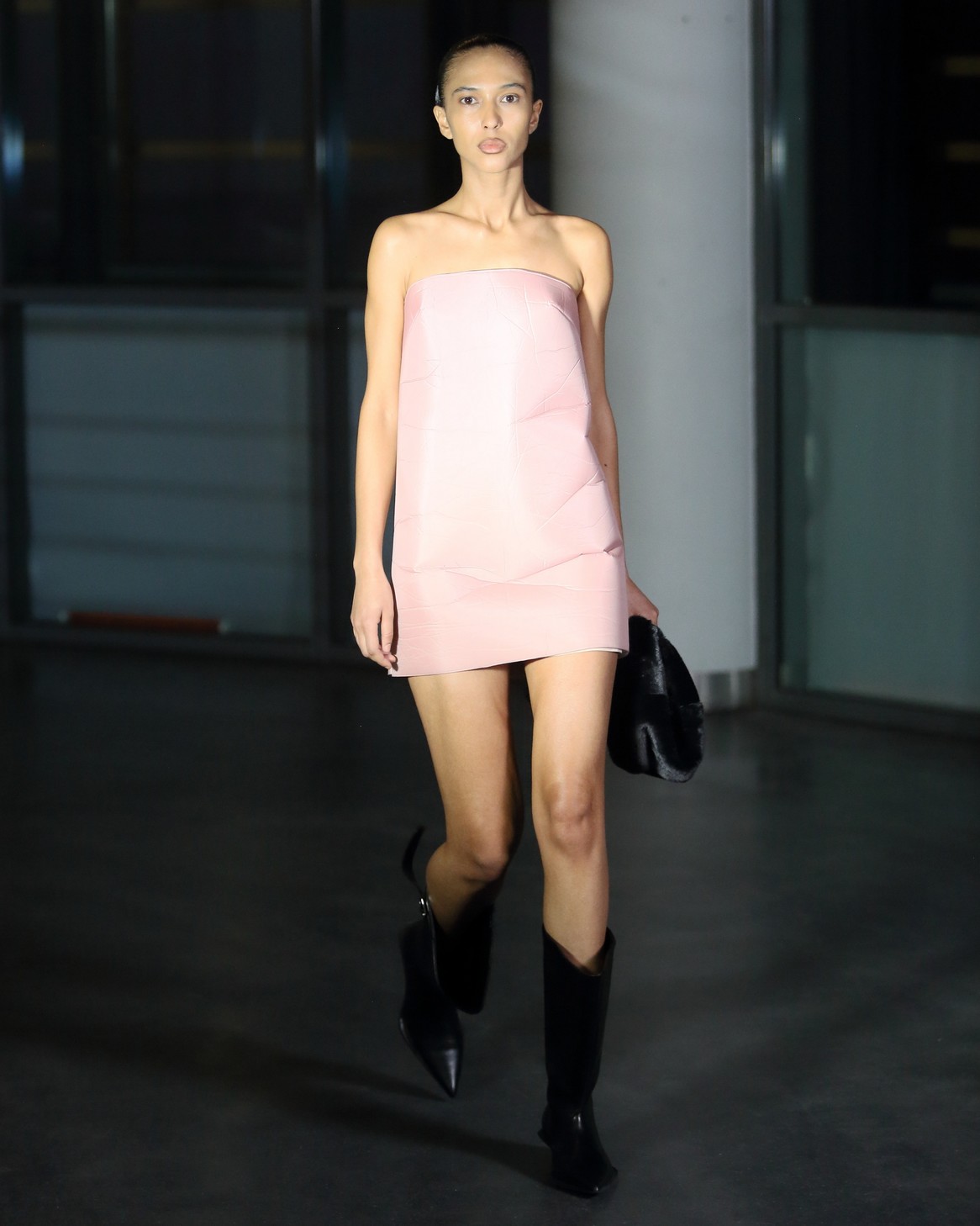

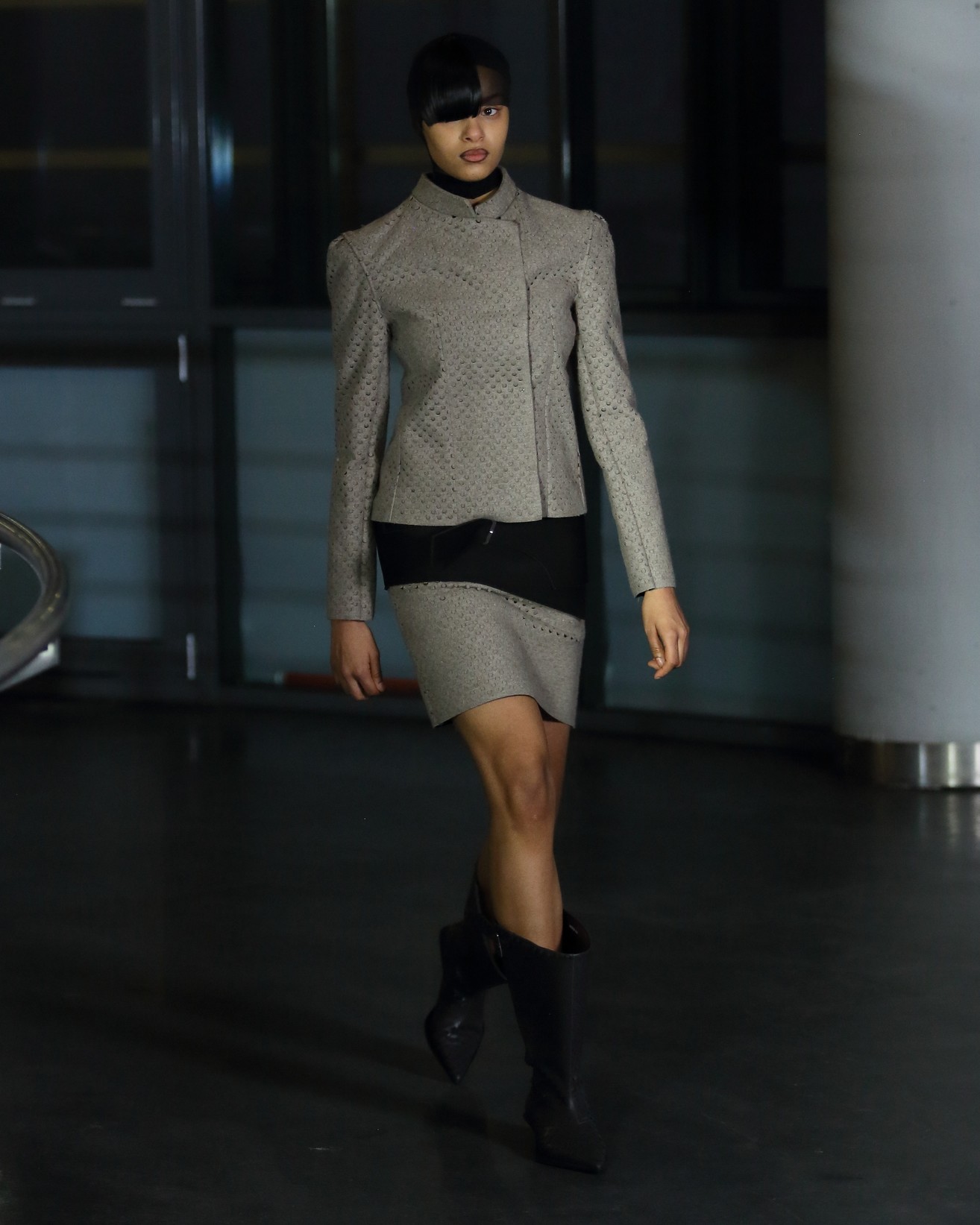
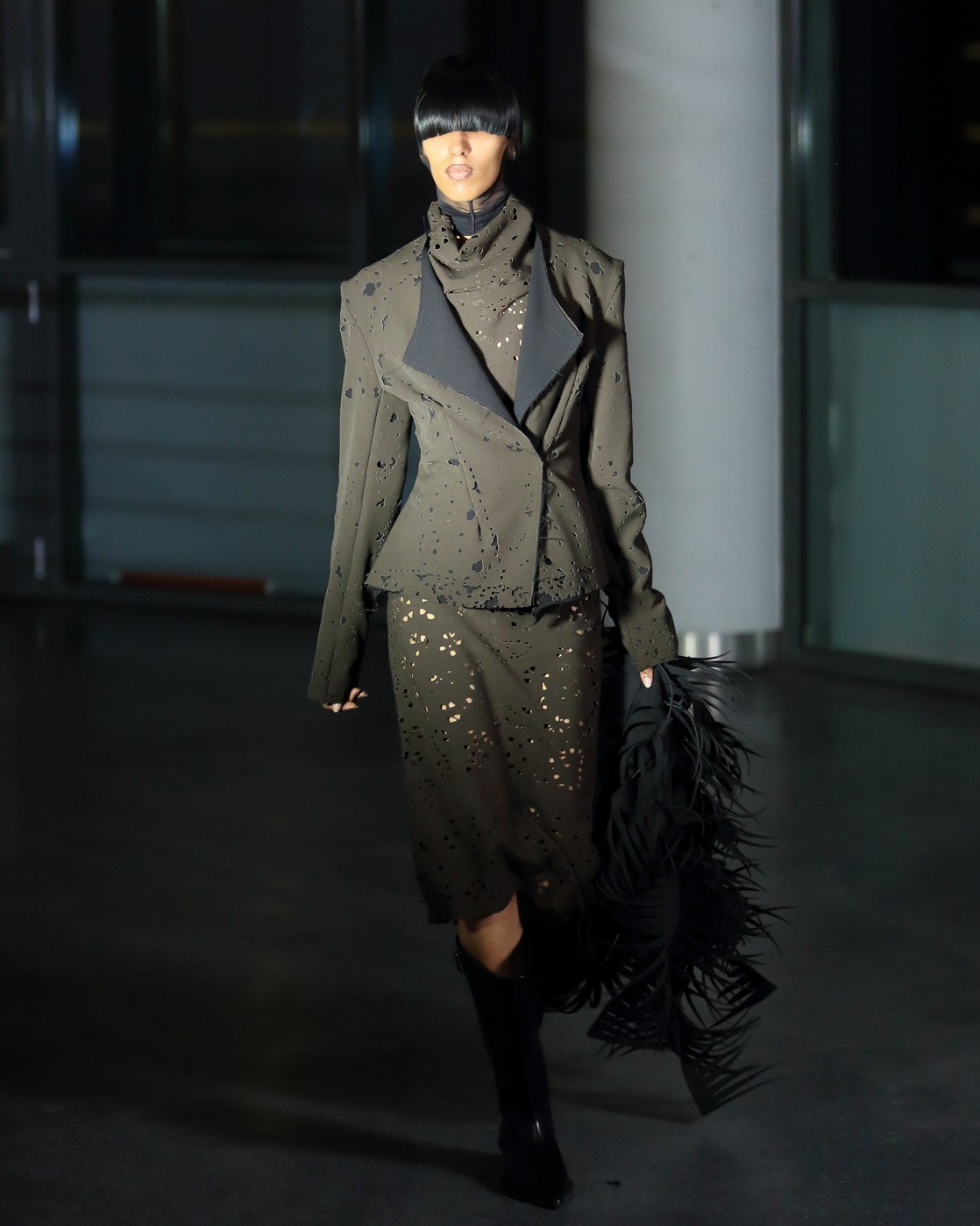

But references, can one ever have enough? Not in Sia Arnika’s creative realm. “I was trying to toy with the dichotomy of the mundane and the noughties somehow,” she concurs in a post-show interview, explaining that “there’s a lot of sheerness juxtaposed with heavy utility in the lineup as well, but then one can find the cut and the lace—some of which was Danish inspired, and of oversized kind.” The designer fancies playing with bold, striking lines, and the clever touches that comprise shapes and deconstruction, toying with dramatic structure and graceful offerings that led to researched textile experimentations and nodded towards her classic standouts—namely skirts, body-hugging gowns and skin-tight separates.
All in all, as designers part and parcel of an ever growing market, experimentation might be their best resistance.

Spanning over 20,000 square meters across multiple levels, the fair brings visitors into a world where over 500 brandscome alive. It isn't just the spectrum of menswear, womenswear, children's collections, and footwear that captivates buyers, but the world the fair builds — allowing imersion into Nordic culture through food, artist showcases, and rigorous talks on timely topics like the ever-important art of digital curation. As the digital landscape continuously redefines how we interact with fashion, CIFF remains a steadfast herald of change. Its emphasis on digital sophistication, visual identity, and the substantive impact of blockchain technology on fashion points towards an era where tradition and innovation coexist in harmony.
For over 30 years, CIFF has carried the torch for positive industry transformation, spotlighting Scandinavian brands that harmonize heritage craftsmanship with modern design principles. But it's more than a showcase; it's a cultural forum where education meets creativity, modernity meets tradition, and where new relationships drive the industry toward a much-needed reinvention. fostering relationships in an industry ripe for reinvention. The fair’s 62nd incarnation saw visitor numbers soar — a testament to the world's growing fascination with Copenhagen as a fashion capital and beacon of creativity. CIFF 62 also introduced the CIFF Village, the new name for its permanent space in Bella Center, providing showrooms for over 500 brands year round. It is also host to studios for emerging designers.
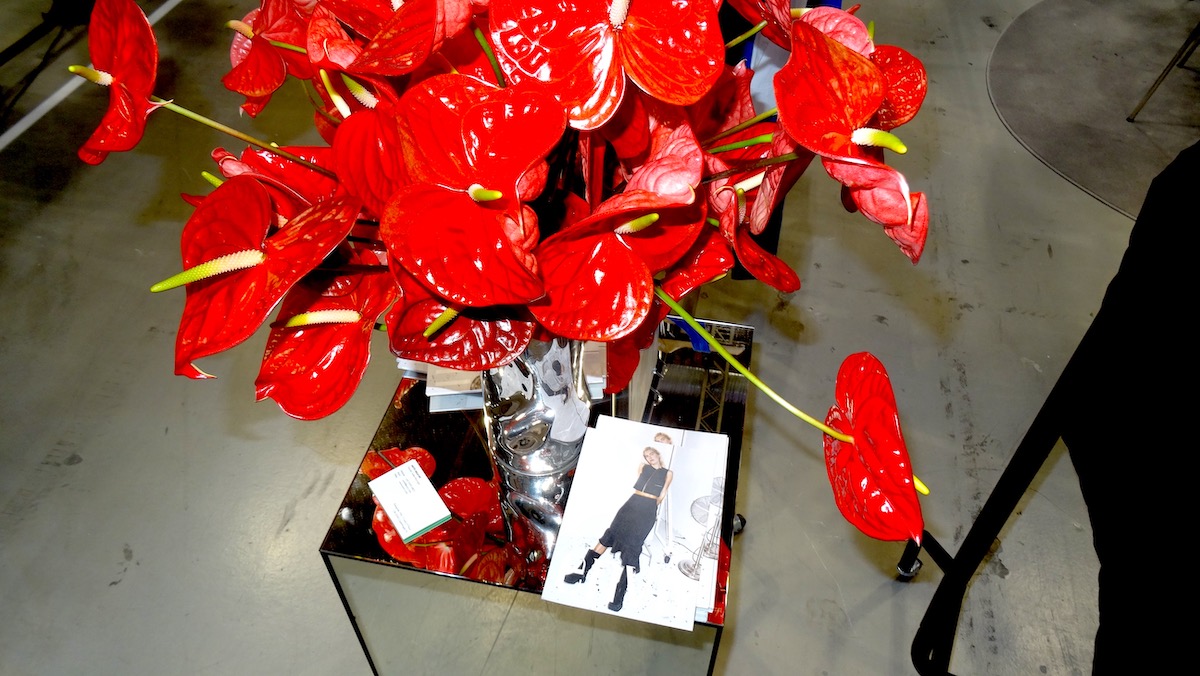
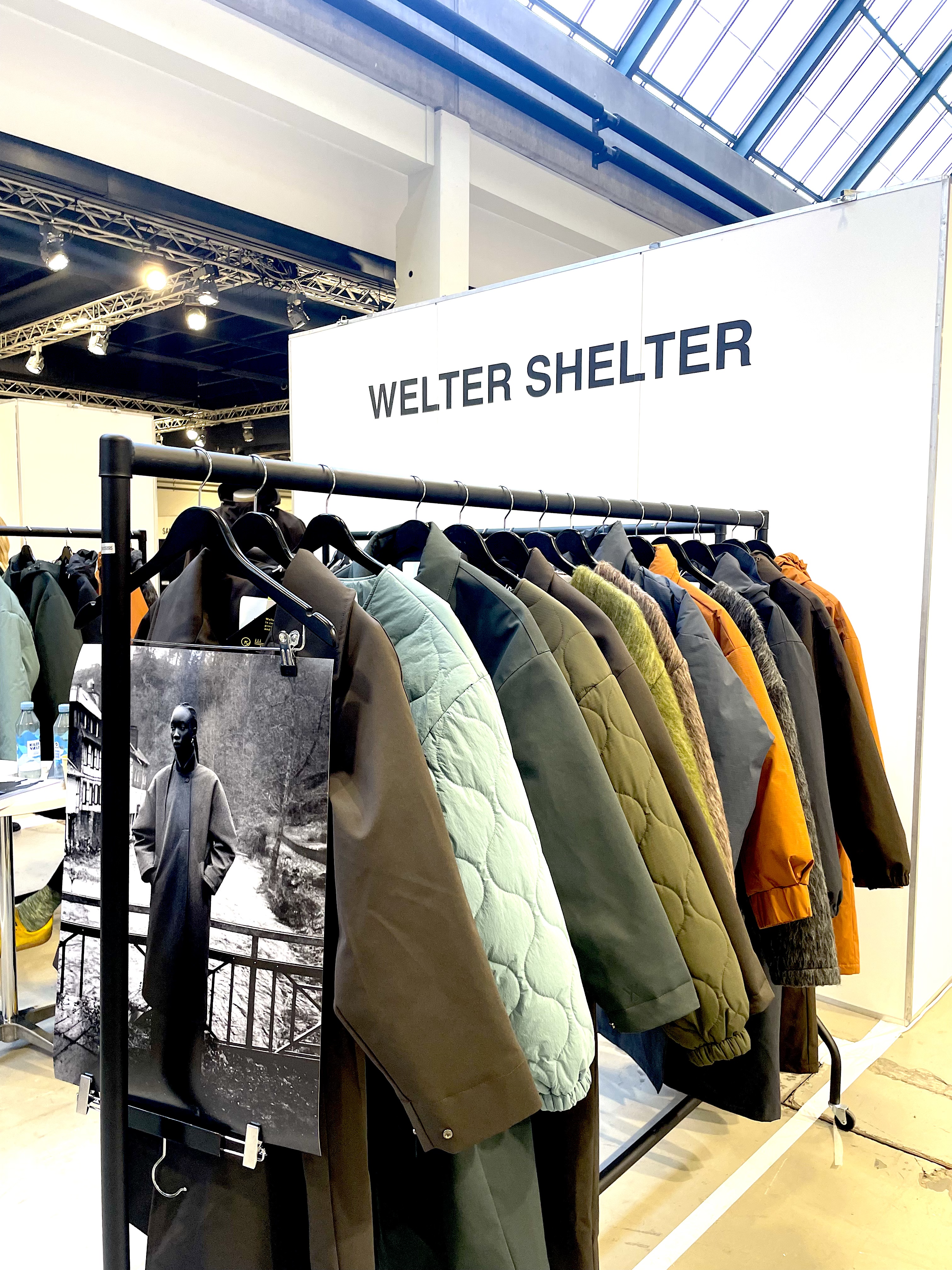
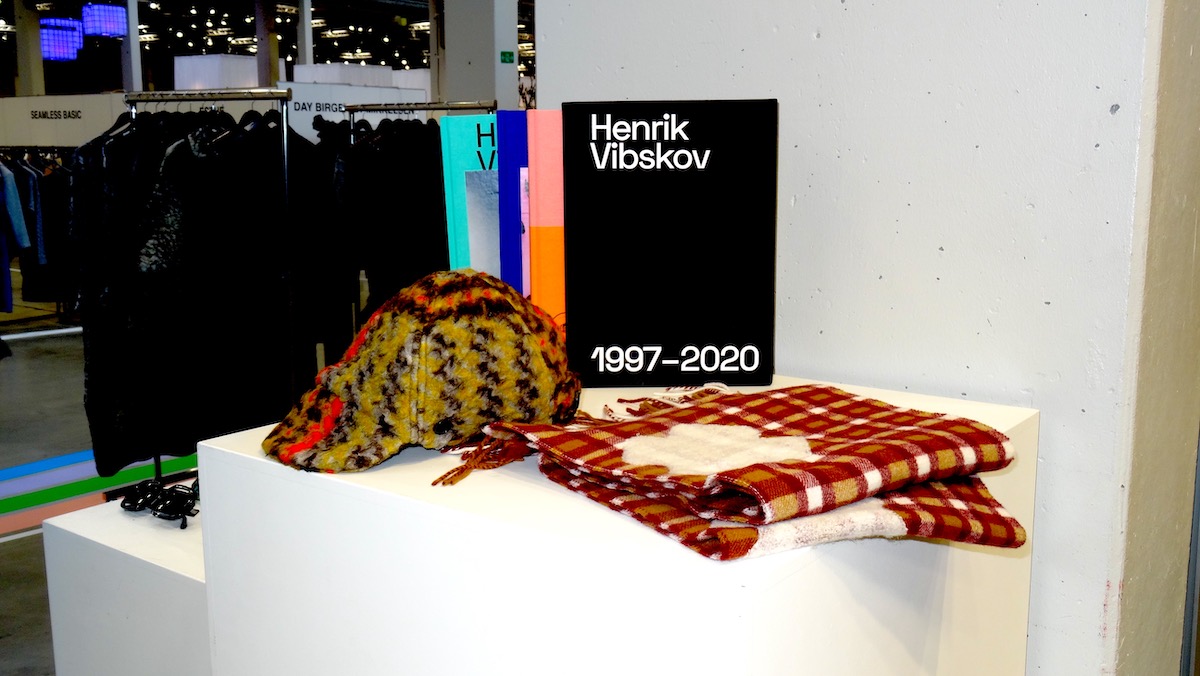
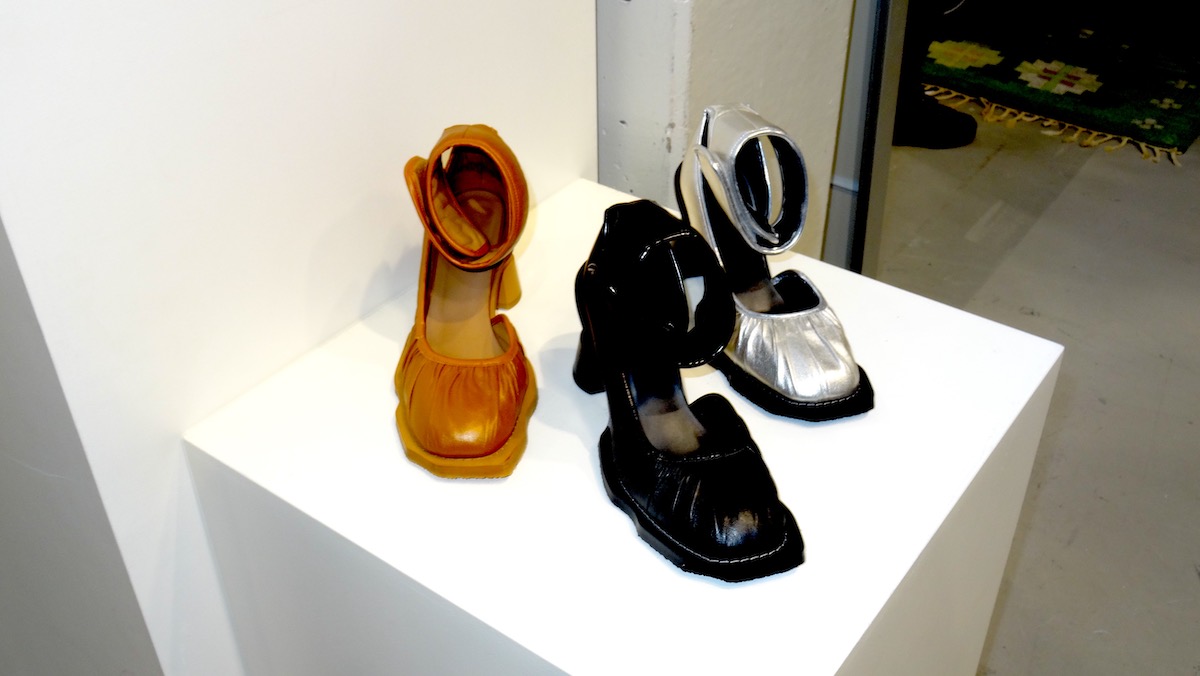
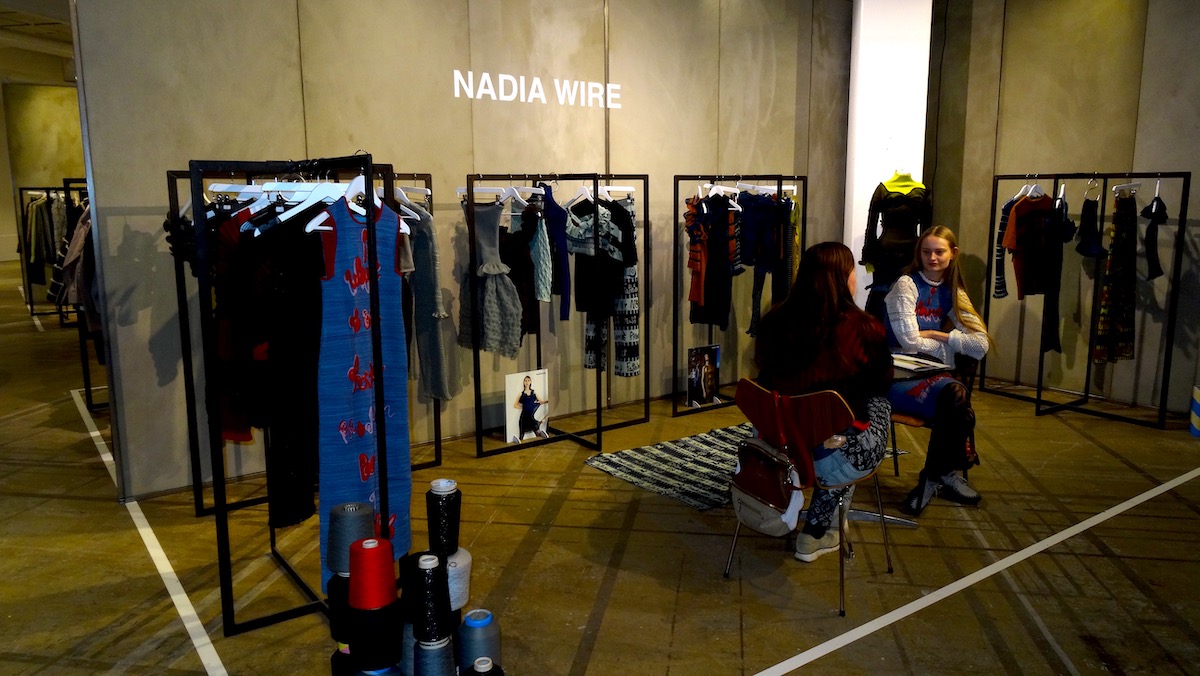
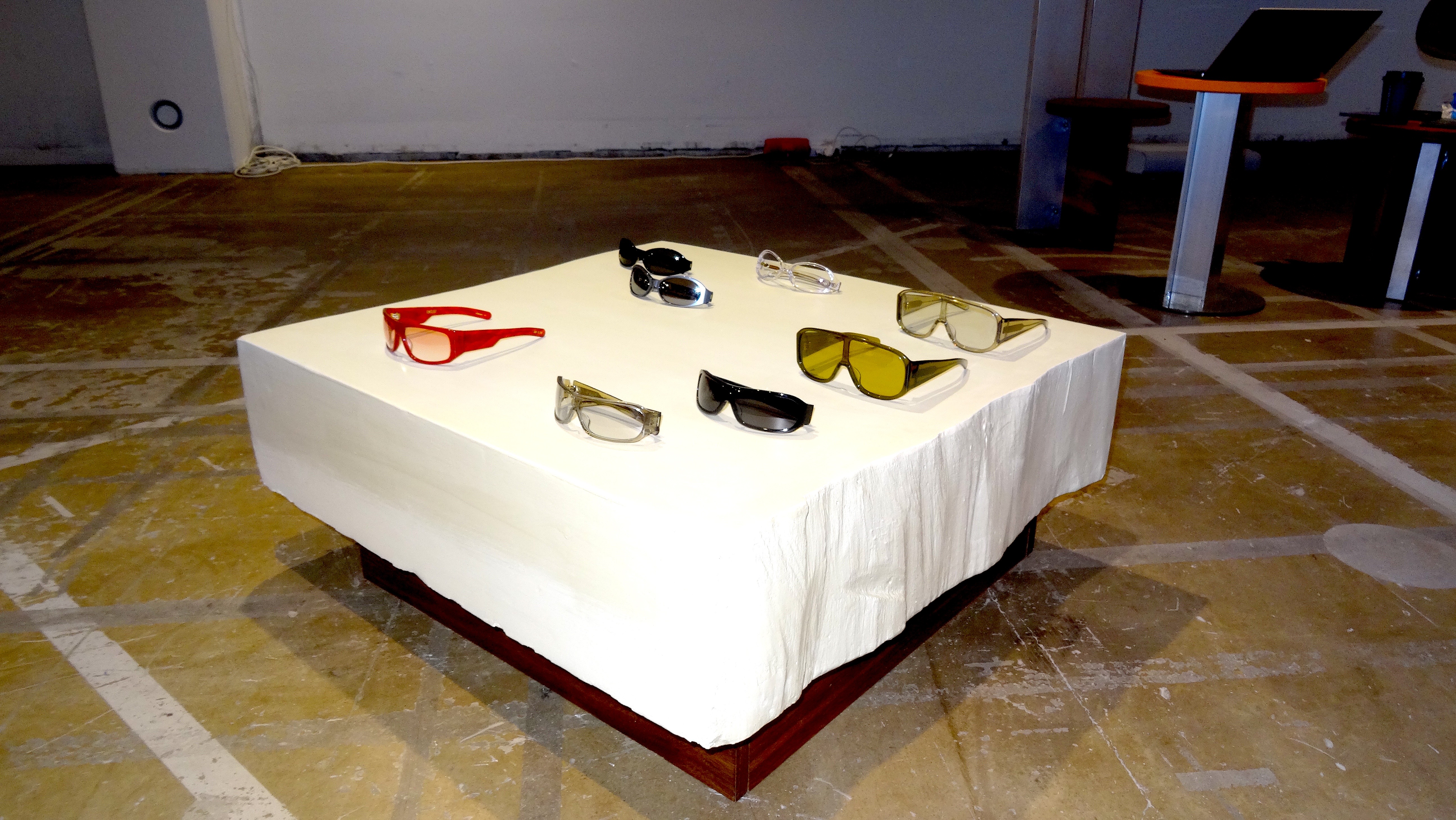
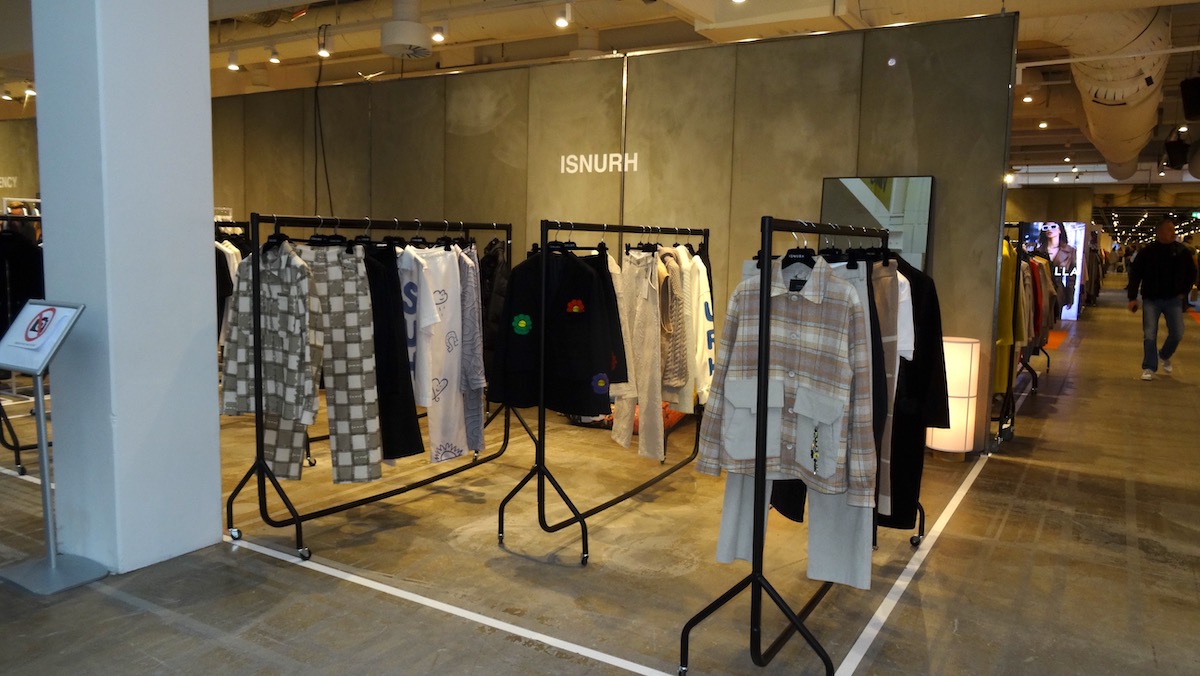
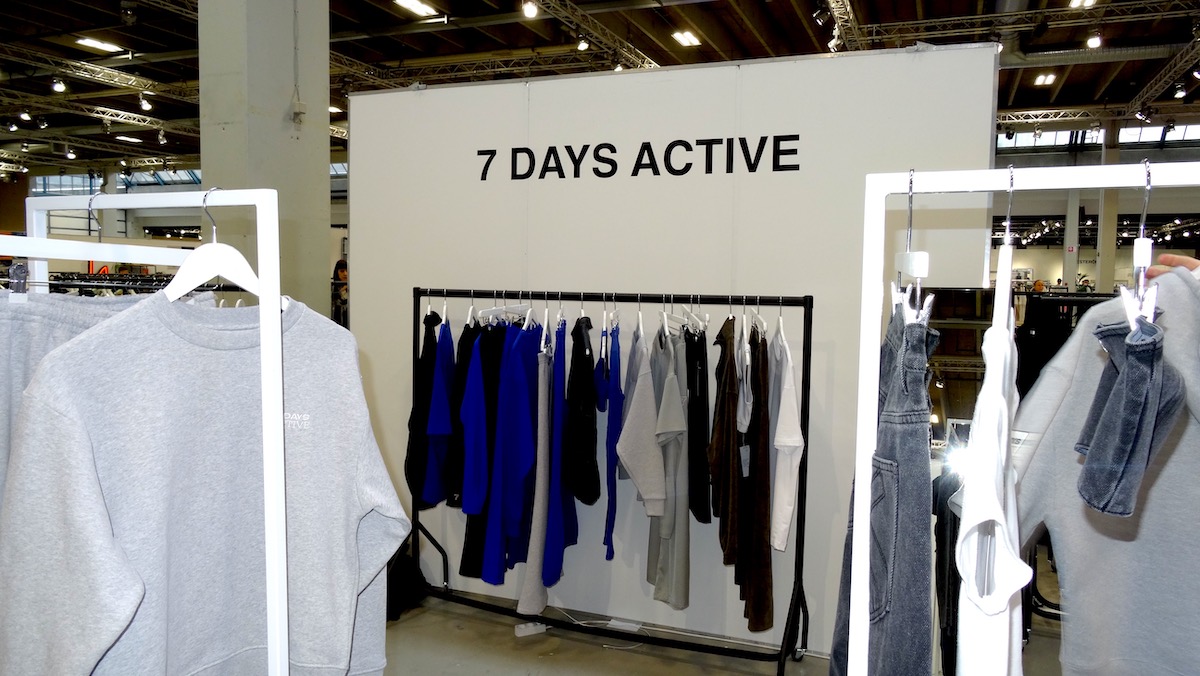

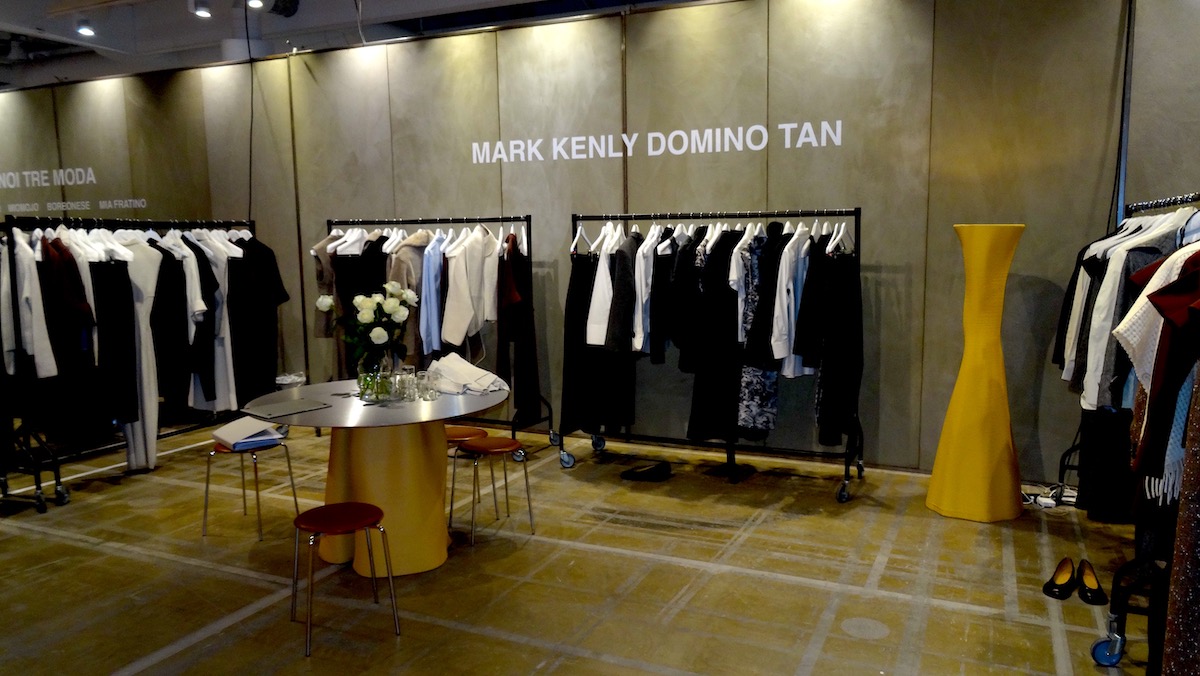
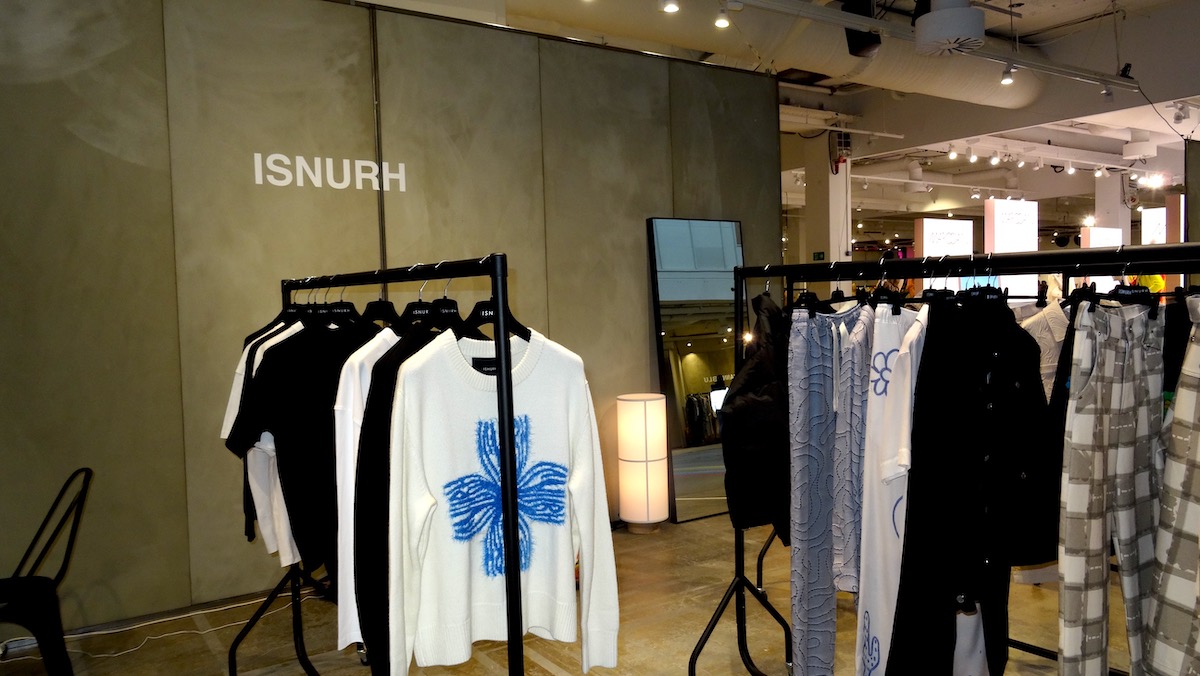
CIFF's allure is its ability to offer an eclectic mix of experiences that all converge on the future of fashion. It touches on sustainability without being preachy, on technology without being inaccessible, and on art without being esoteric. It balances the fine line between an industry event and a cultural festival, where the lines often blur in the most beautiful ways. CIFF ingeniously stitches together everyone — from emerging talent to seasoned pros, anddomestic names to international players — all under the umbrella of Bellagroup's expansive industry influence. Since 1993, the fair has embraced its pivotal role in the fashion calendar, drawing over half a million visitors and hosting 10,000 exhibitors, reinforcing its status as a premiere global fashion hub. With a reach like this, it makes sense why CIFF’s narrative is one of unity and collaboration.
In an industry so notoriously “look but don’t touch,” CIFF encourages viewer particiation, giving people the opportunity to curate a slice of the fashion frontier for themselves. It’s a scene set for discovery and connection, catering to everyone from the up-and-coming designer to the seasoned buyer with an eye for what’s next. It's where conversations that start as professional dialogues organically transition into resilient partnerships and friendships.Perhaps the most invigorating aspect of CIFF is the palpable sense of community. It's an event that embodies the Scandinavian spirit, balancing a cozy atmosphere with a progressive mindset focused on inclusivity.
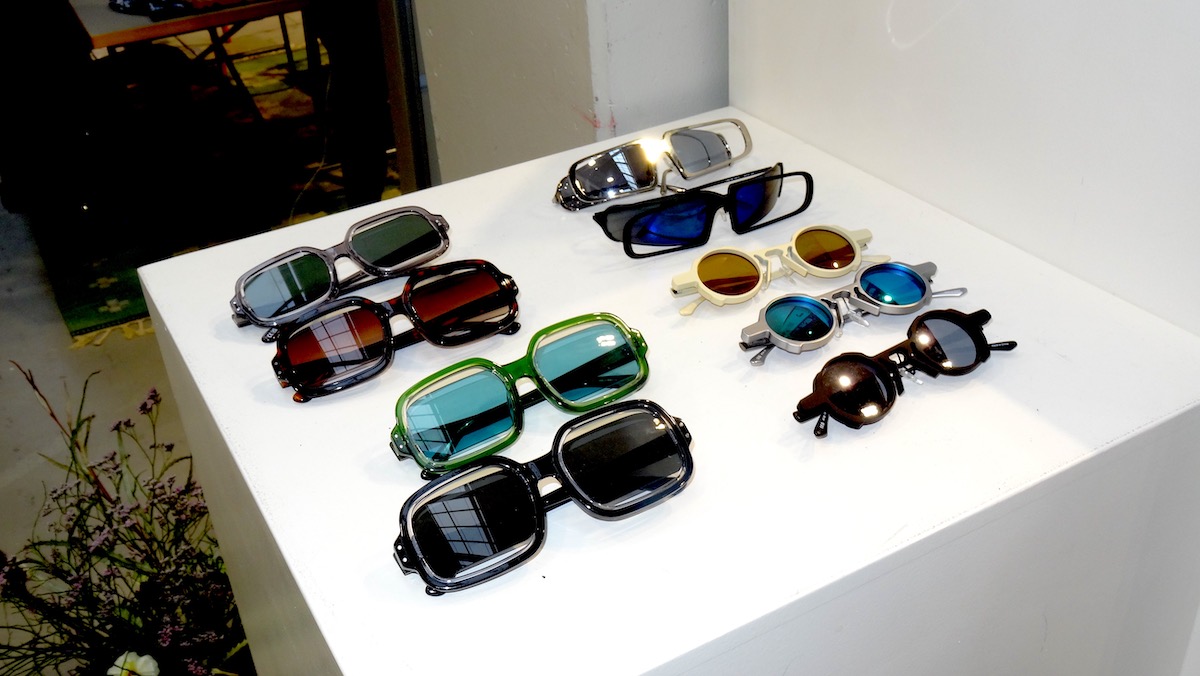
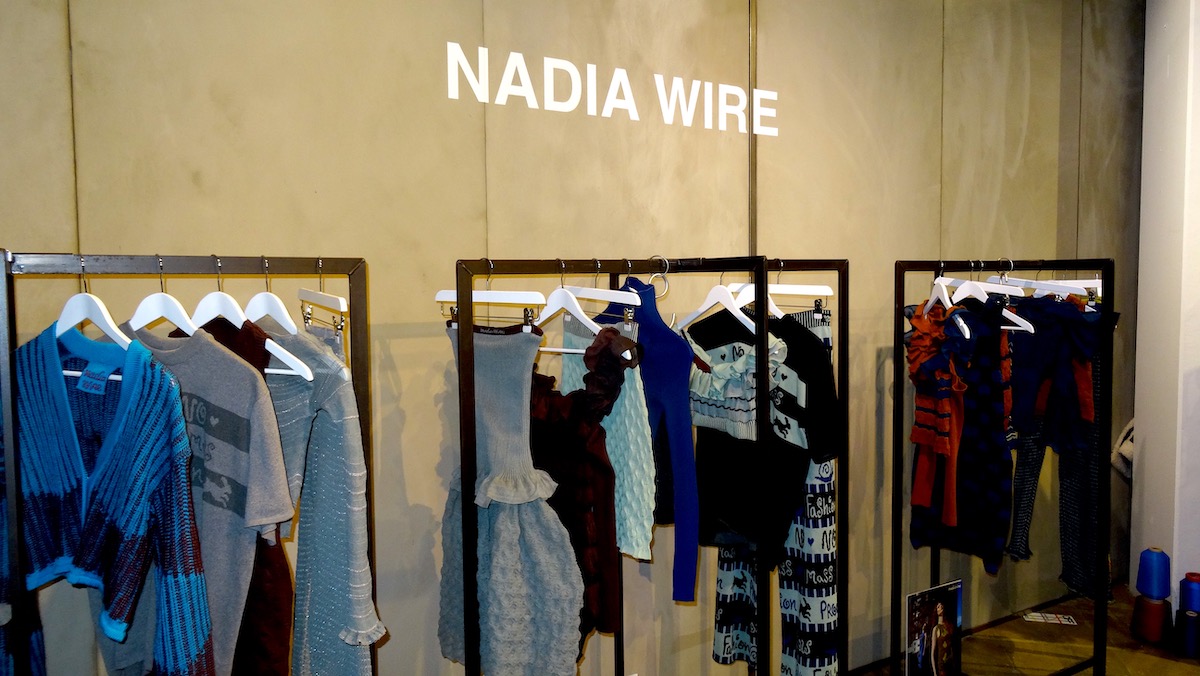
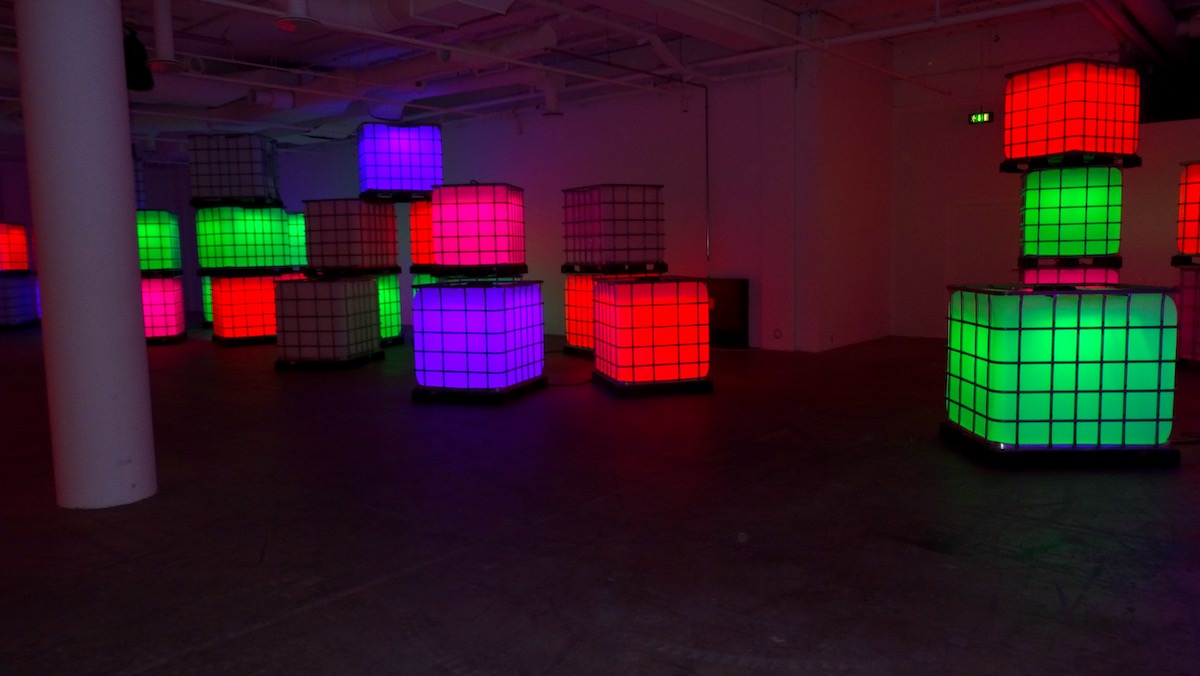
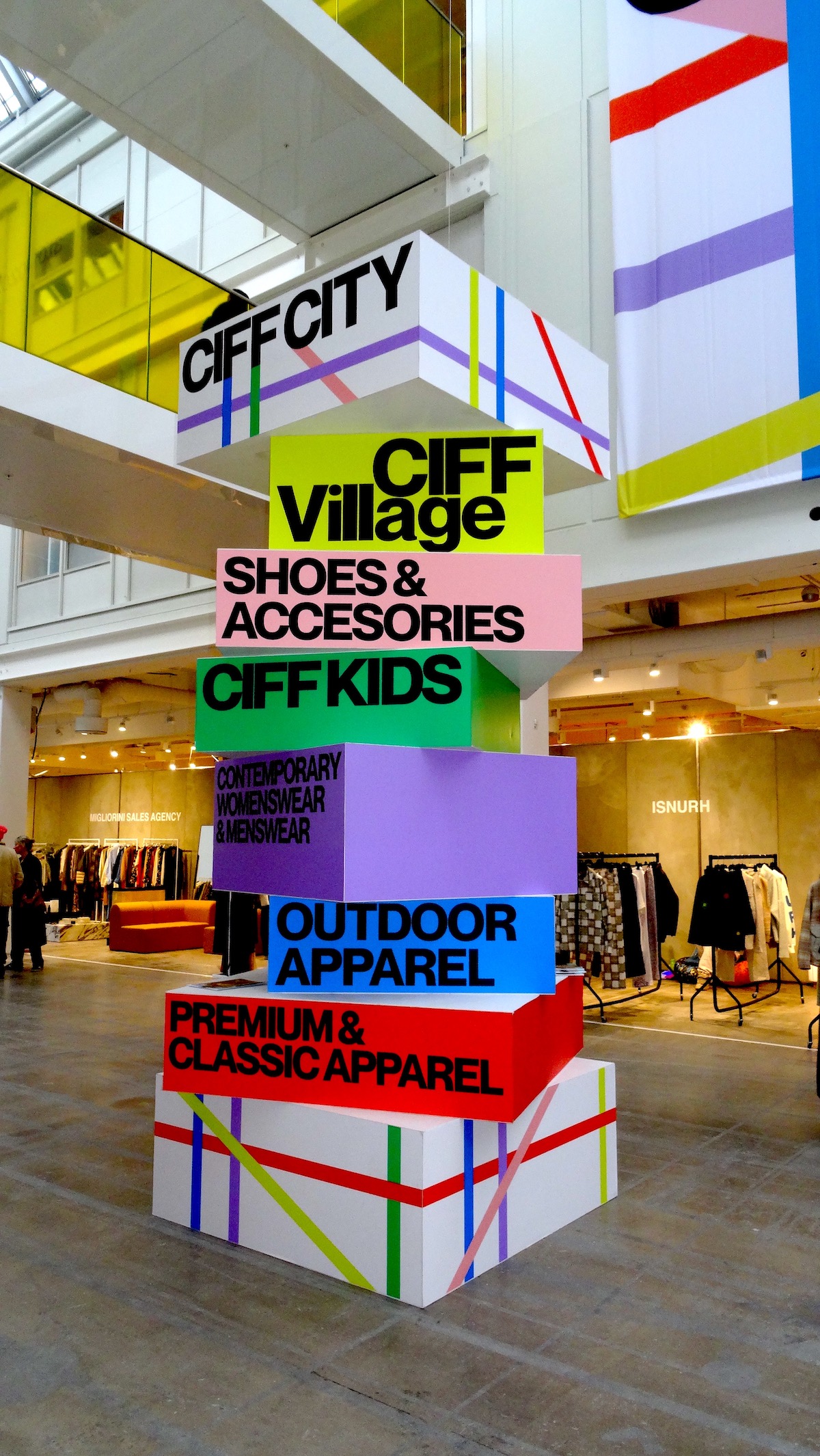
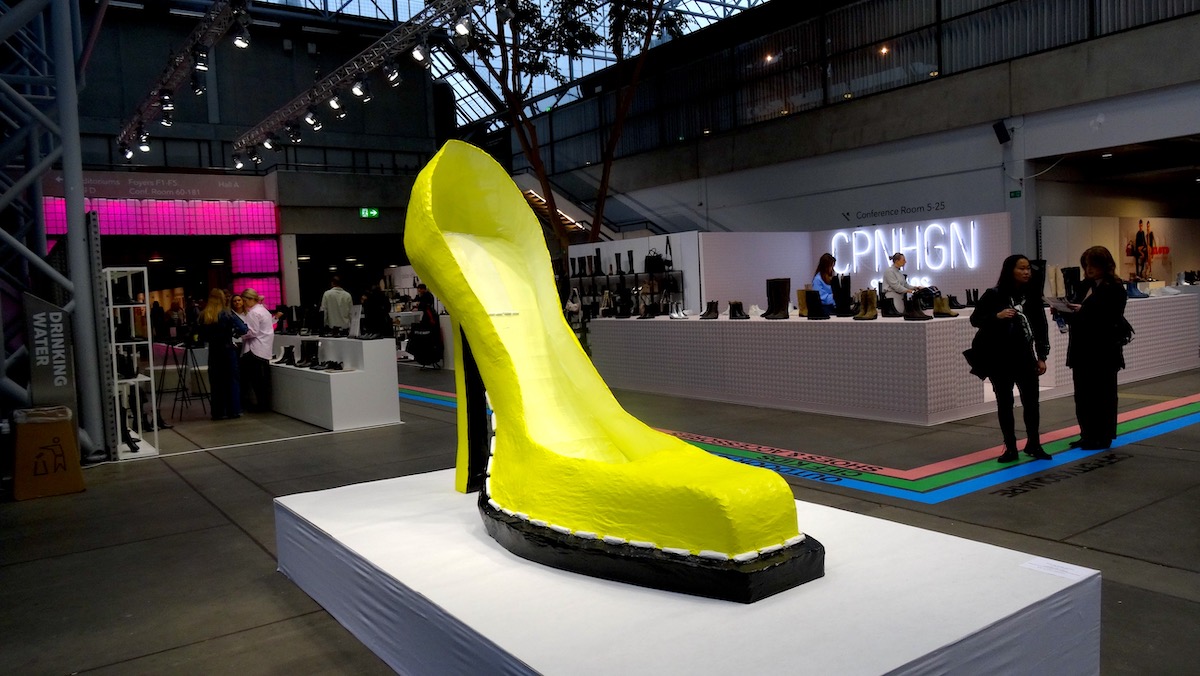
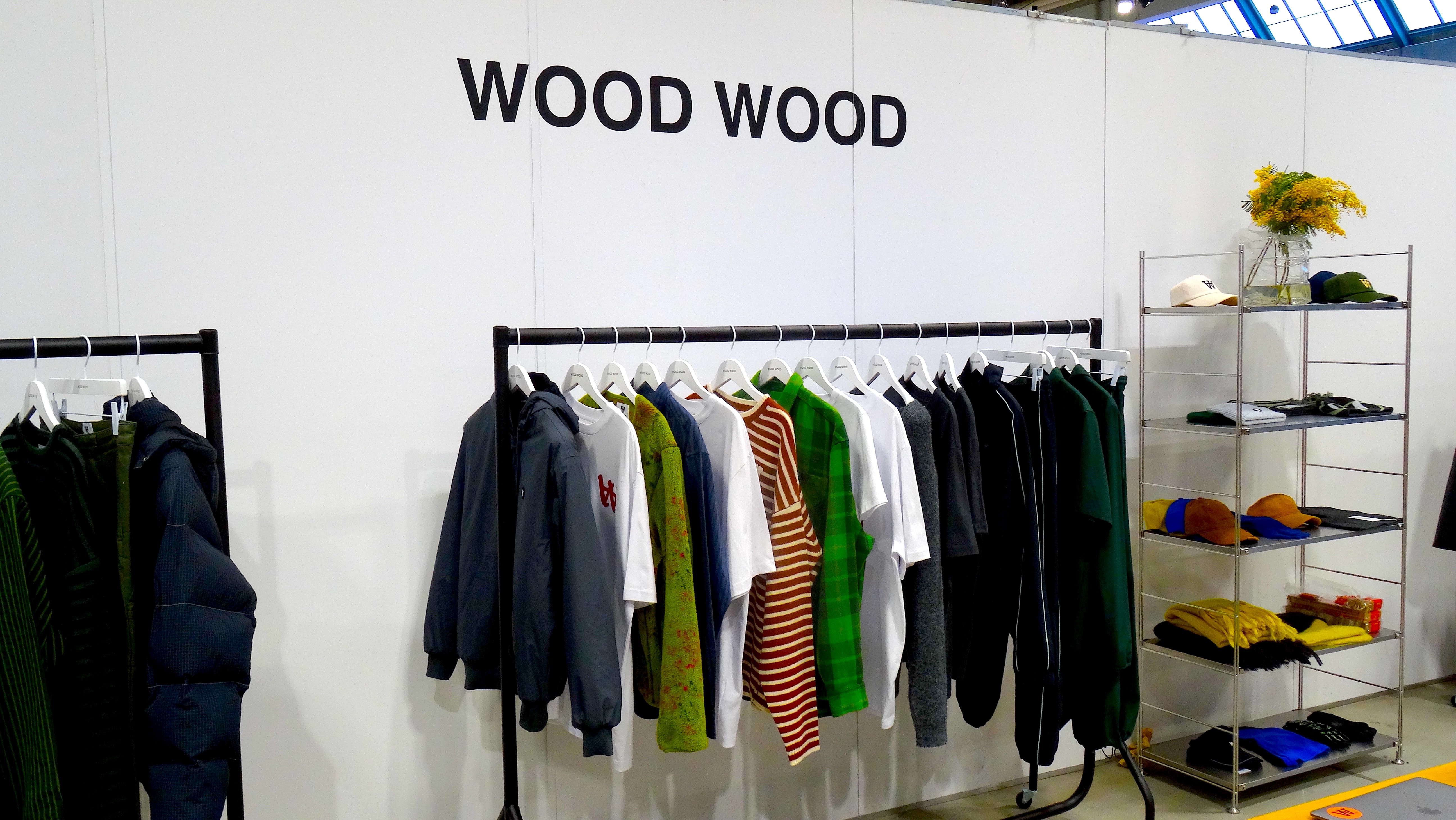
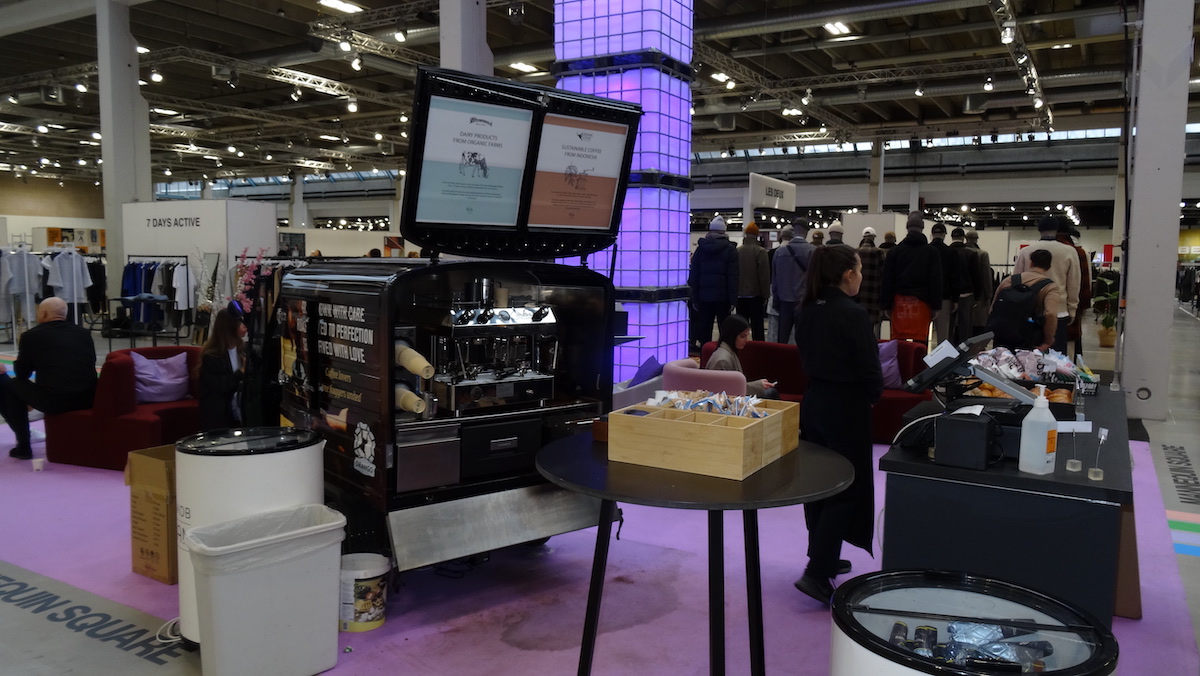
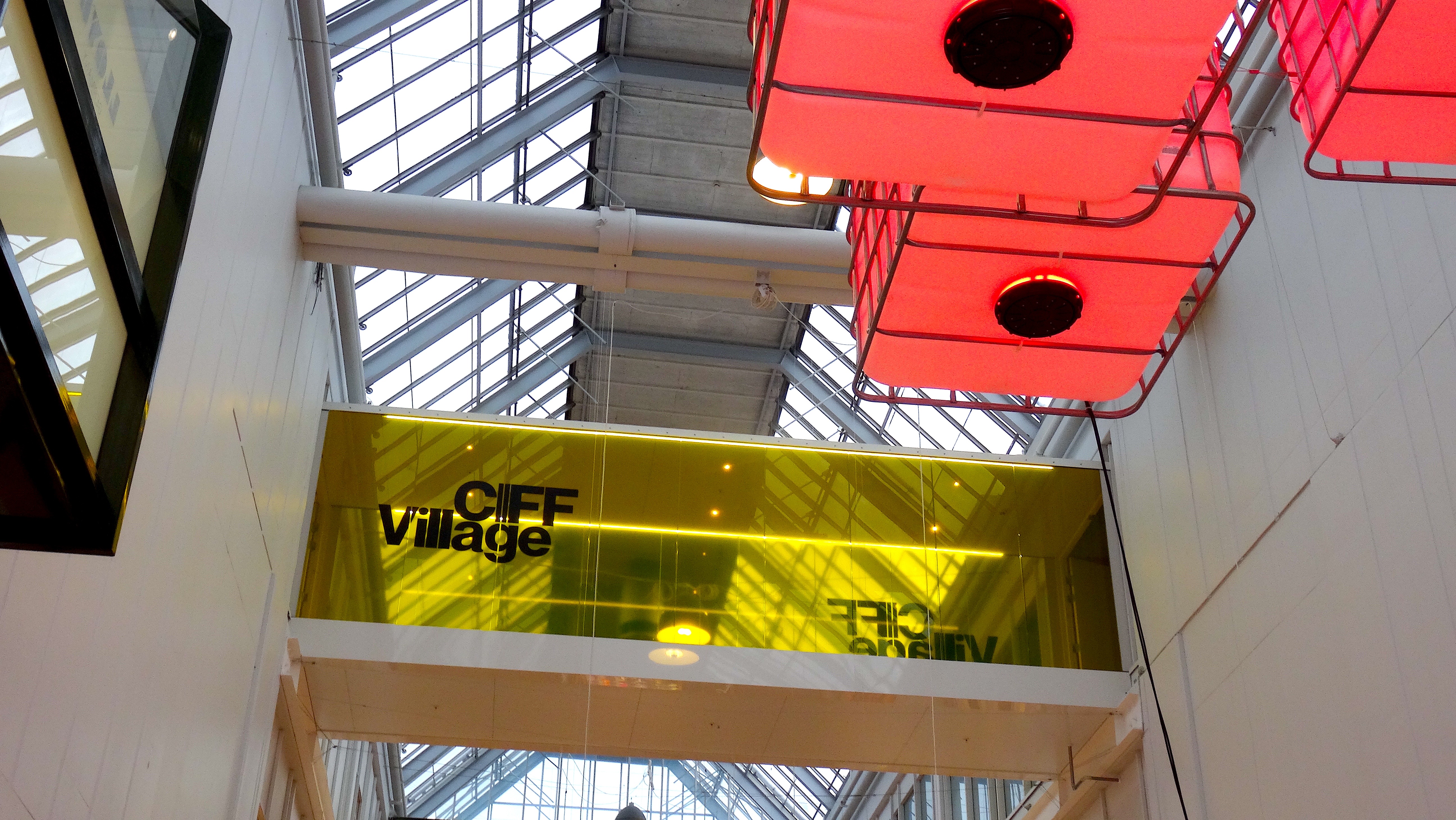
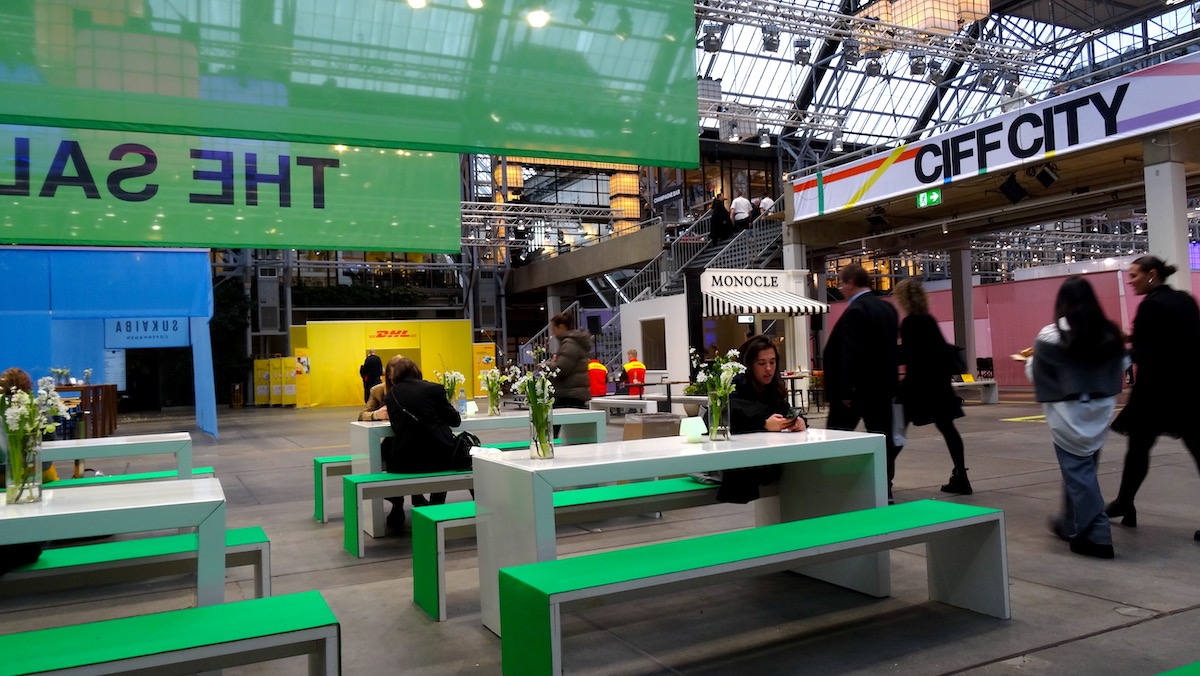
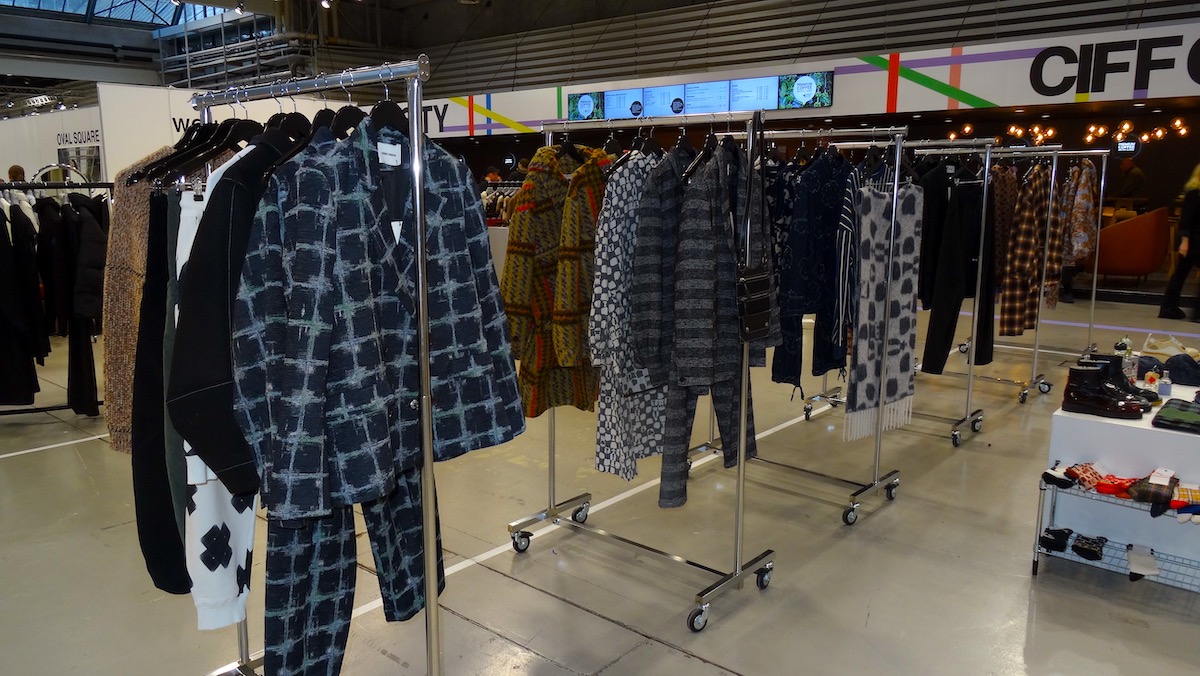
As we wrap up the reflections on this year’s CIFF, we eagerly anticipate the next edition. The fair promises to be more than a prism through which we view the novelties of design. It beckons as a gathering ground for a community united by an appreciation for the aesthetics of simplicity.